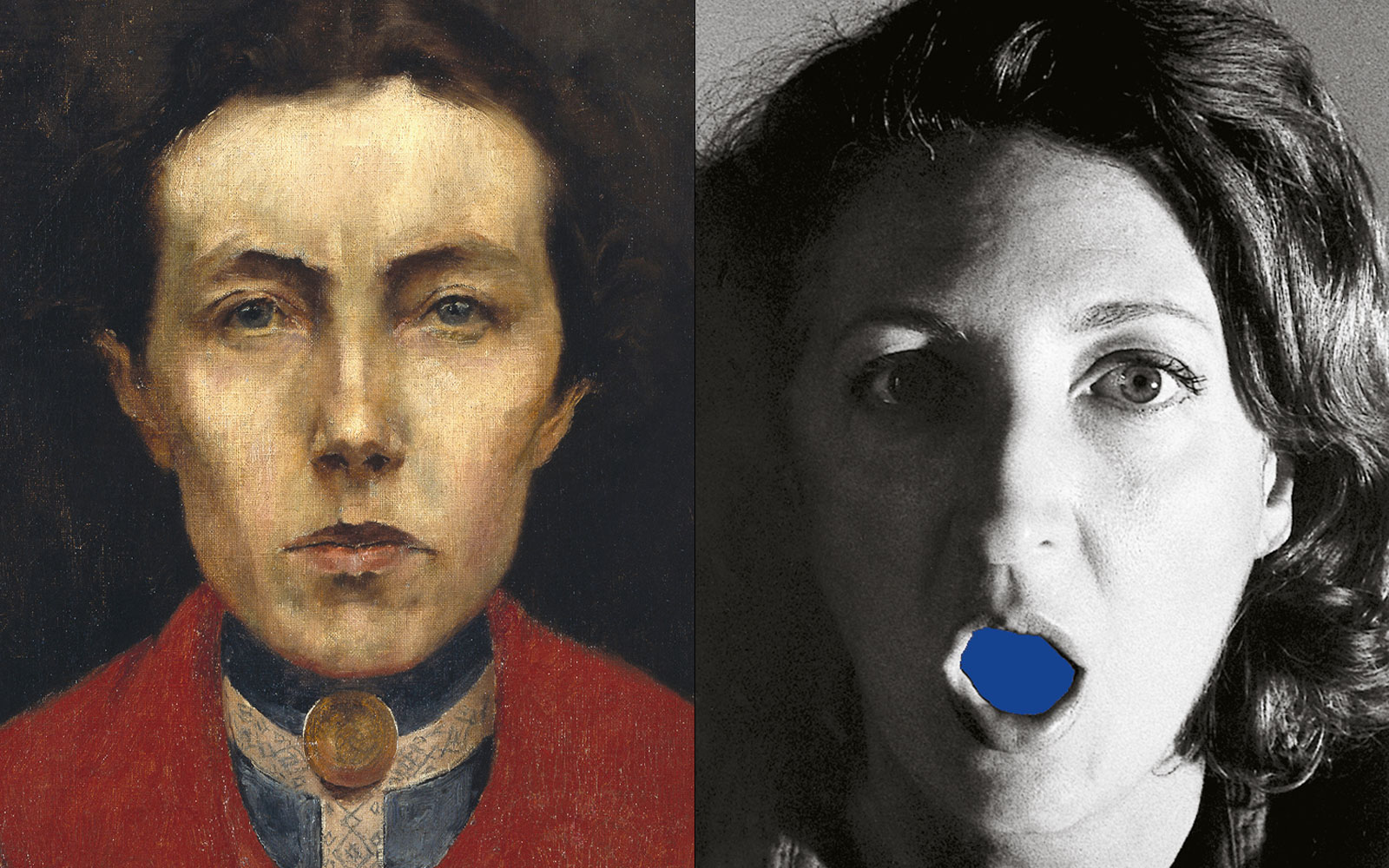
All I want
Portuguese Women Artists from 1900 to 2020
Event Slider
Date
- Wed and Thu,
- Closed on Tuesday
Location
Main Gallery Calouste Gulbenkian Foundation Temporary Exhibition Gallery Calouste Gulbenkian MuseumImportant figures like Maria Helena Vieira da Silva, Lourdes Castro, Paula Rego, Ana Vieira, Salette Tavares, Helena Almeida, Joana Vasconcelos, Maria José Oliveira, Fernanda Fragateiro, Sónia Almeida and Grada Kilomba, among many others, are represented in this exhibition, which includes paintings, sculptures, drawings, objects, books, installations, film and video, offering a wide perspective of each of their artistic realms.
Aurélia de Sousa’s iconic self-portrait, painted in 1900, is the starting point for a reflection about a context of creation that, for centuries, was almost exclusively dominated by men. The exhibition reveals the will of these women artists to assert themselves in the face of the dominant consecration systems: the look, the body (their body, the body of others, the political body), the space and the way they occupy it (the house, nature, the atelier), the way they cross disciplinary boundaries (painting and sculpture, but also video, performance, sound) or the determination with which they advance in their utopia of a transformative construction, of themselves and of everything around them.
The title of the exhibition, All I want – Portuguese Women Artists from 1900 to 2020, is inspired by Lou Andreas-Salomé, an author who developed one of the most notable reflections on the role of women in the social, intellectual, sexual and loving space of the past centuries, thus placing these artists closer to a spirit of subtlety, affirmation and power. Against all obstacles, these artists of different generations and sensibilities have earned their place, due to the strength and quality of their artistic proposals. Celebrating this achievement requires resisting the illustrative approach suggested by a representation that is generic (women artists) and national (Portuguese). But it also reminds us that, in the 21st century, nothing is consolidated as far as gender equality is concerned and that these works are elements of a long collective effort for the right to full artistic existence.
Curated by Helena de Freitas and Bruno Marchand on behalf of the Calouste Gulbenkian Foundation, this exhibition is joint initiative with the Ministry of Culture and will also be presented at the Centre de Création Contemporaine Olivier Debré in Tours, as part of the programme of Temporada Cruzada Portugal-França.
ARTISTS
Aurélia de Sousa, Mily Possoz, Rosa Ramalho, Maria Lamas, Sarah Affonso, Ofélia Marques, Maria Helena Vieira da Silva, Maria Keil, Salette Tavares, Menez, Ana Hatherly, Lourdes Castro, Helena Almeida, Paula Rego, Maria Antónia Siza, Ana Vieira, Maria José Oliveira, Clara Menéres, Graça Morais, Maria José Aguiar, Luísa Cunha, Rosa Carvalho, Ana Léon, Ângela Ferreira, Joana Rosa, Ana Vidigal, Armanda Duarte, Fernanda Fragateiro, Patrícia Garrido, Gabriela Albergaria, Susanne Themlitz, Grada Kilomba, Maria Capelo, Patrícia Almeida, Joana Vasconcelos, Carla Filipe, Filipa César, Inês Botelho, Isabel Carvalho, Sónia Almeida.
Topics


Feminine Plural

Central body

The gaze and the mirror

The word

The space of writing

Construction

Le Vivant

The House

The Political

Collective Memories

A World of Illusions

The Women of my Country

Vernacular Life

The Theatre of the Body

Listen to me
-
The place of the Artist
This exhibition opens with an encounter between two artists who, though a century apart, both examine the place of women in art history through approaches and styles that might be thought of as diametrically opposed – a play between presence and absence, recurrent in the strategies of many other artists.
Aurélia de Sousa questions and challenges us through obsessive self-representation, whereas Rosa Carvalho removes the female model from rigorous copies of historical paintings (Danae, by Rembrandt, 1636-1647; L’Odalisque blonde, by François Boucher, 1751; Portrait de madame Récamier, by Jacques-Louis David, 1800), emptying the image and sabotaging the latent male desire and voyeurism of the originals.
At the entrance, Armanda Duarte questions the place, time and identity of the work of art taken as a body (cabeça, tronco e membros [head, torso, and limbs]), a body that is also a measure – the artist’s height – to be sanded and transformed into dust in a performative action that takes place over the days of the exhibition.
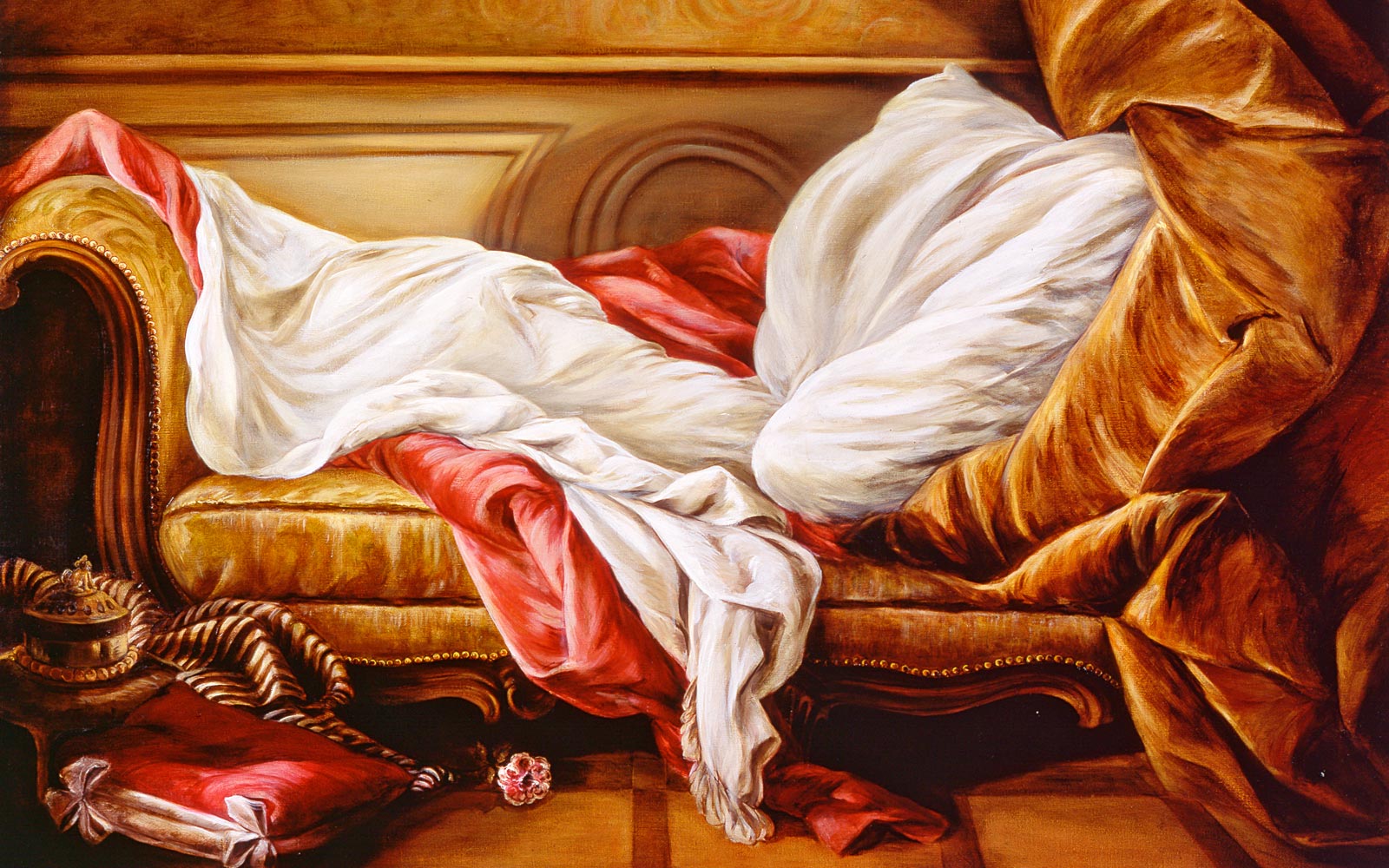
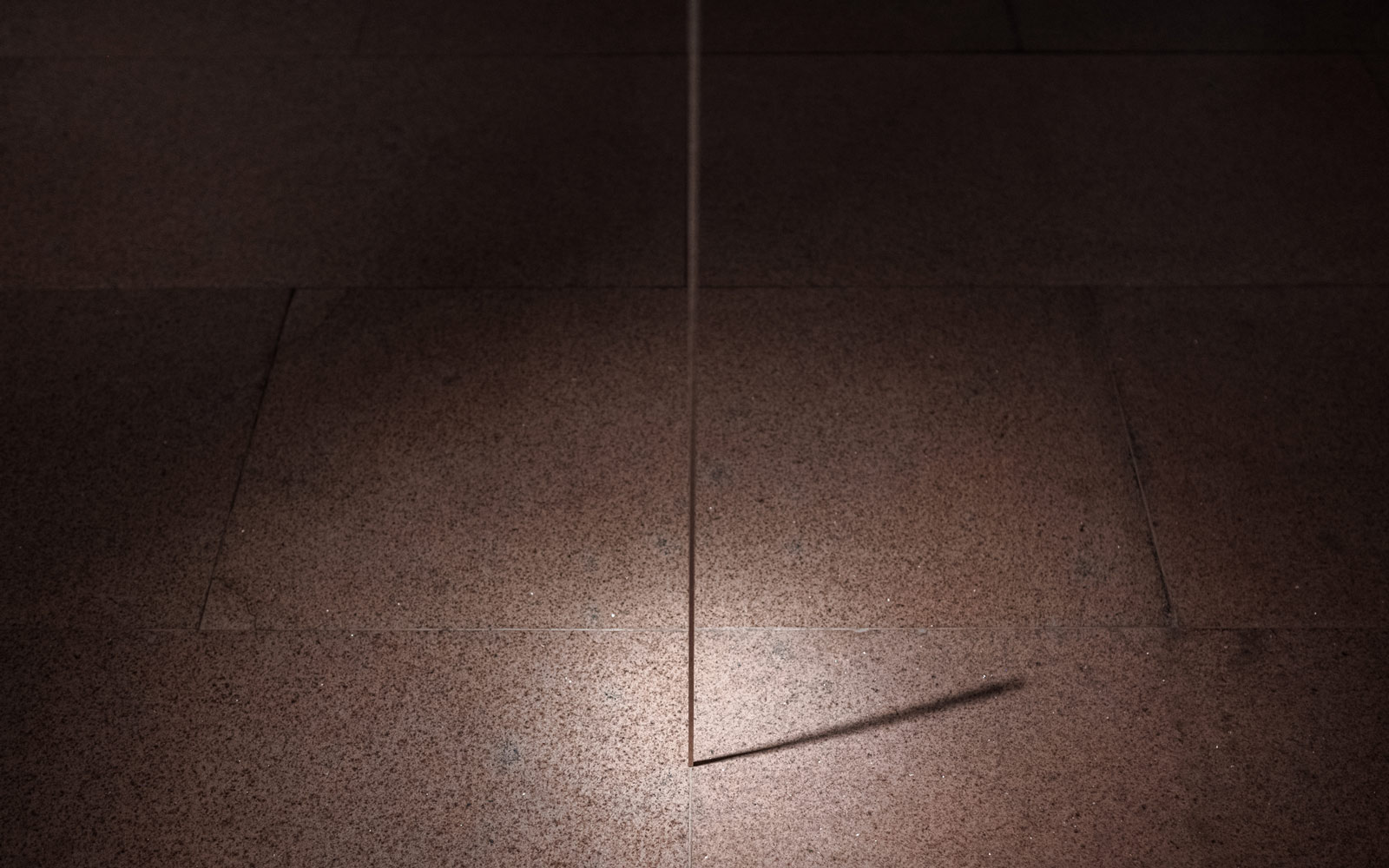
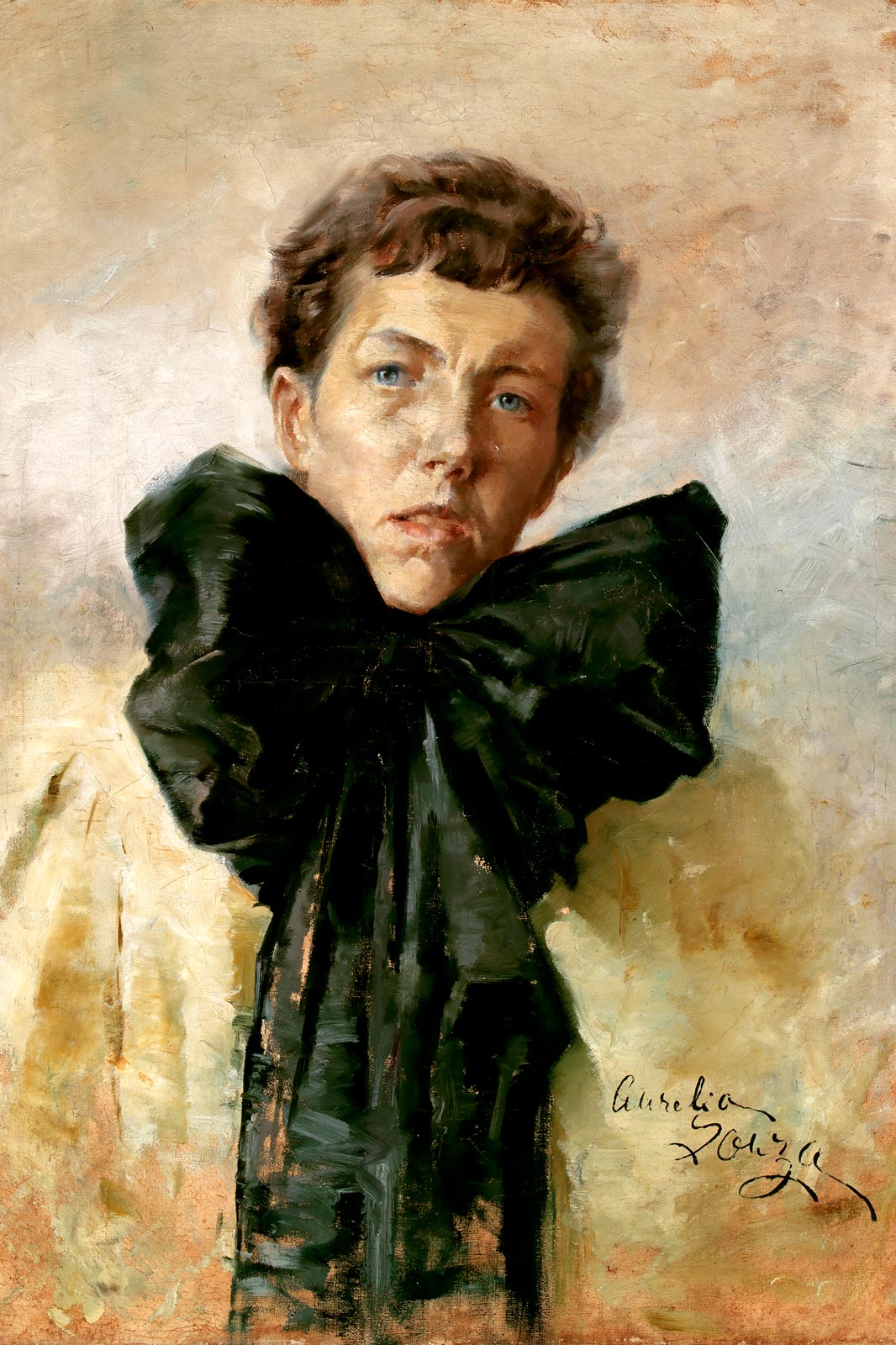 /
/ -
-
Feminine Plural
In a confrontation between subtlety and provocation, artists from different generations approach the feminine in closed contexts or in its relationship with the Other.
This section of the exhibition brings together the delicate urban fictions of Mily Possoz, Ofélia Marques’ flirtatious play in the modernist theme of "les deux amies", the grotesque violence in the figures by Maria Antónia Siza, and the sexual provocation of Patrícia Garrido’s sculptures and Maria José Aguiar’s paintings as instances of the irrepressible tensions between eros (love/life) and thanatos (death).
This series of works is punctuated by two pieces by Ana Vidigal that highlight the tension between the drive for female autonomy and freedom, and the place to which women are consigned by society, using imagery from women's magazines Vidigal has kept from her childhood.
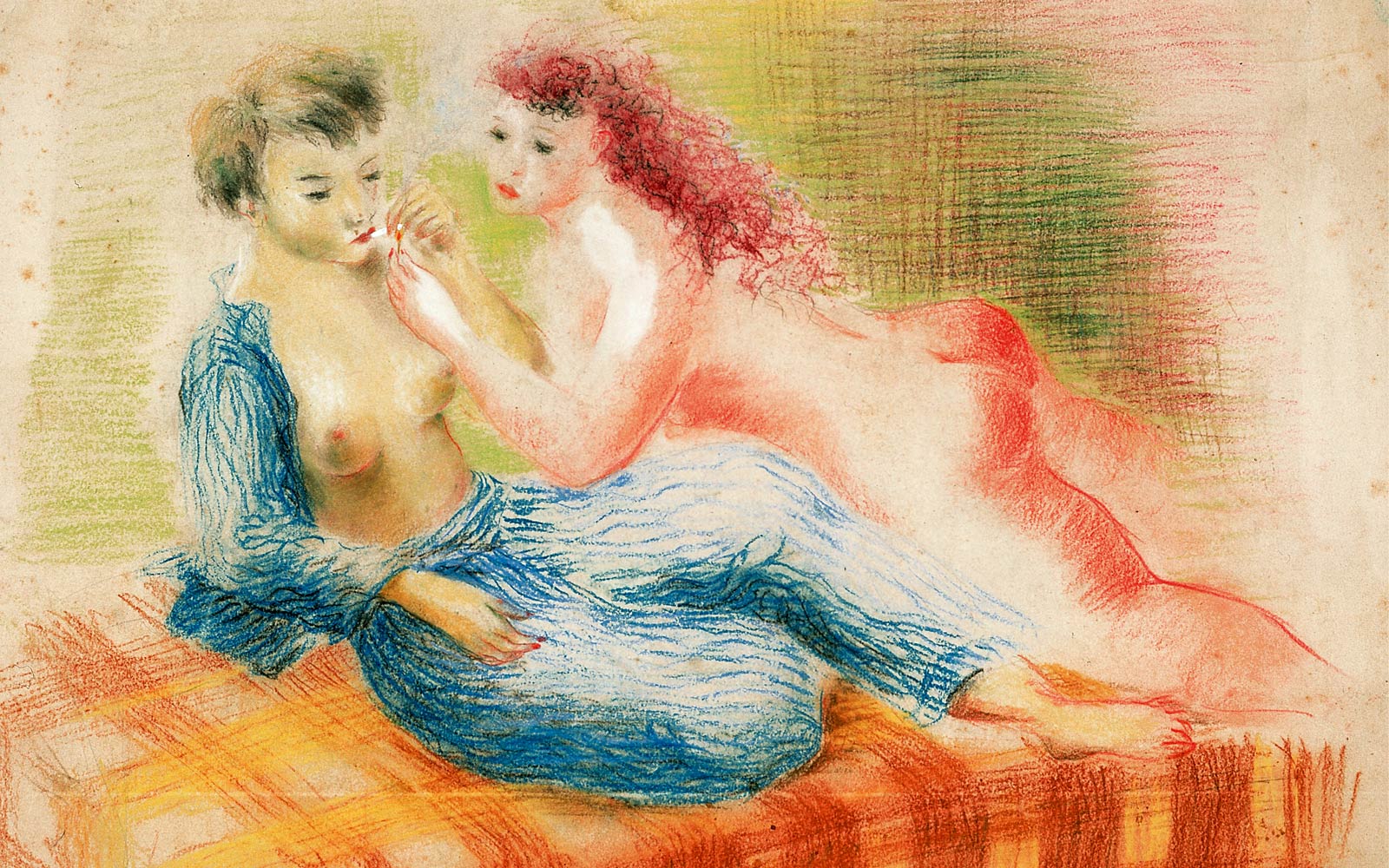
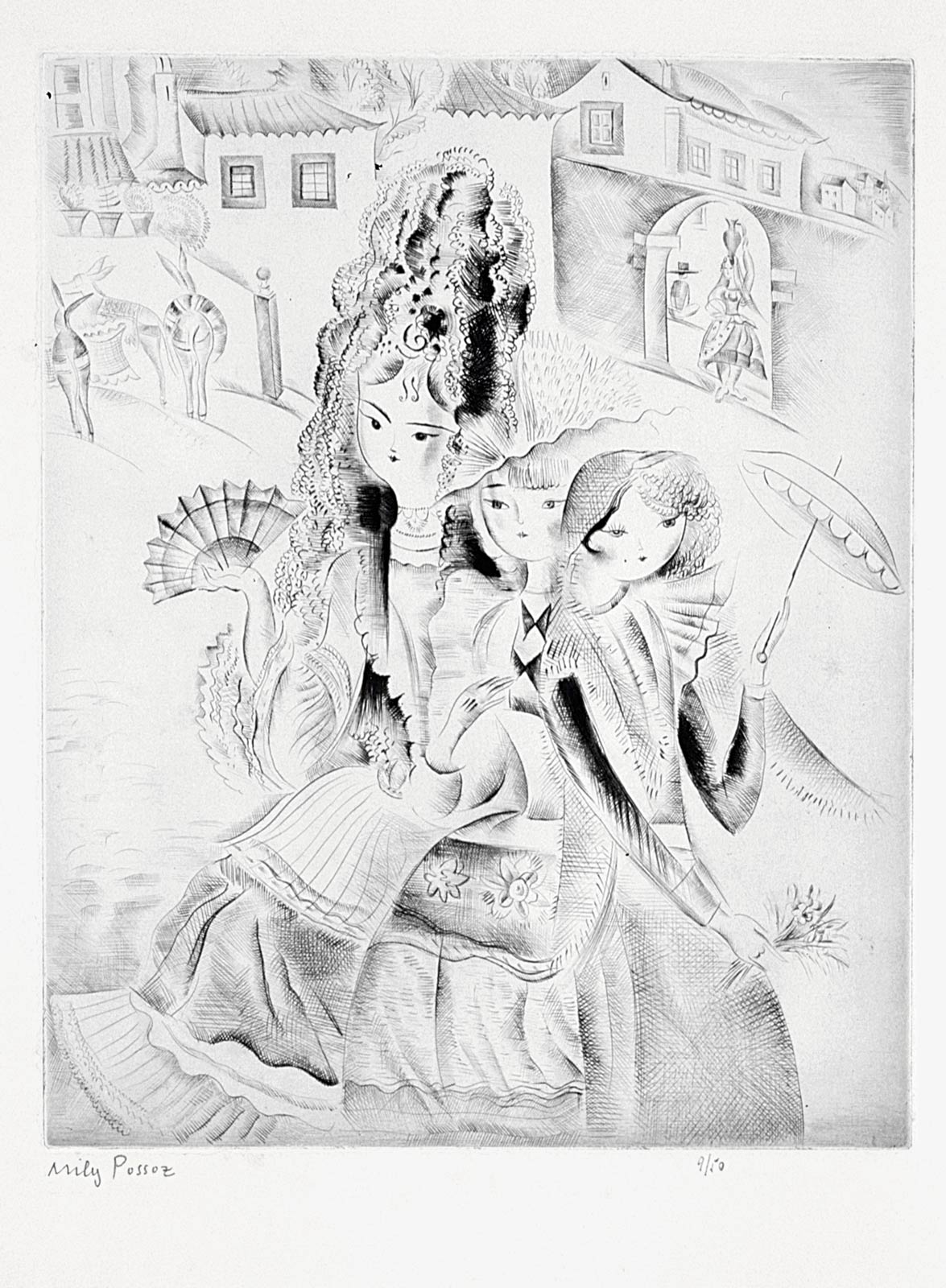
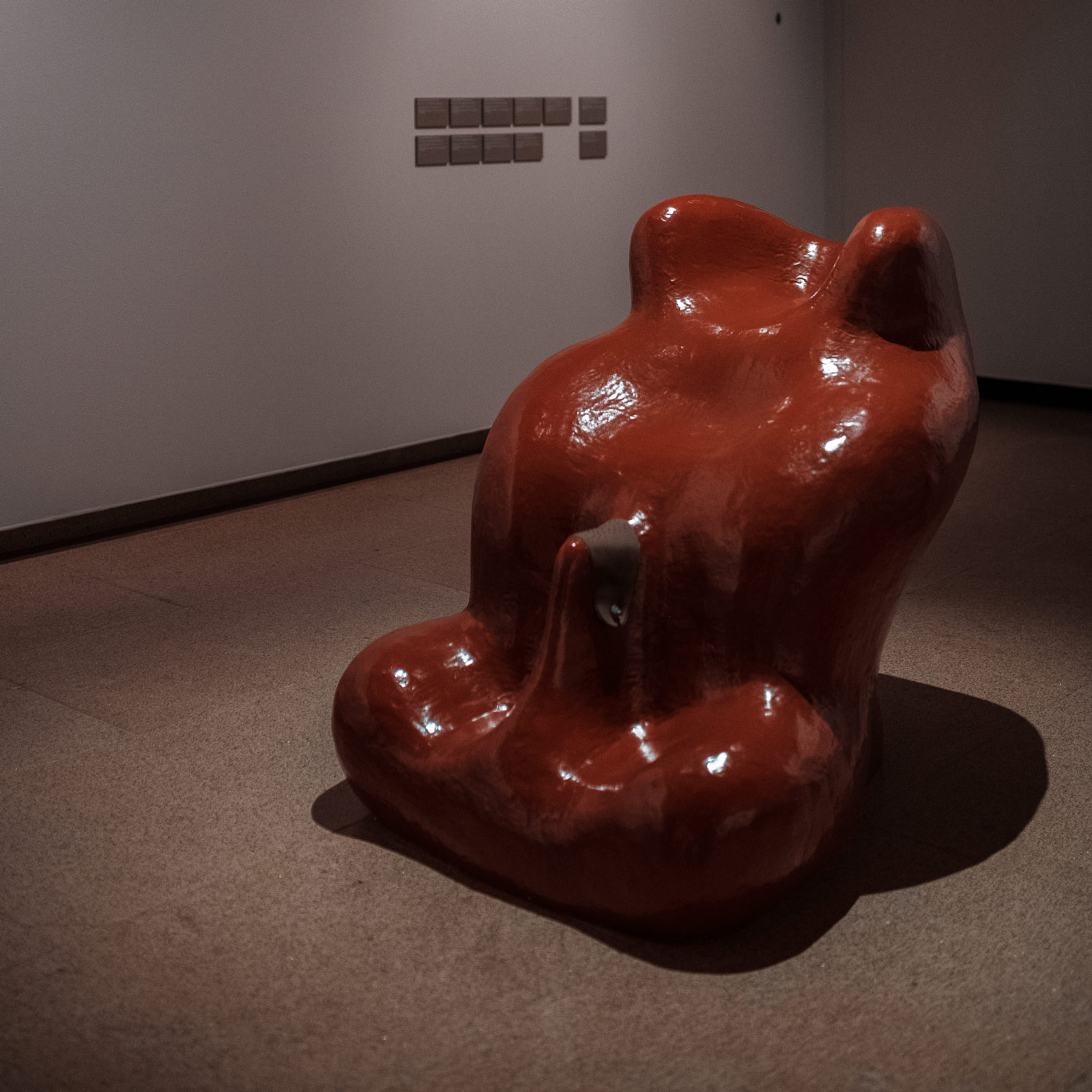
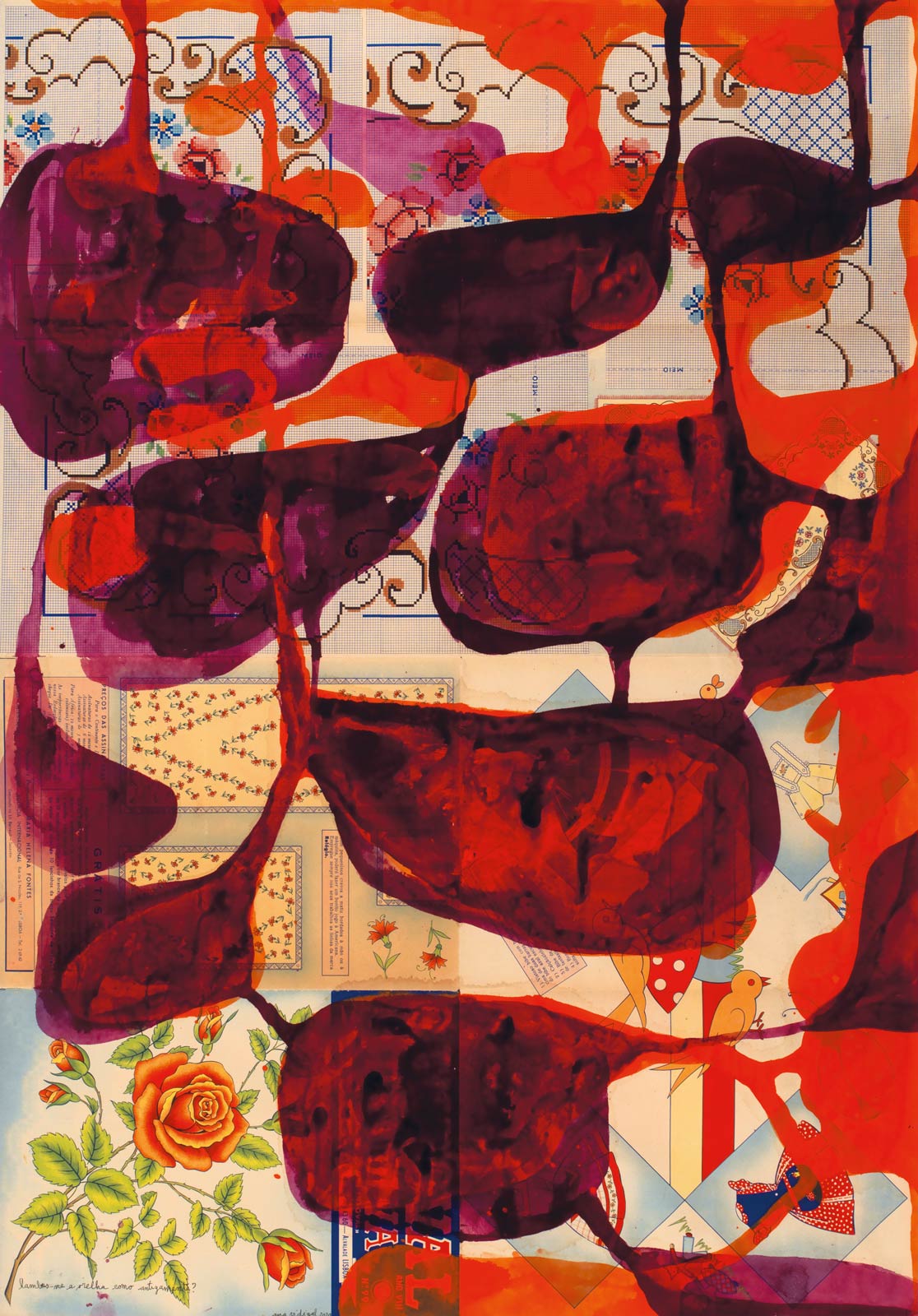
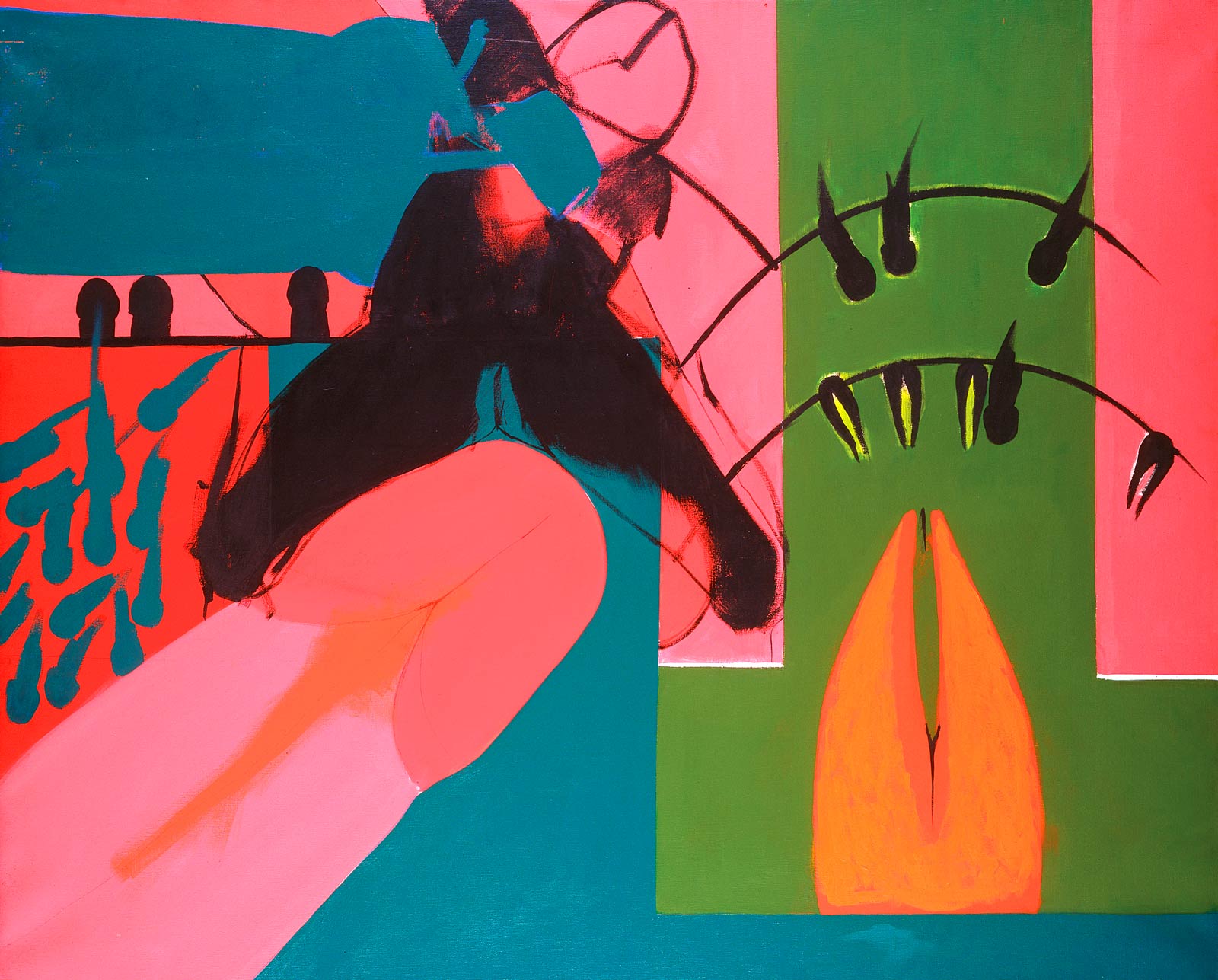
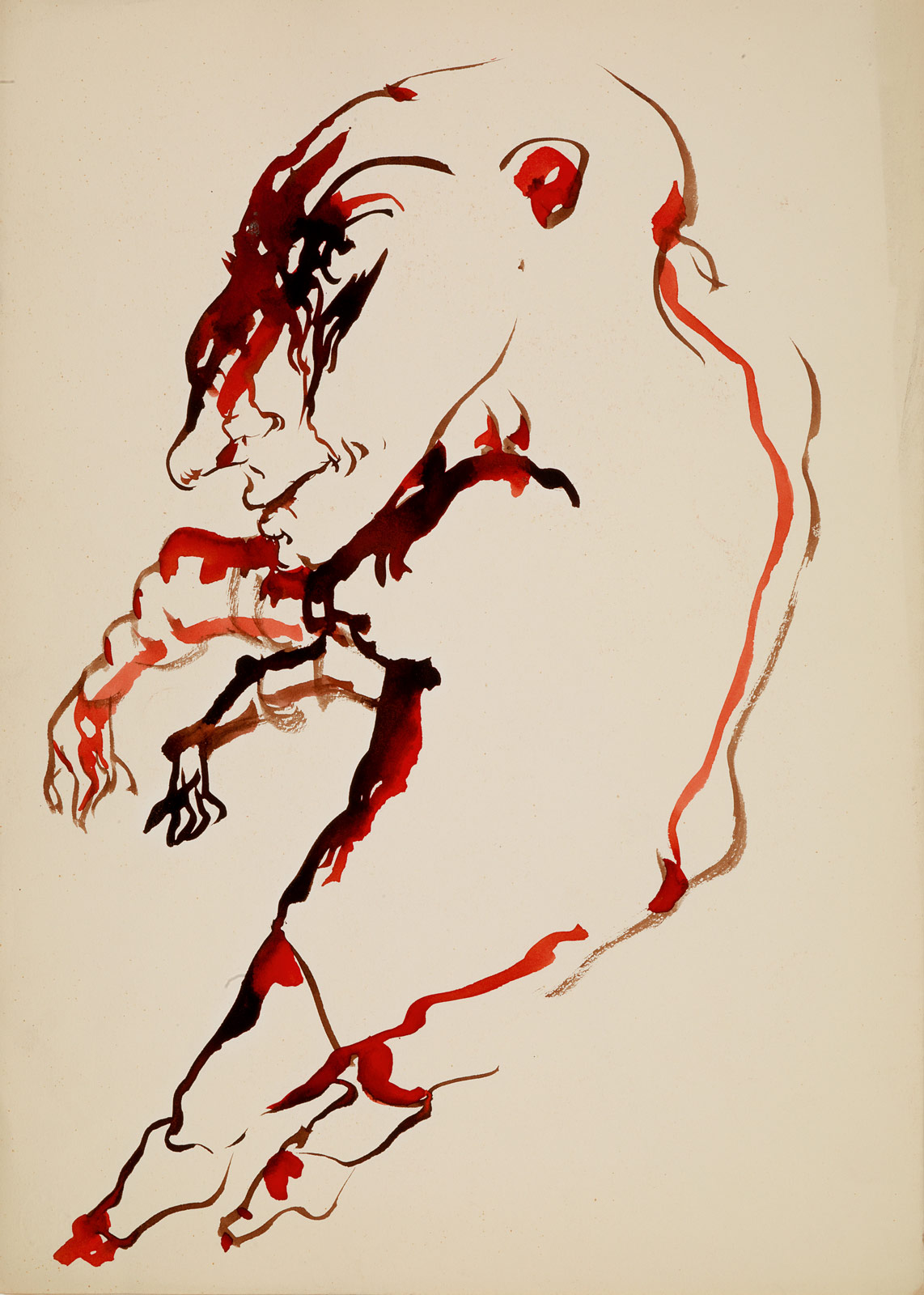 /
/ -
-
Central body
The central body of all the works gathered on this floor, this section brings together issues that are germane to the entire exhibition.
Aurélia de Sousa's 1900 Self-Portrait, the earliest of all the works exhibited, signals a first historical moment of the female authorial stance. Through her assertive, outwardly directed gaze, Aurélia affirms the passage of women's place in art from muse to author.
The encounter of this founding gaze with La Scala ou Les Yeux, by Maria Helena Vieira da Silva, creates a fundamental, symbolic and irradiating tension between authorial singularity and the modern kaleidoscopic vision. These sophisticated paintings are juxtaposed with a group of ceramics by Rosa Ramalho. Popular and grotesque in nature, Ramalho's works intuitively meld the utilitarian with the decorative, masculine with feminine, human with animal, Catholicism with paganism.
If Susanne Themlitz' derisory sculptures update this universe by reminding us of the contemporary awareness of the body as a composite and fragmentary entity, Ana León tests the limits of the metamorphoses rehearsed by all these pieces through a film in which animated figures merge and fuse together, at times disappearing into formless matter.
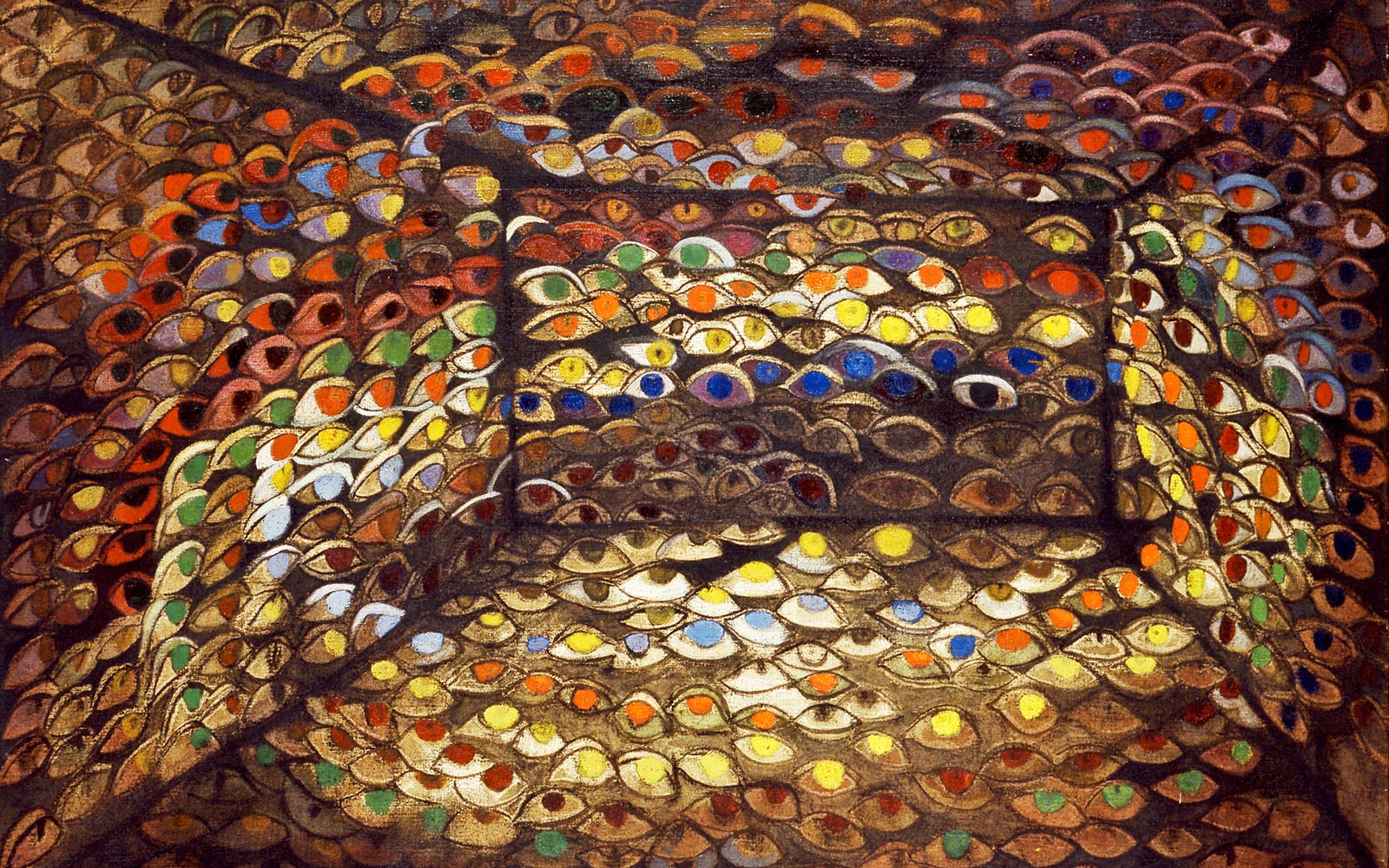
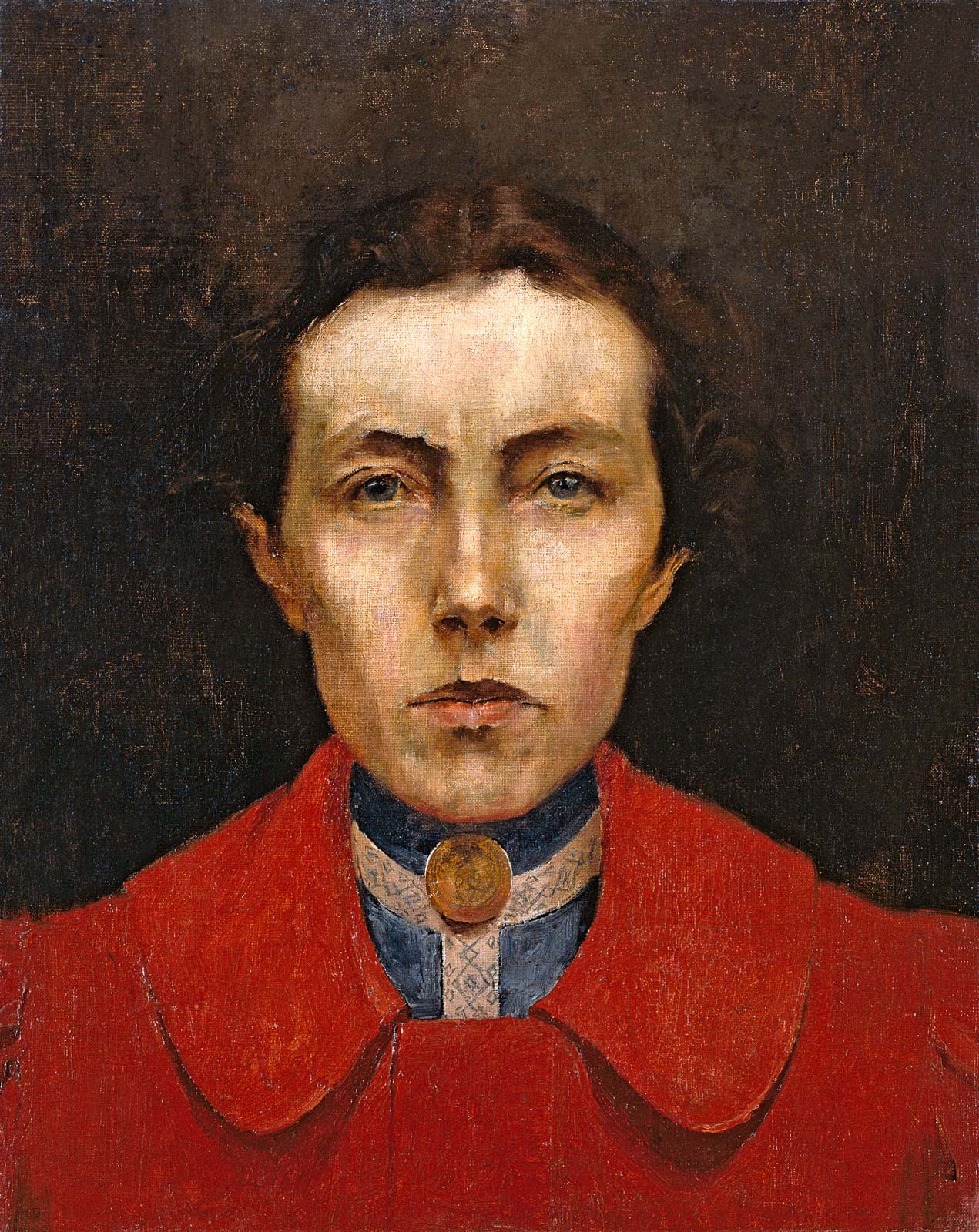
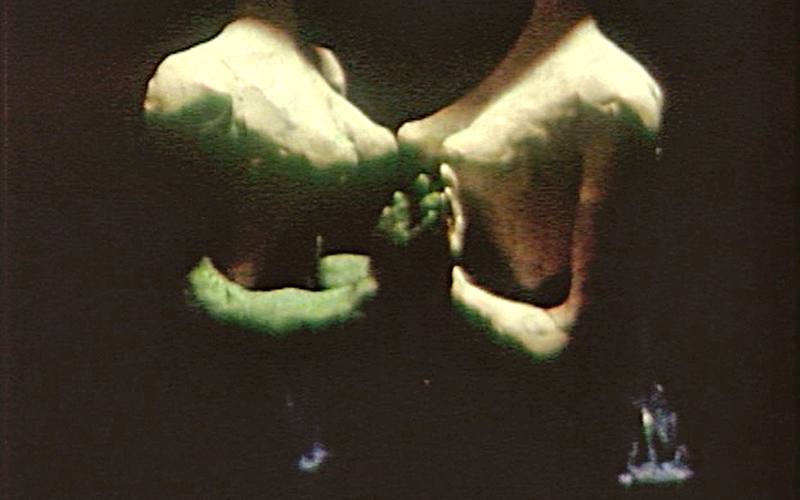
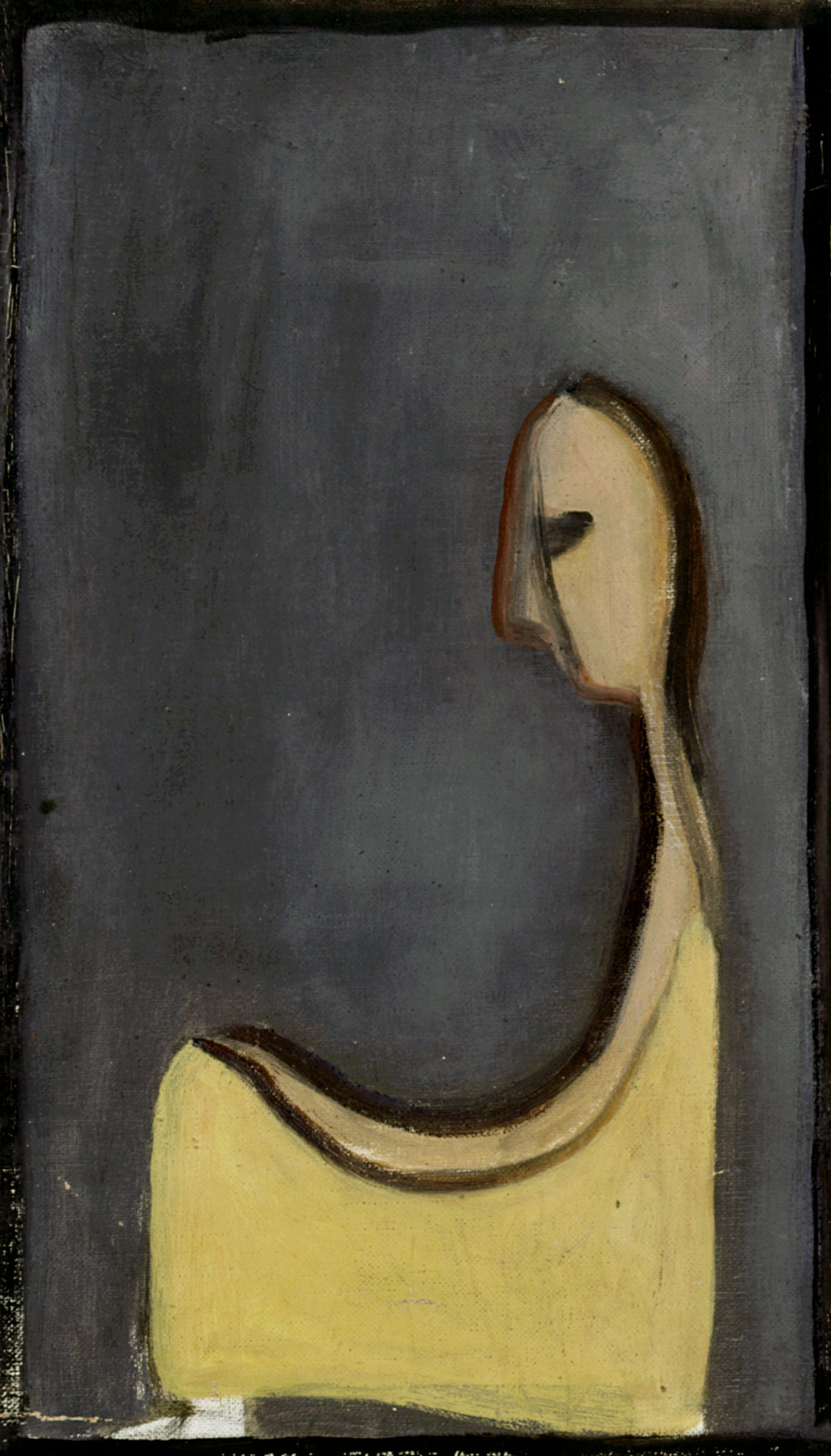
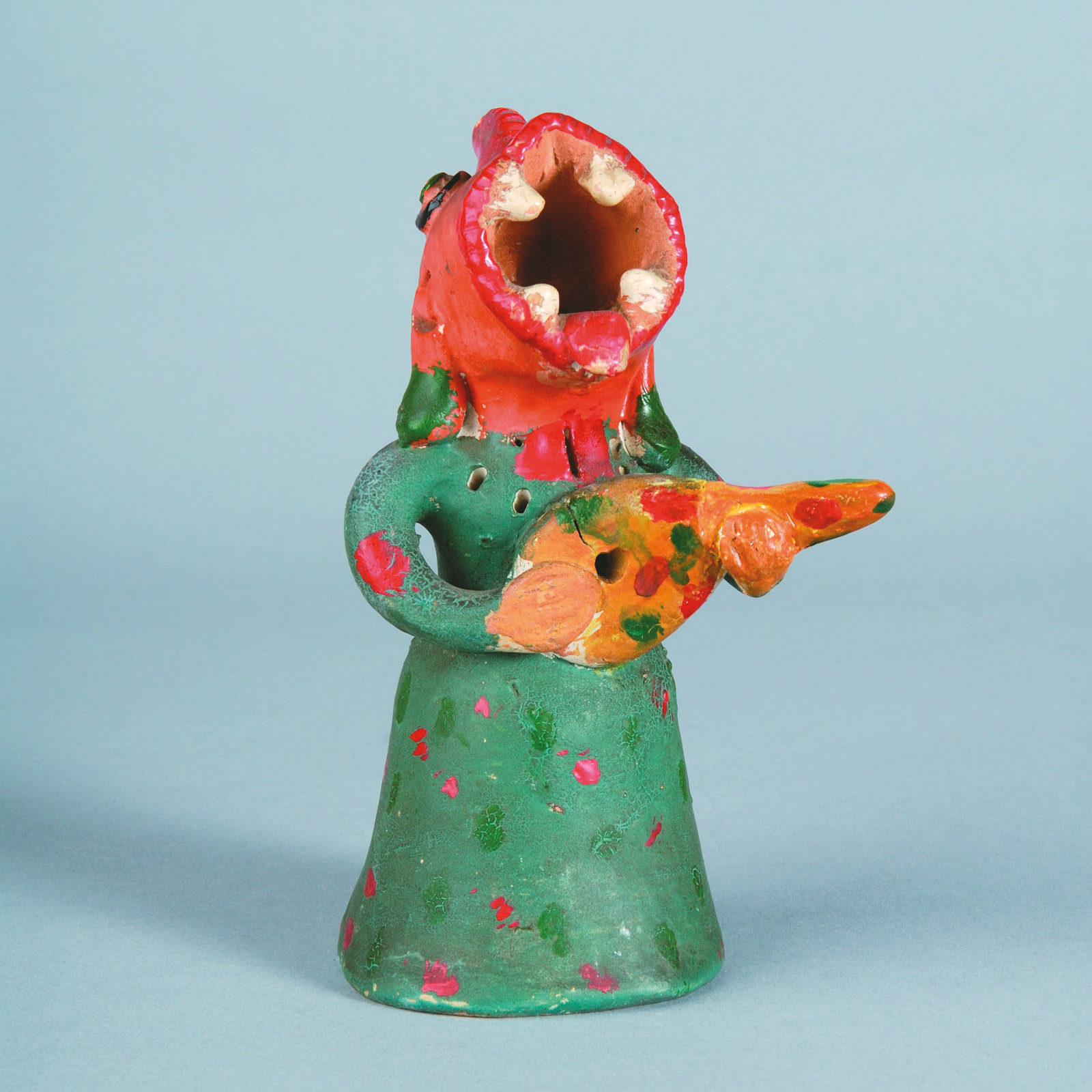
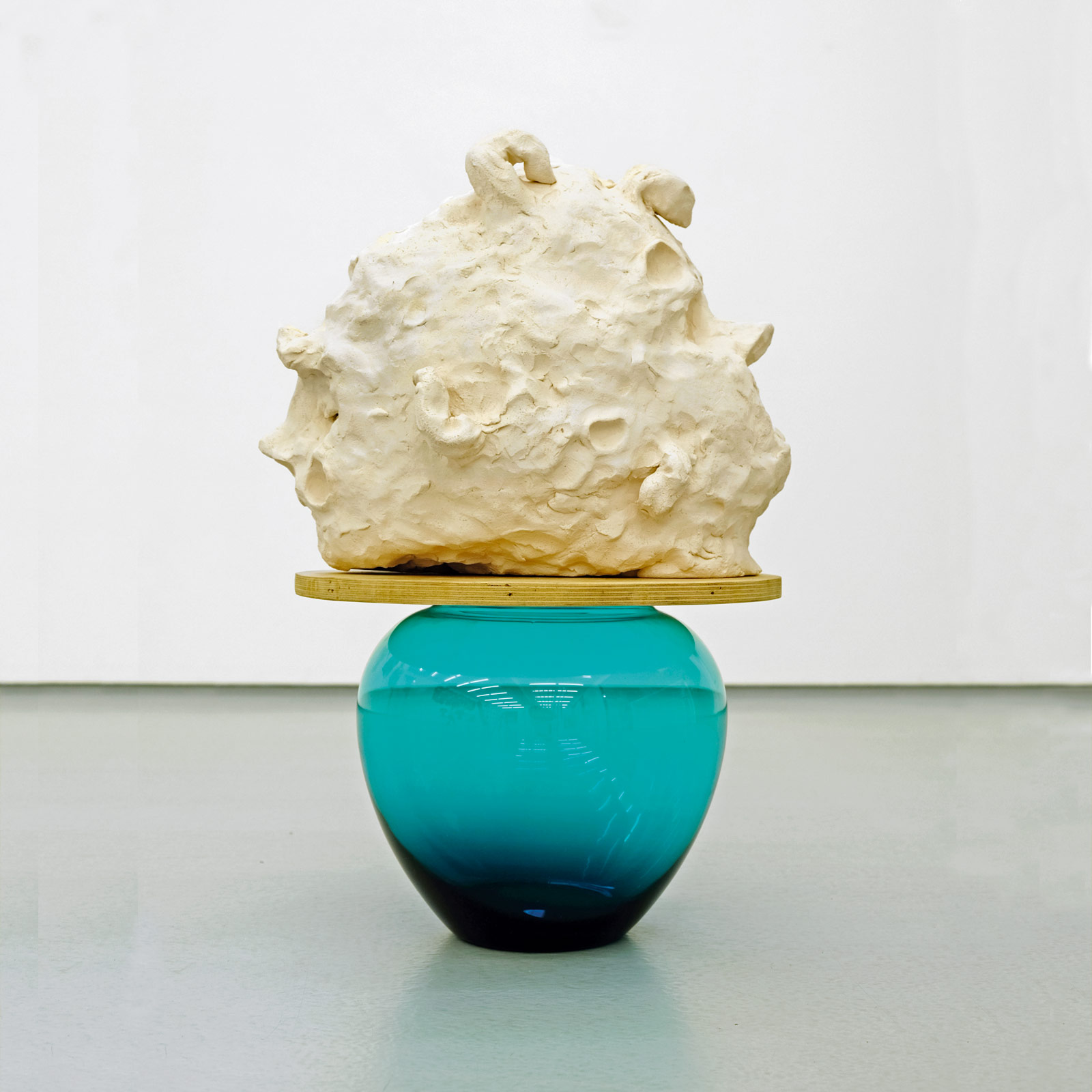 /
/ -
-
The gaze and the mirror
The theme of the gaze is further explored in this section. In the self-portraits of Sarah Affonso and Maria Helena Vieira da Silva, everything starts from the mirror and the image it offers back to the artists who look at it, recognising and inventing themselves in this act of looking.
The mirror not only fixes their image but provides a conduit to the artists' broader surroundings: their domestic space, their intimacy and sharing, but also their peers, such as the male artist colleagues that Affonso has portrayed, inverting the usual direction of the gaze in art.
A surface of reflections, the mirror is also a place of passage, a portal to the other side, to the world of fantasy, myth, and death, so masterfully present in Vieira da Silva's works.
Finally, the mirror can be the essential instrument for the metaphorical construction of the self, as in the work of Maria José Oliveira, who uses it to imagine her body as an anodyne mass topped by a heart.
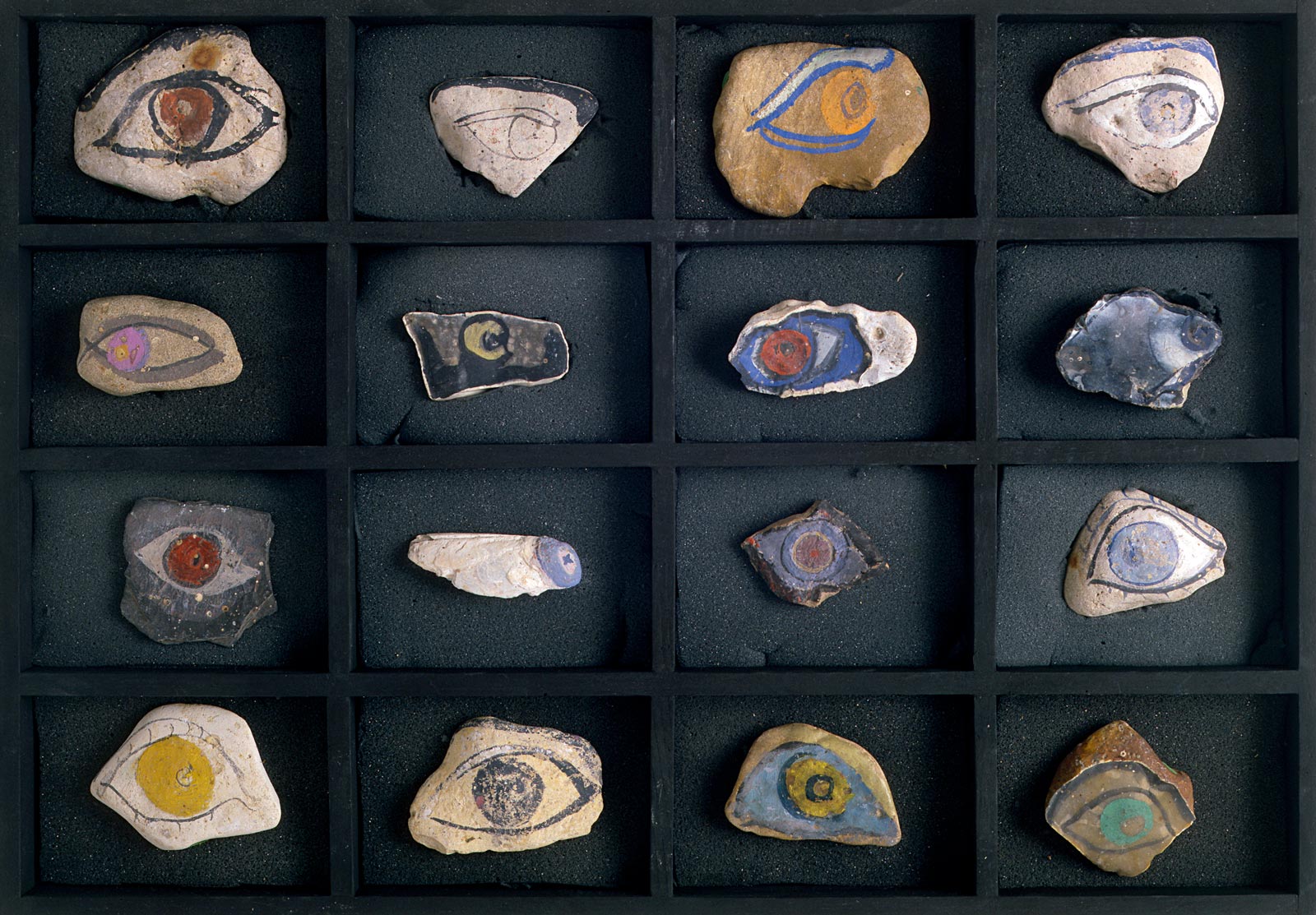
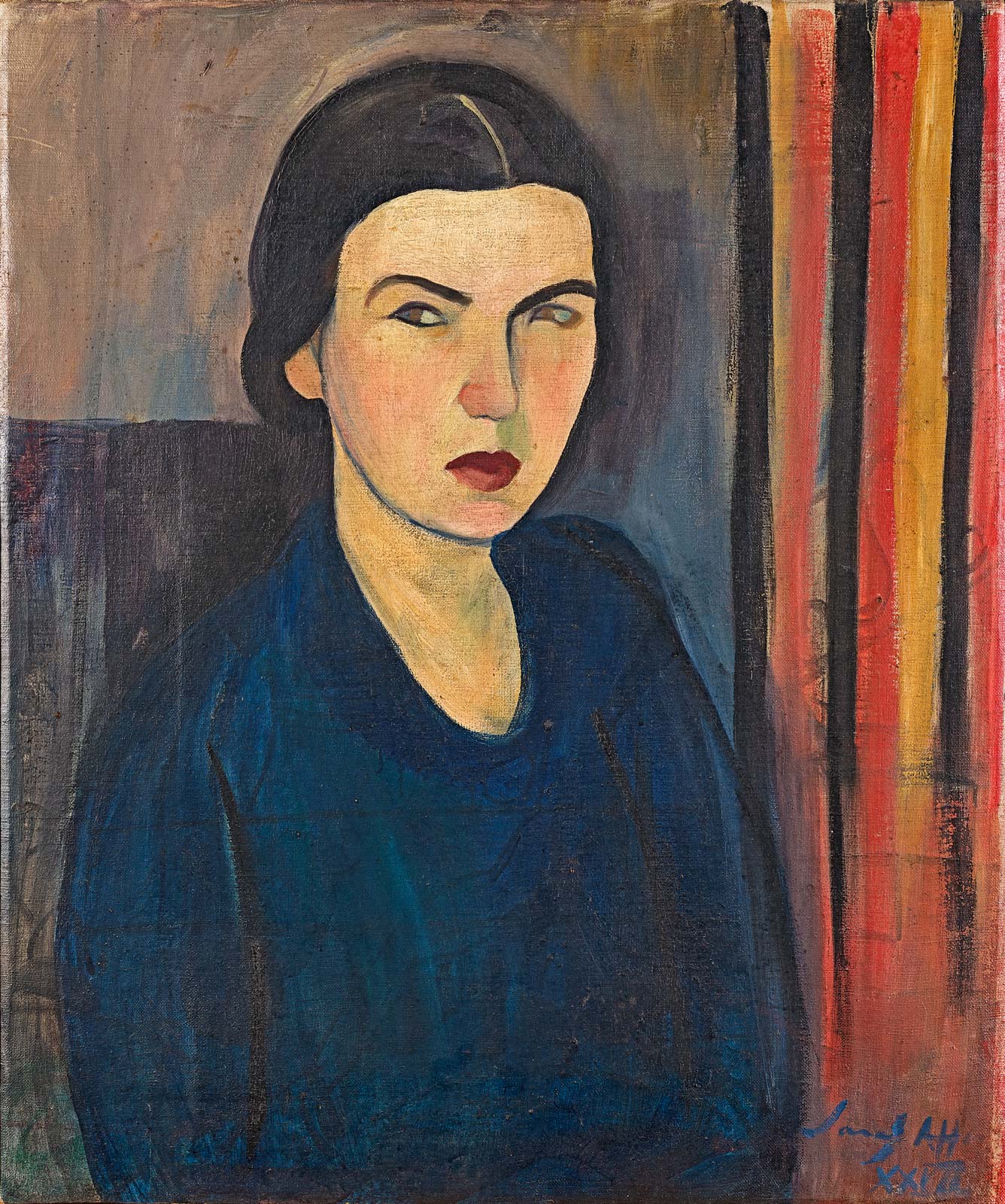
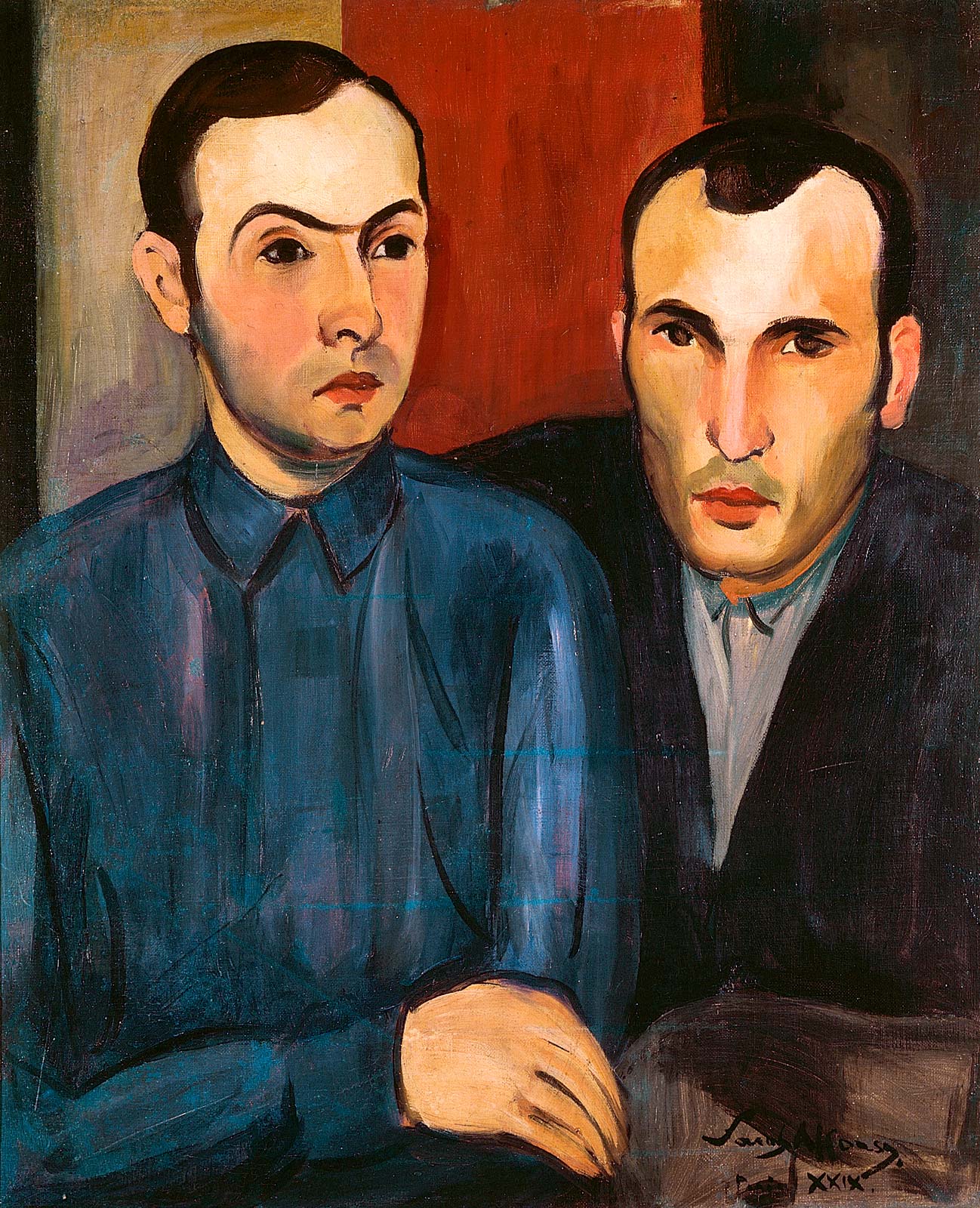
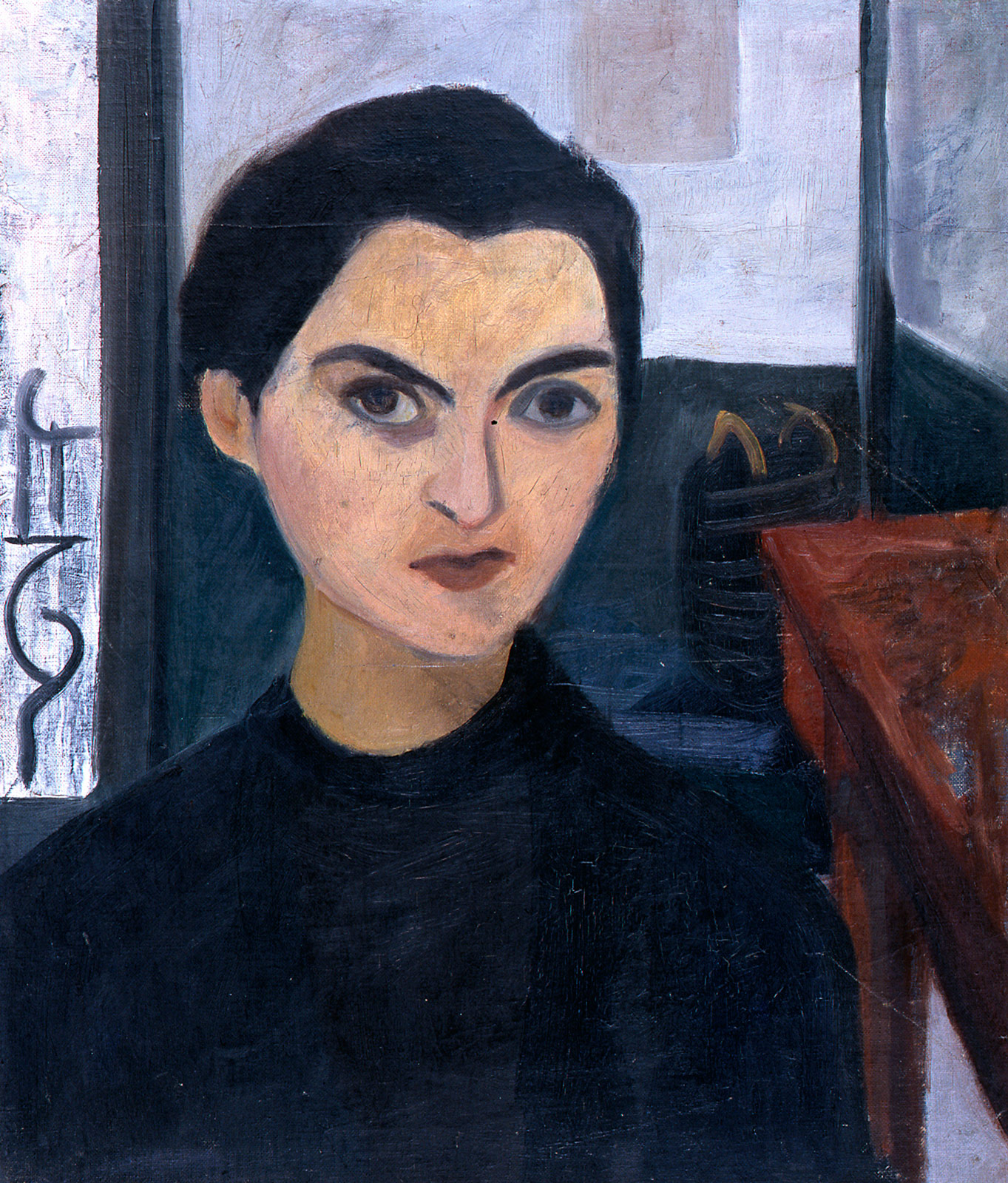
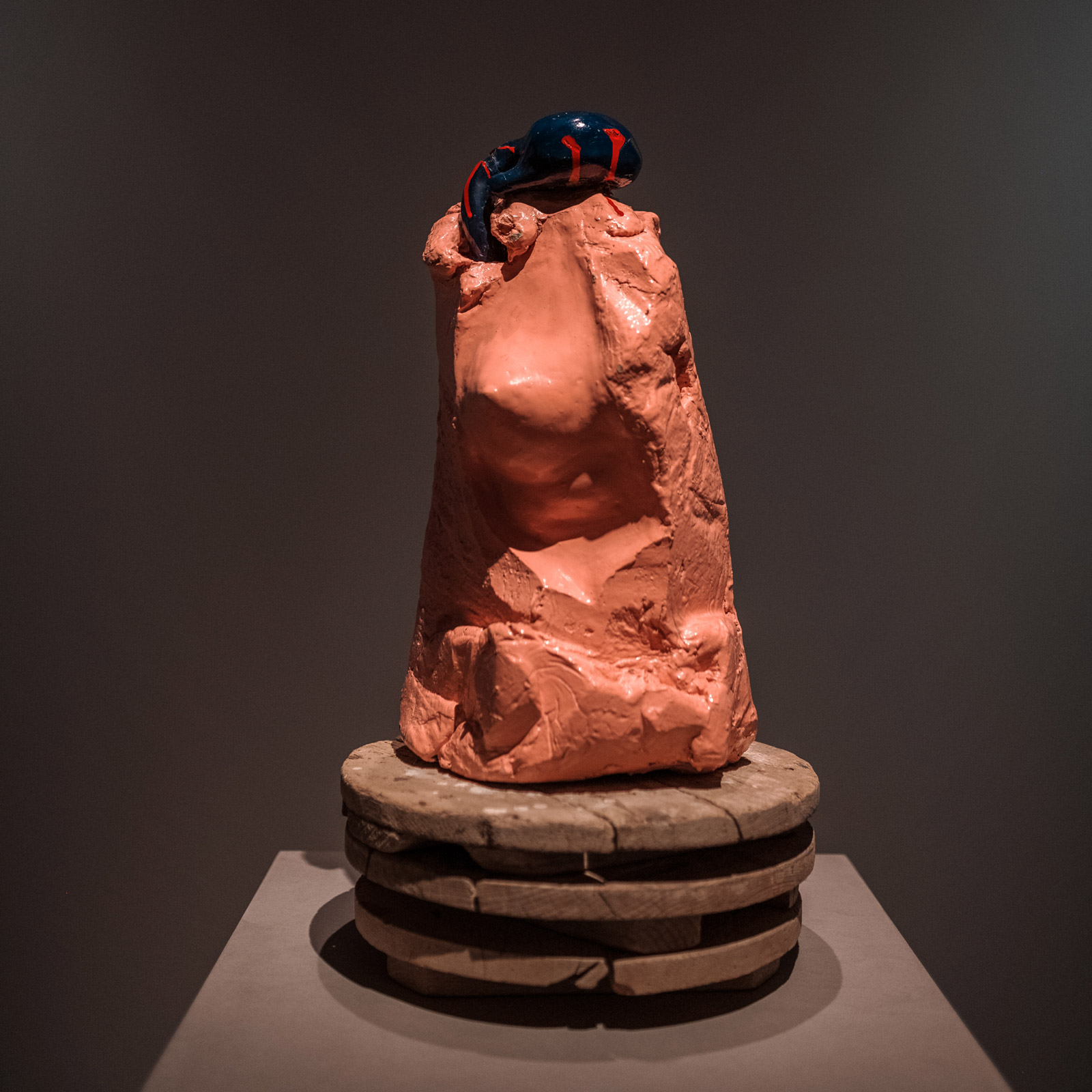 /
/ -
-
The word
We are invited into this section by a drawing by Maria Helena Vieira da Silva.
In using writing in a visual dimension, the artists conquer another territory that was systematically denied to them. This conquest occurs at the level of meaning, but also marks a spatial, symbolic and intellectual triumph.
Ana Hatherly's writings merge echoes of political revolution (with references to Portugal's Carnation Revolution of 1974) with notions of liberating writing and words from meaning altogether. We witness this crossing of boundaries between writing, drawing, collage and painting once again in the work of Vieira da Silva and Lourdes de Castro.
In the work of Salette Tavares, letters and words reacquire meaning, but also become games and linguistic traps. Inês Botelho traces out a perfect symbolic gesture on the floor, while Luísa Cunha occupies the space using an ostensibly delicate vocative (Senhora! – "Madam!") which takes on an impertinent tone through repetition.
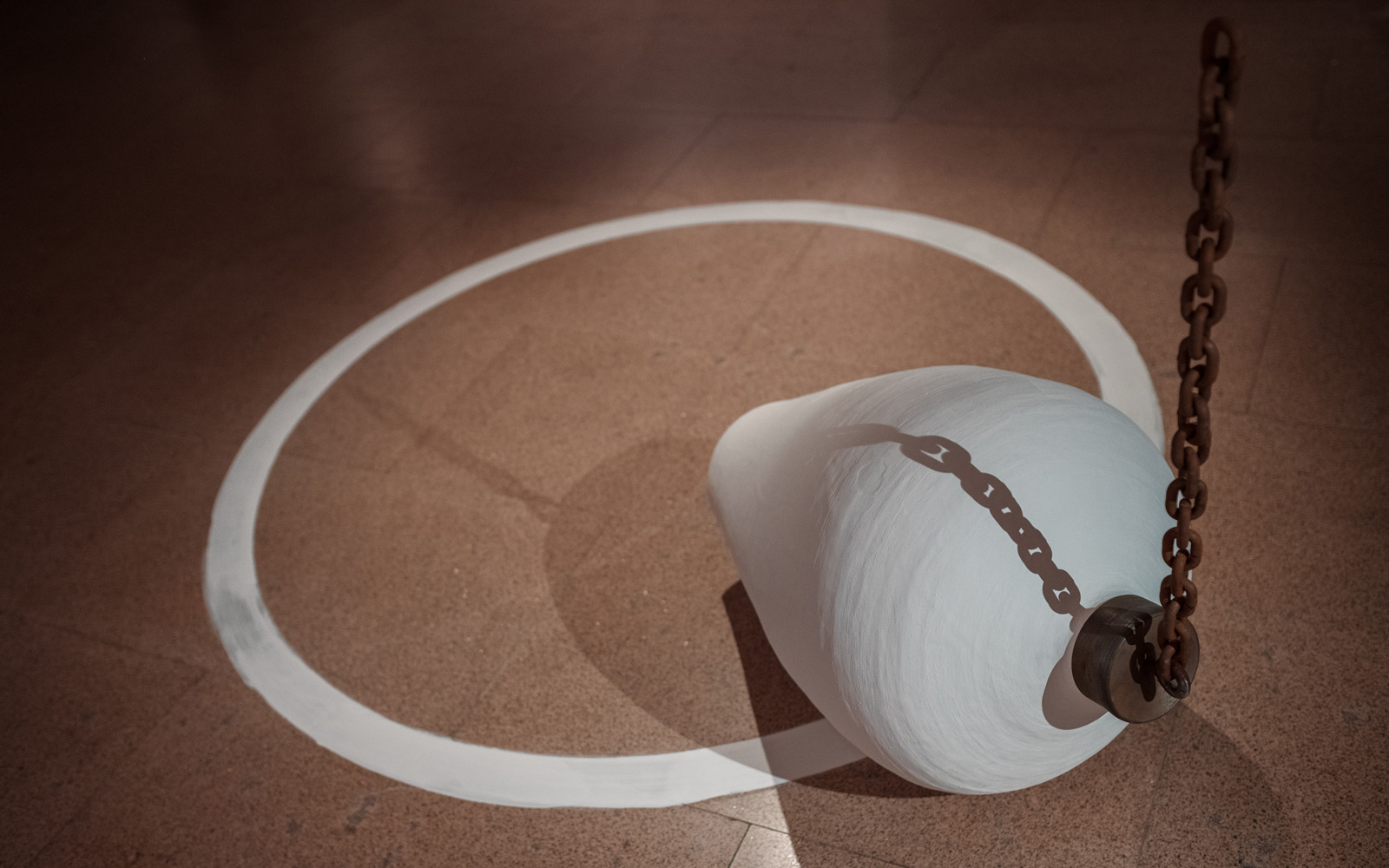

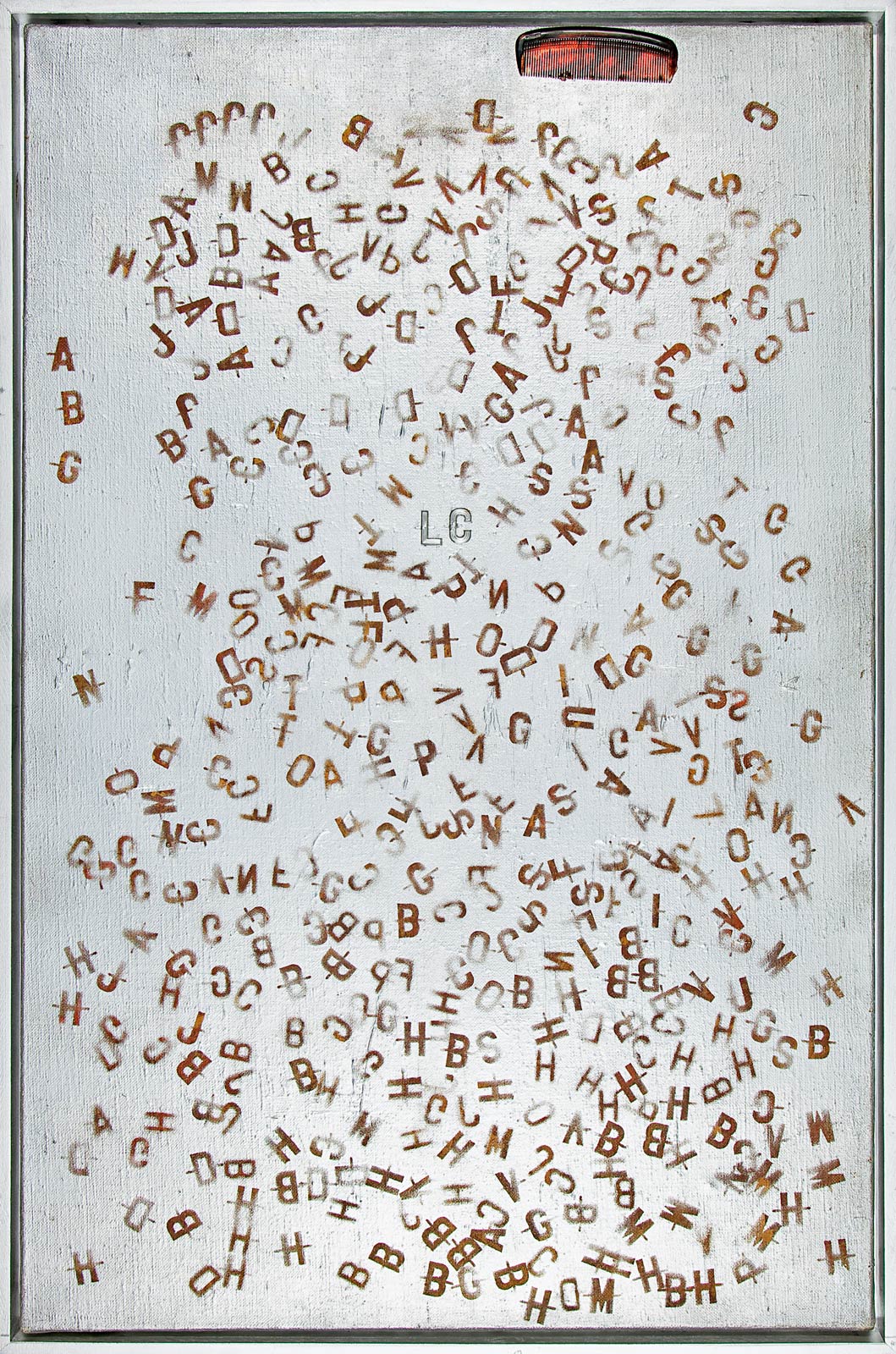
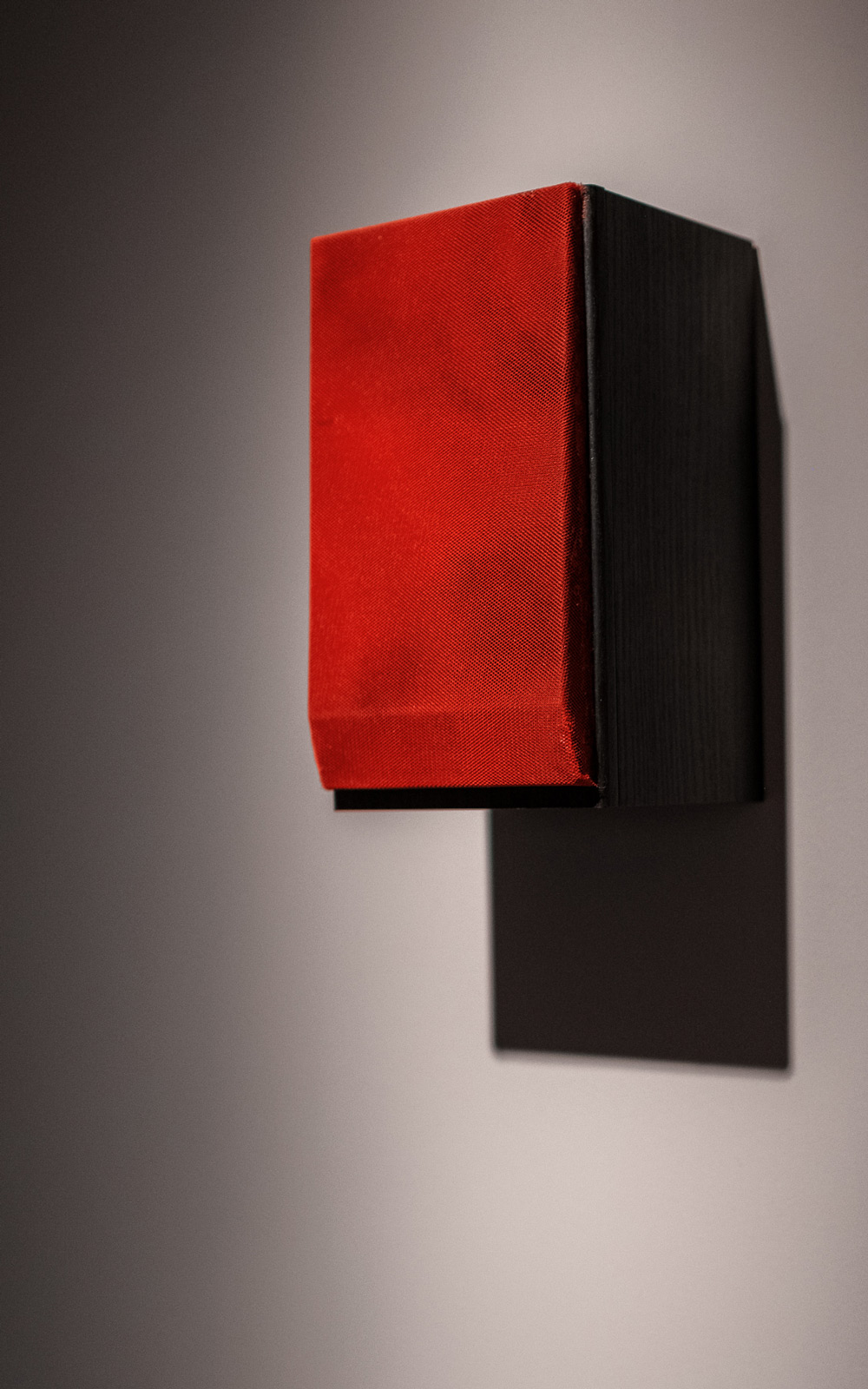
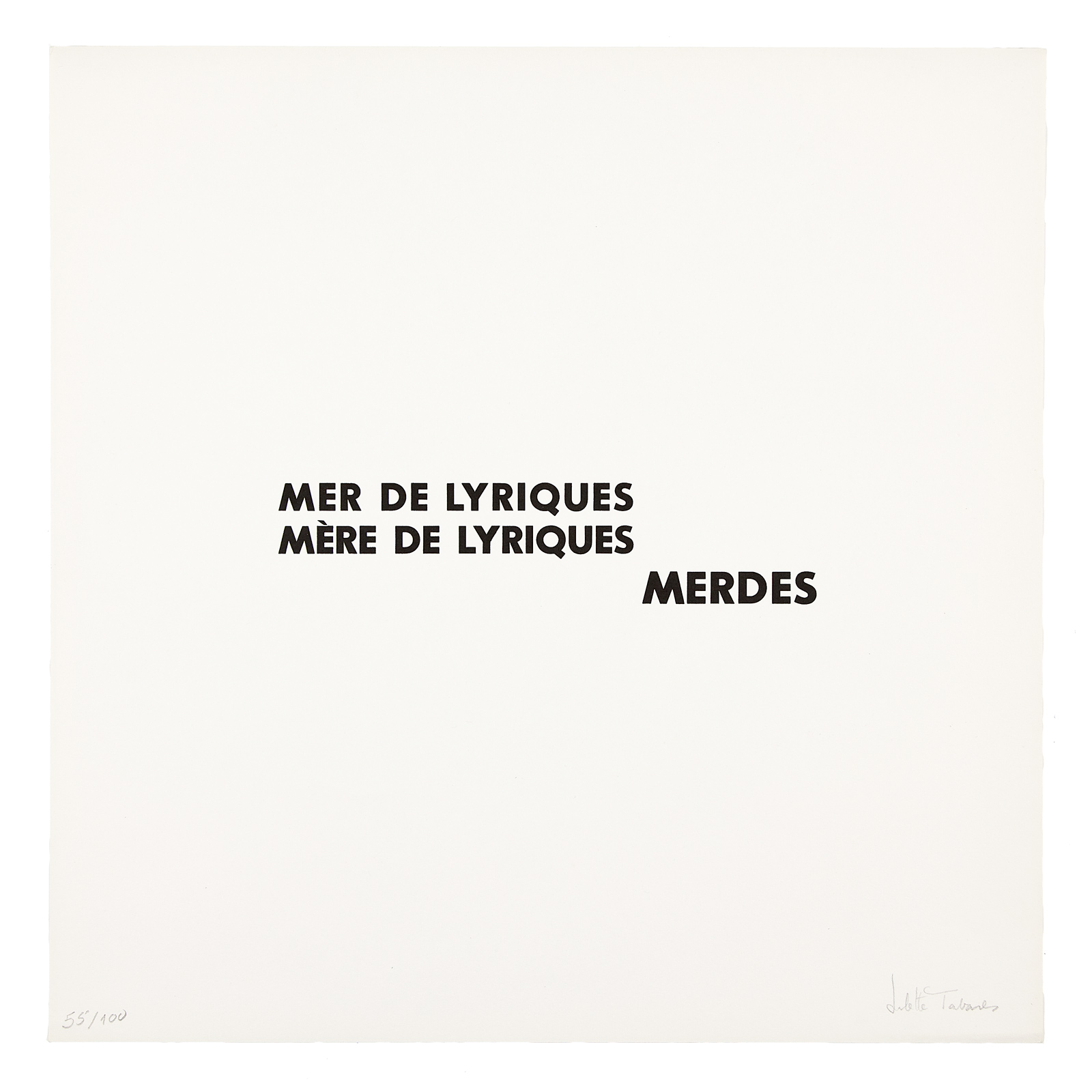
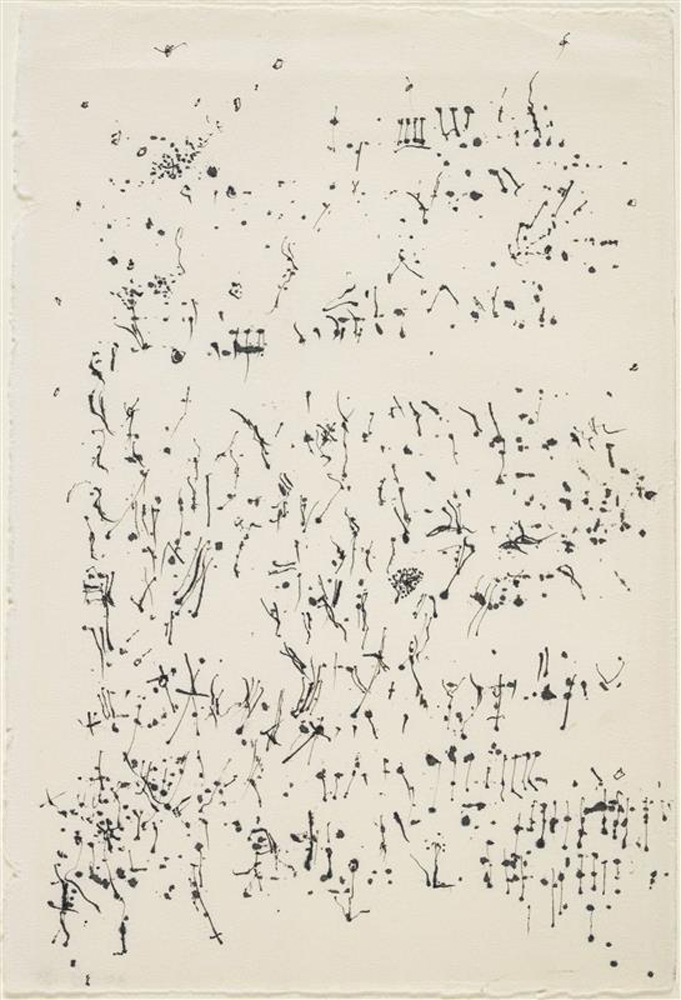 /
/ -
-
The space of writing
If the vast space of writing and, through it, the possibility of gaining presence and affirmation were issues explored in the last section of the exhibition on the lower gallery, here we seek other ways this can be achieved through the work of two other artists.
Where Isabel Carvalho questions the foundations of written communication and its dependence on visual conventions, exploring the nature of the sign and the structures of the sentence and the book, Joana Rosa focuses on the drifts of the unconscious in writing and in drawings inscribed automatically on the margins of notebooks, saturating them and translating them to a monumental scale.
Both artists establish an unexpected dialogue with one of the most significant works of concrete poetry produced in Portugal: Ourobesouro, by Salette Tavares.
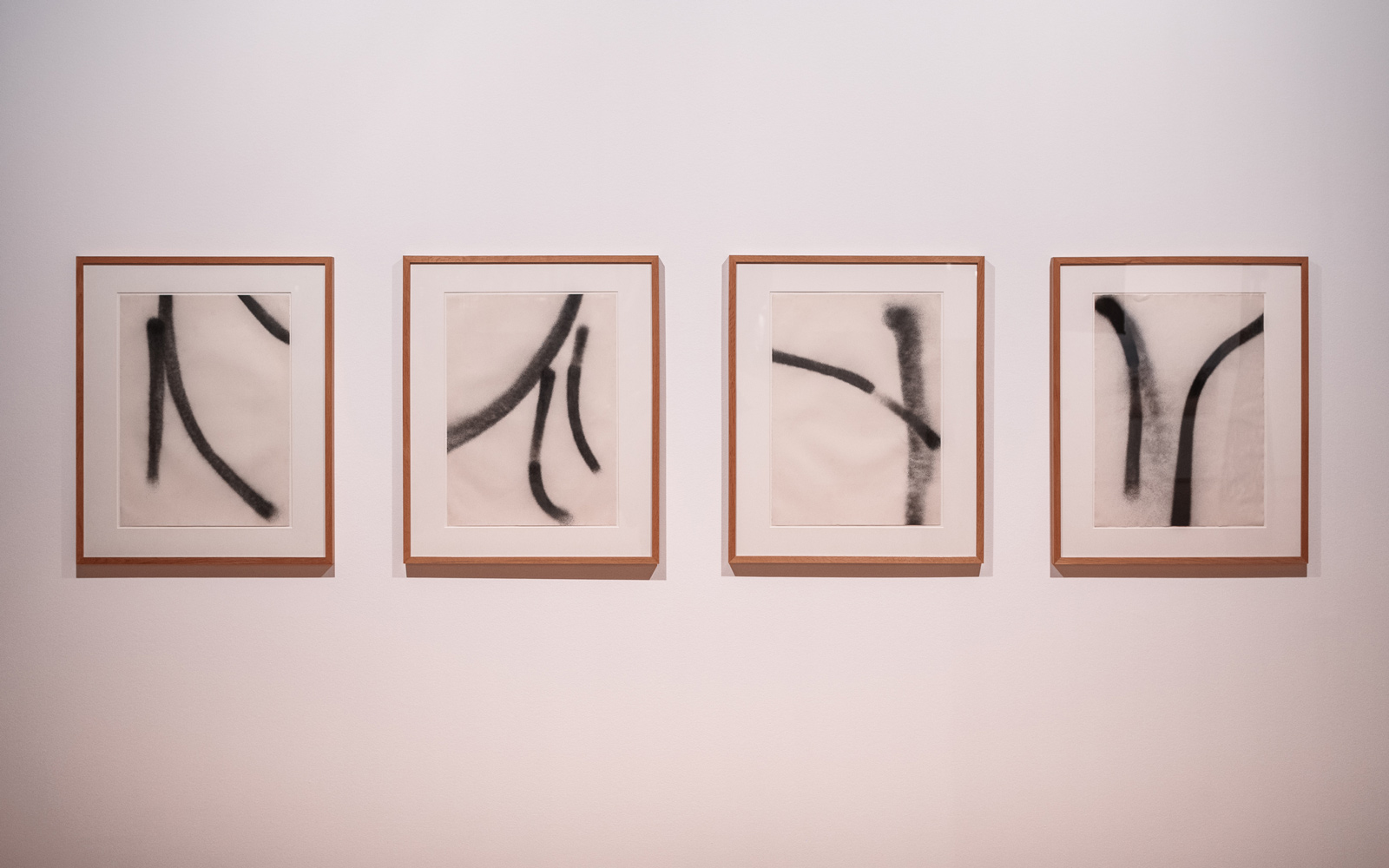
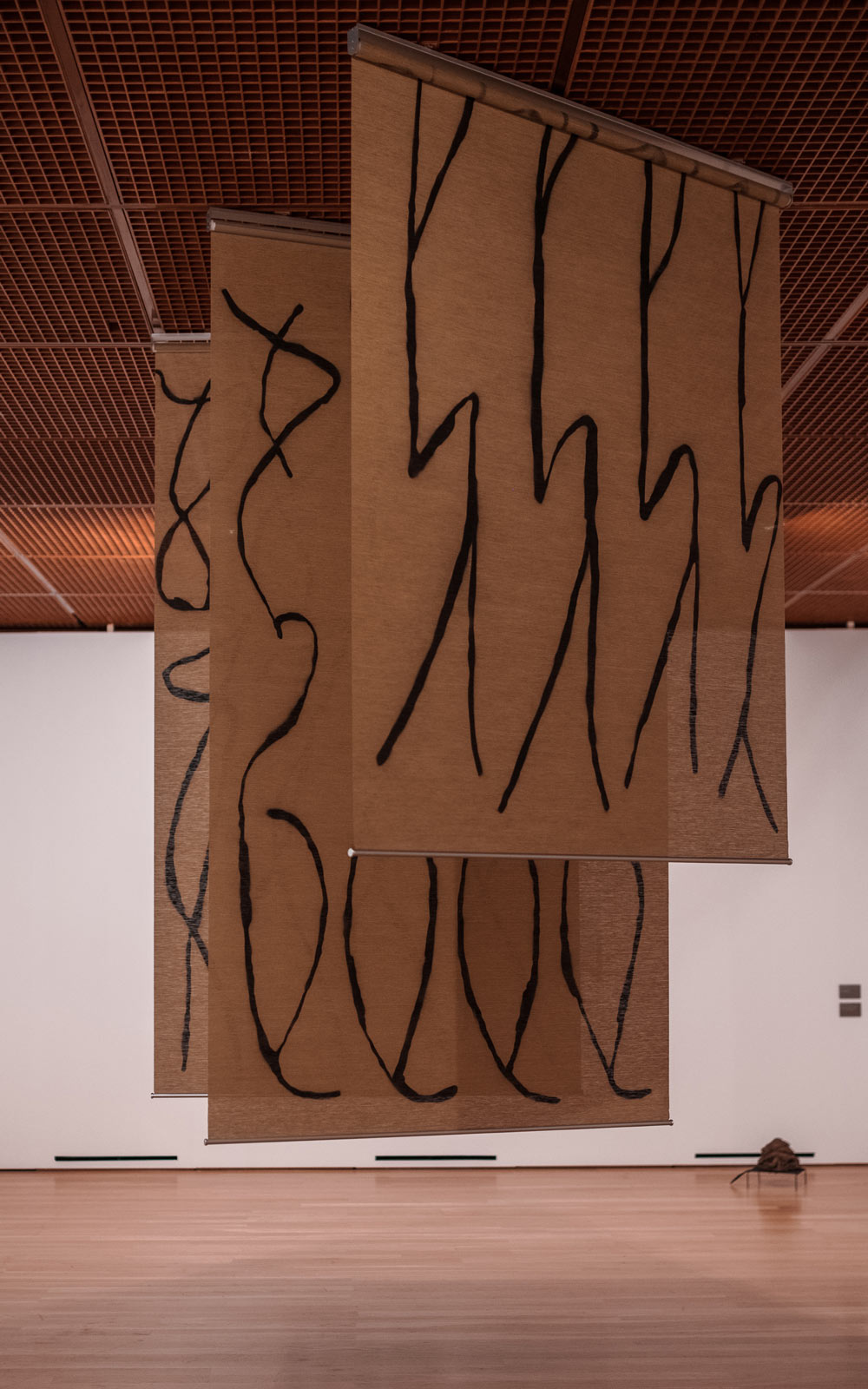
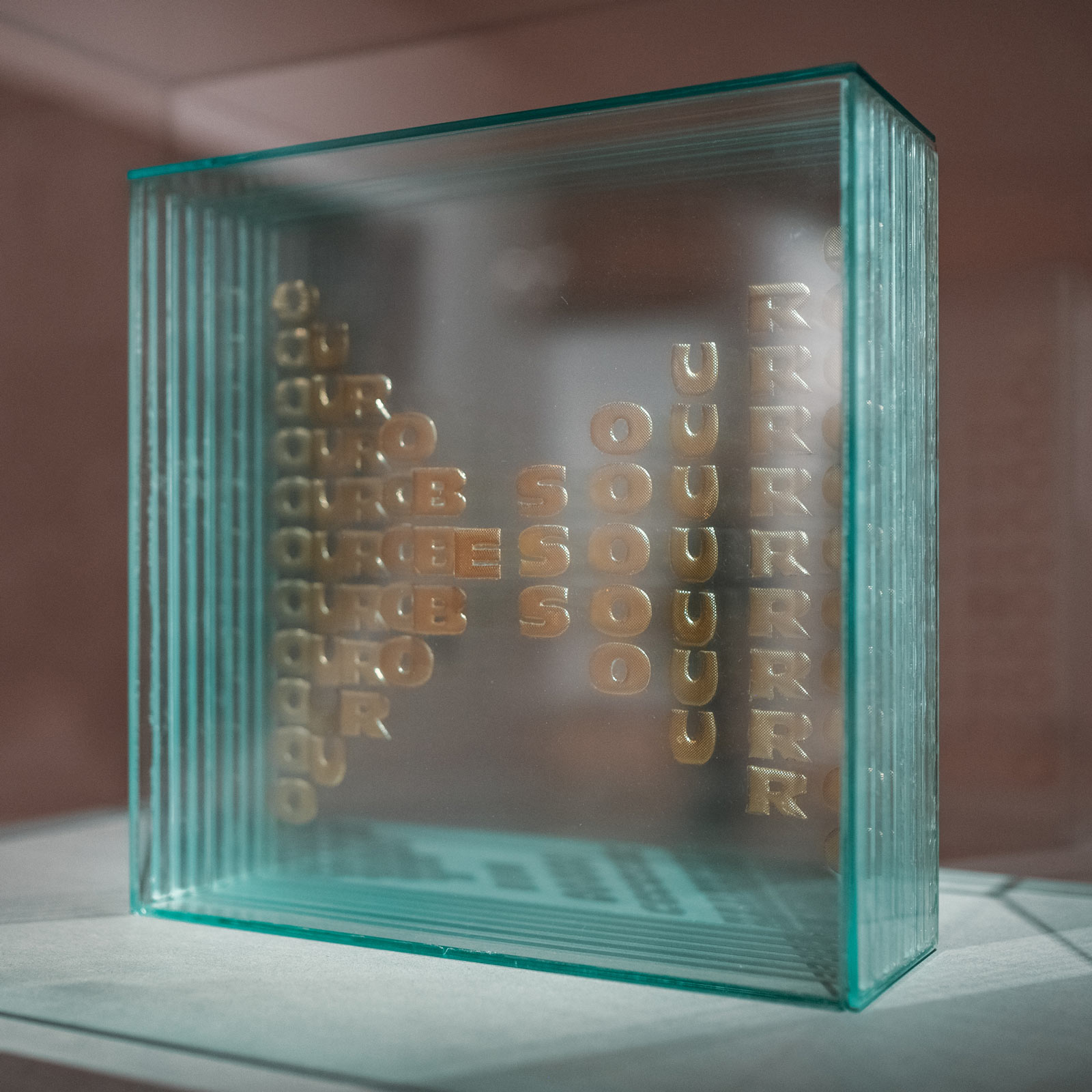
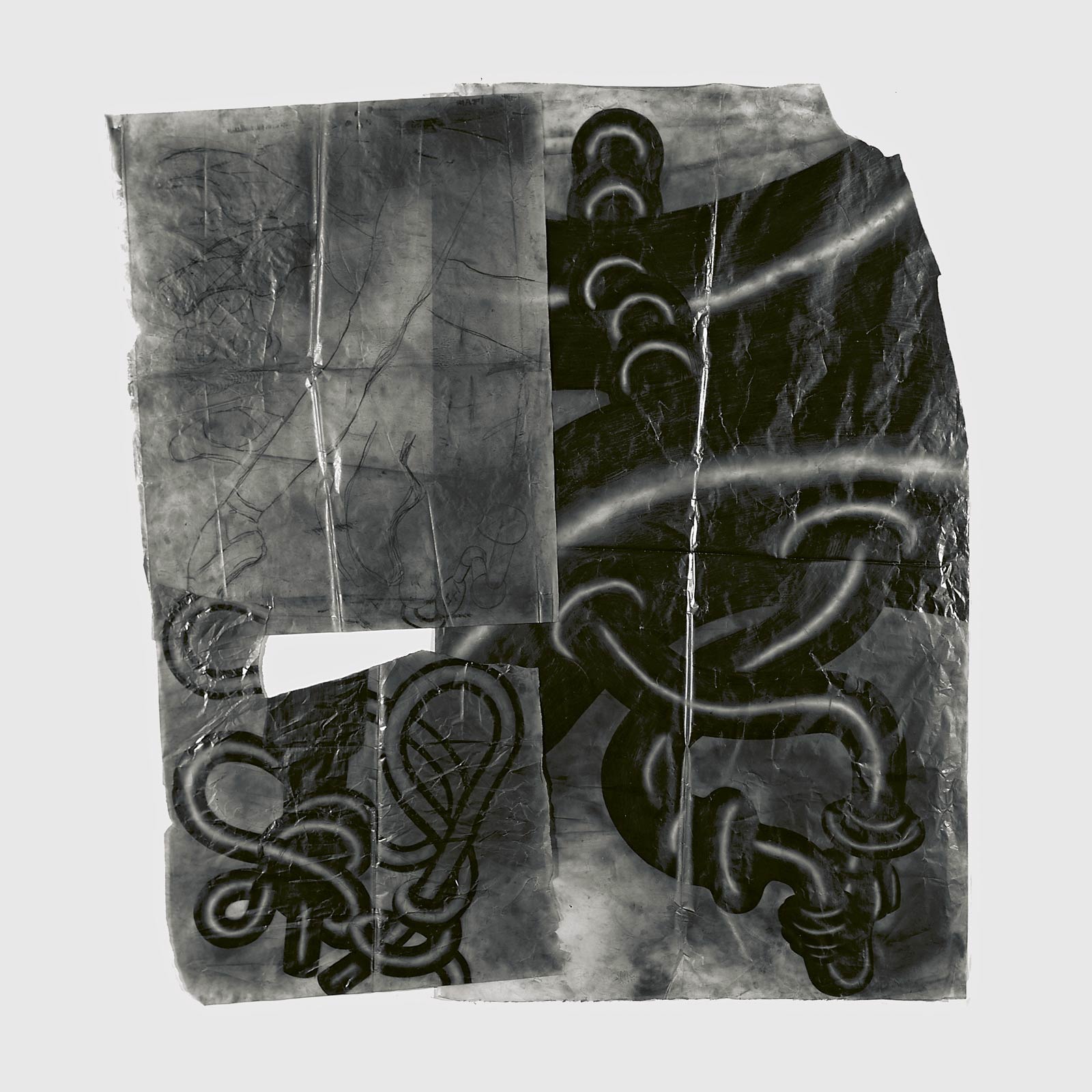
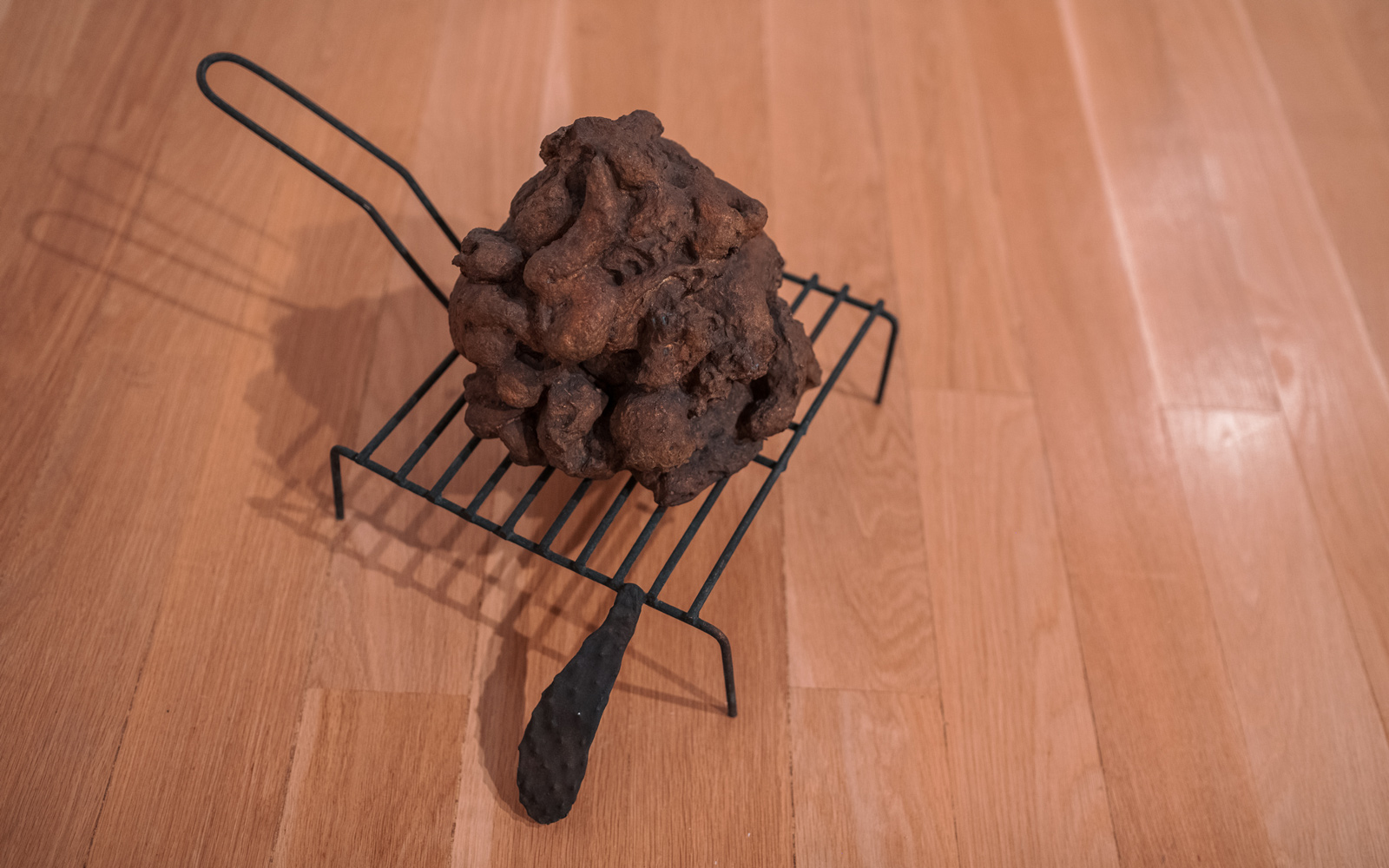 /
/ -
-
Construction
Reading and writing are transferred into this section by Fernanda Fragateiro’s deployment of the book as form, object and promise of meaning in her work Measuring E1027.
For this artist, as for Ângela Ferreira, a focus on the formal, social, economic and political dimensions of architecture and design have proven a rich seam of exploration in recent work.
By making reference to historic achievements in those disciplines and appropriating their language, their works remind us that nothing is innocent in the visual world, that all forms of expression come loaded with an ideological understanding of how to manage tensions between the public and private spheres, between identity and community, between the political and the individual.
The feminist dimension of some of these works is especially noteworthy, referencing as they do the work of other women and thus actively fostering the public recognition that some of them still lack.
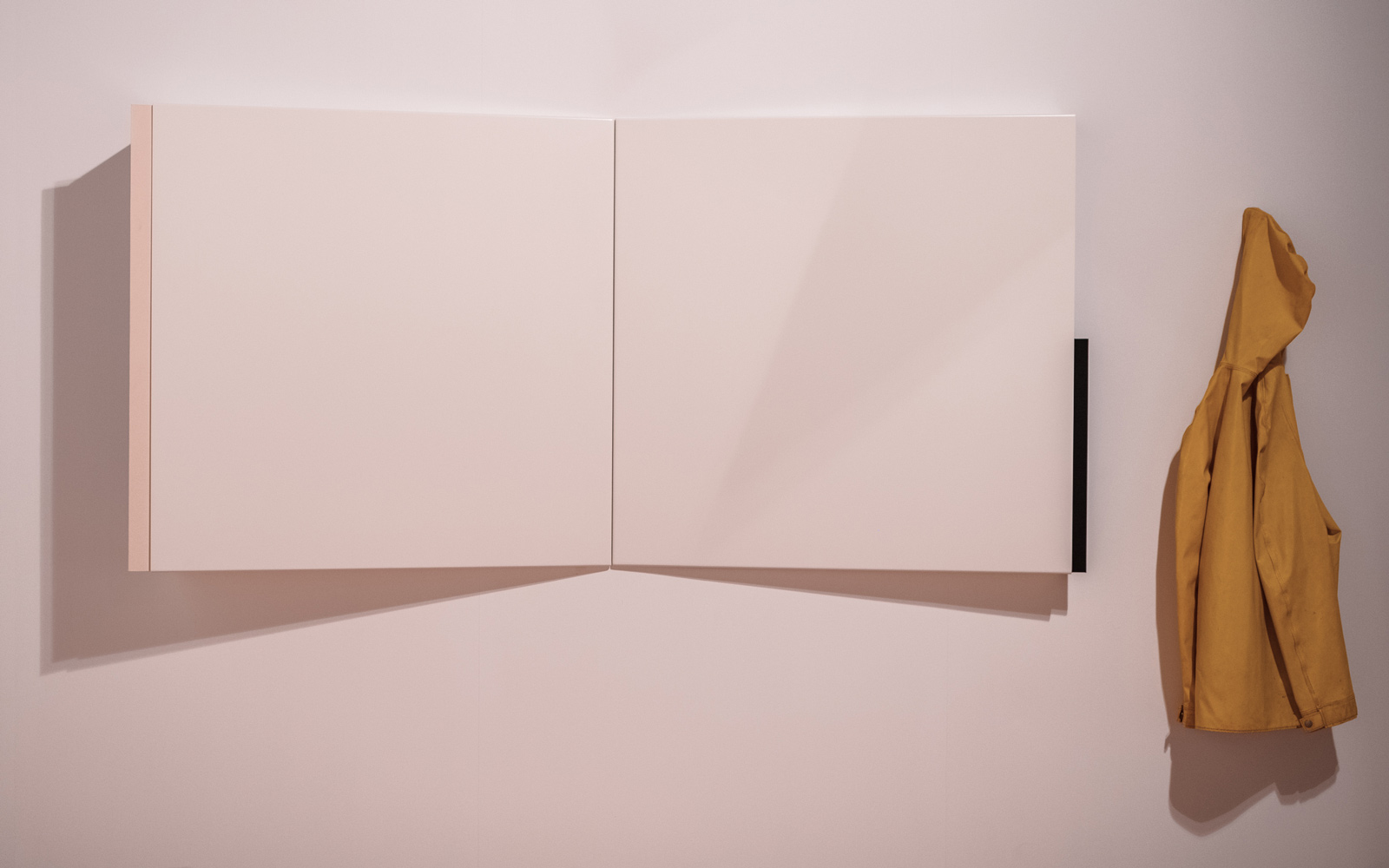
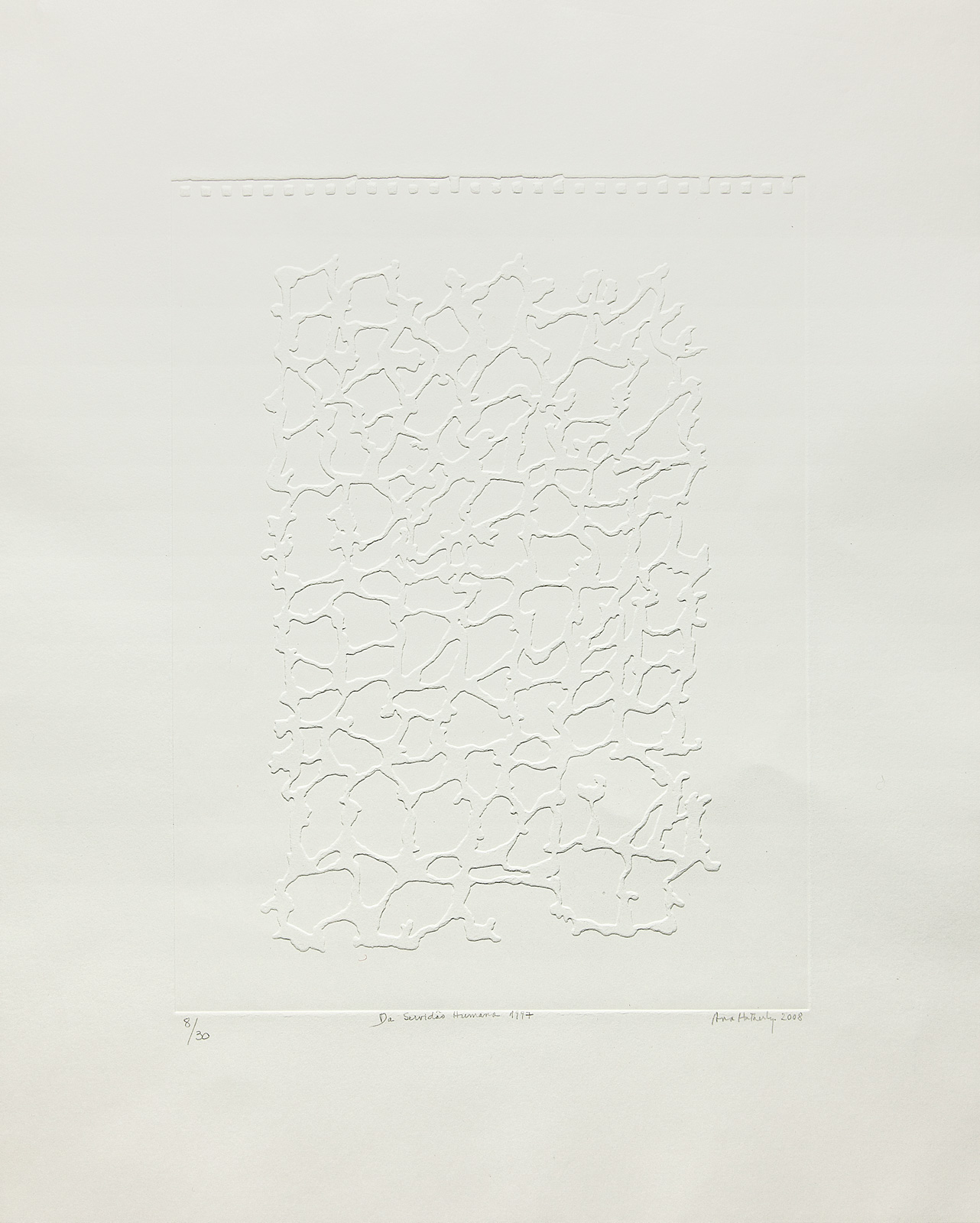
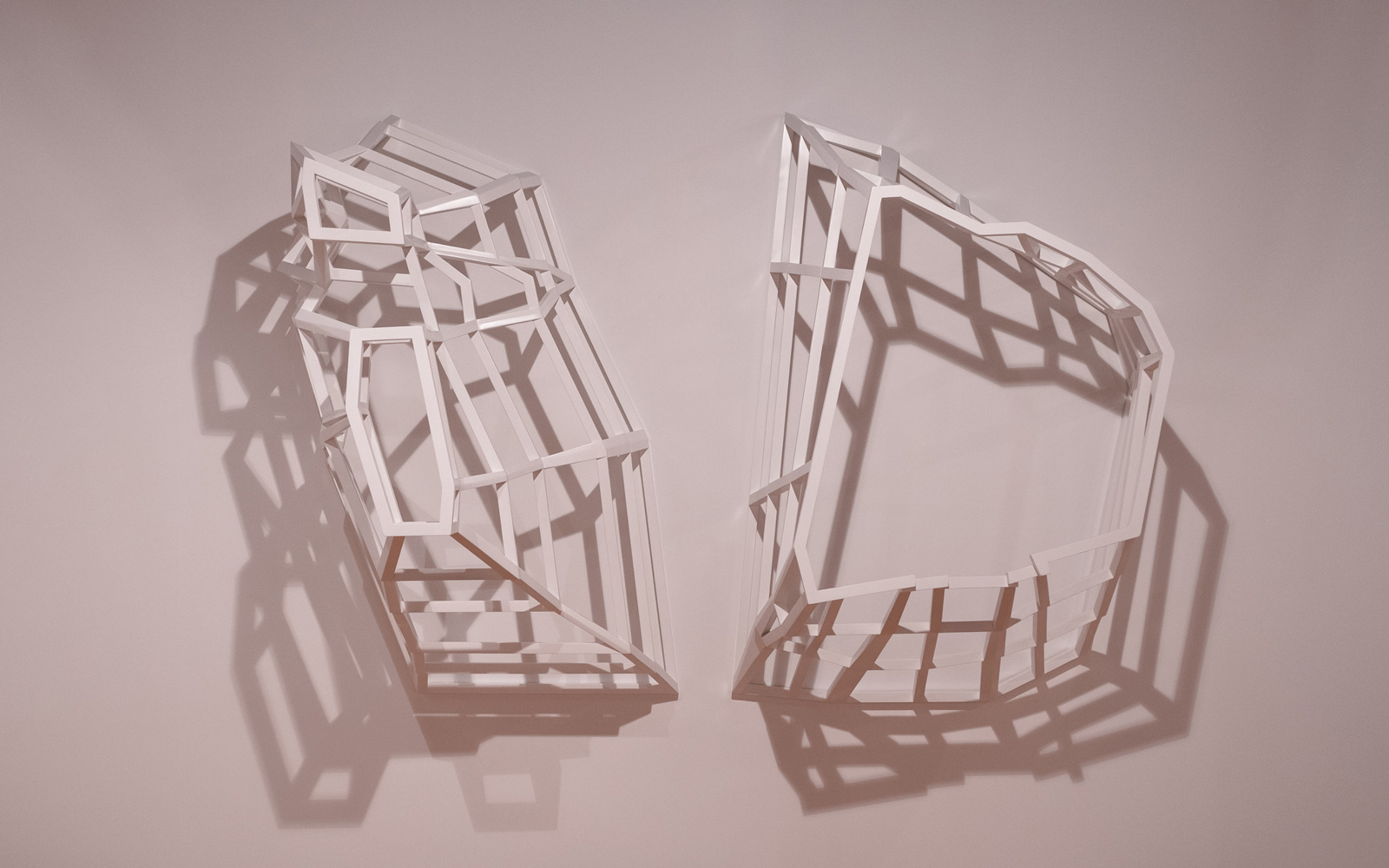
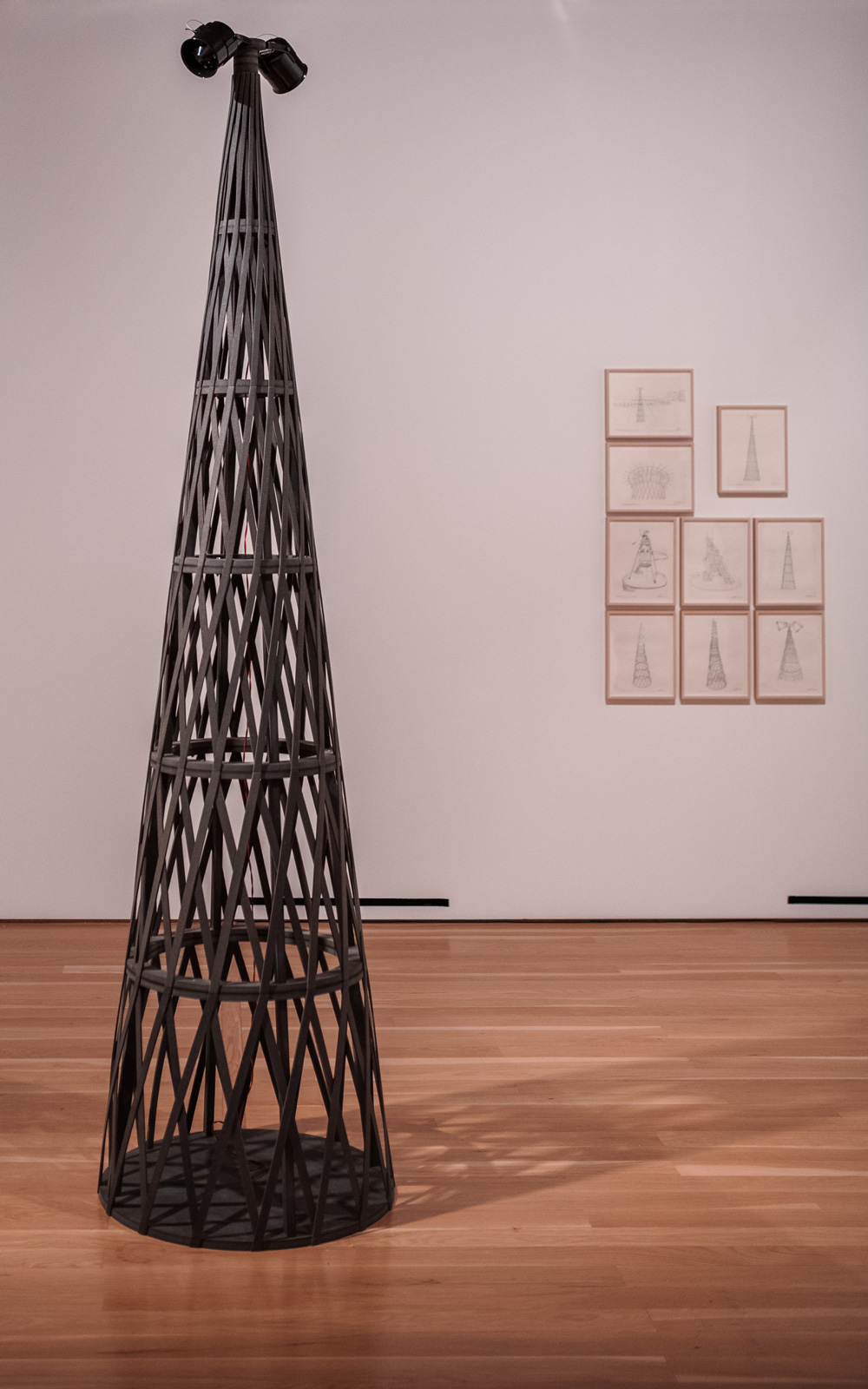
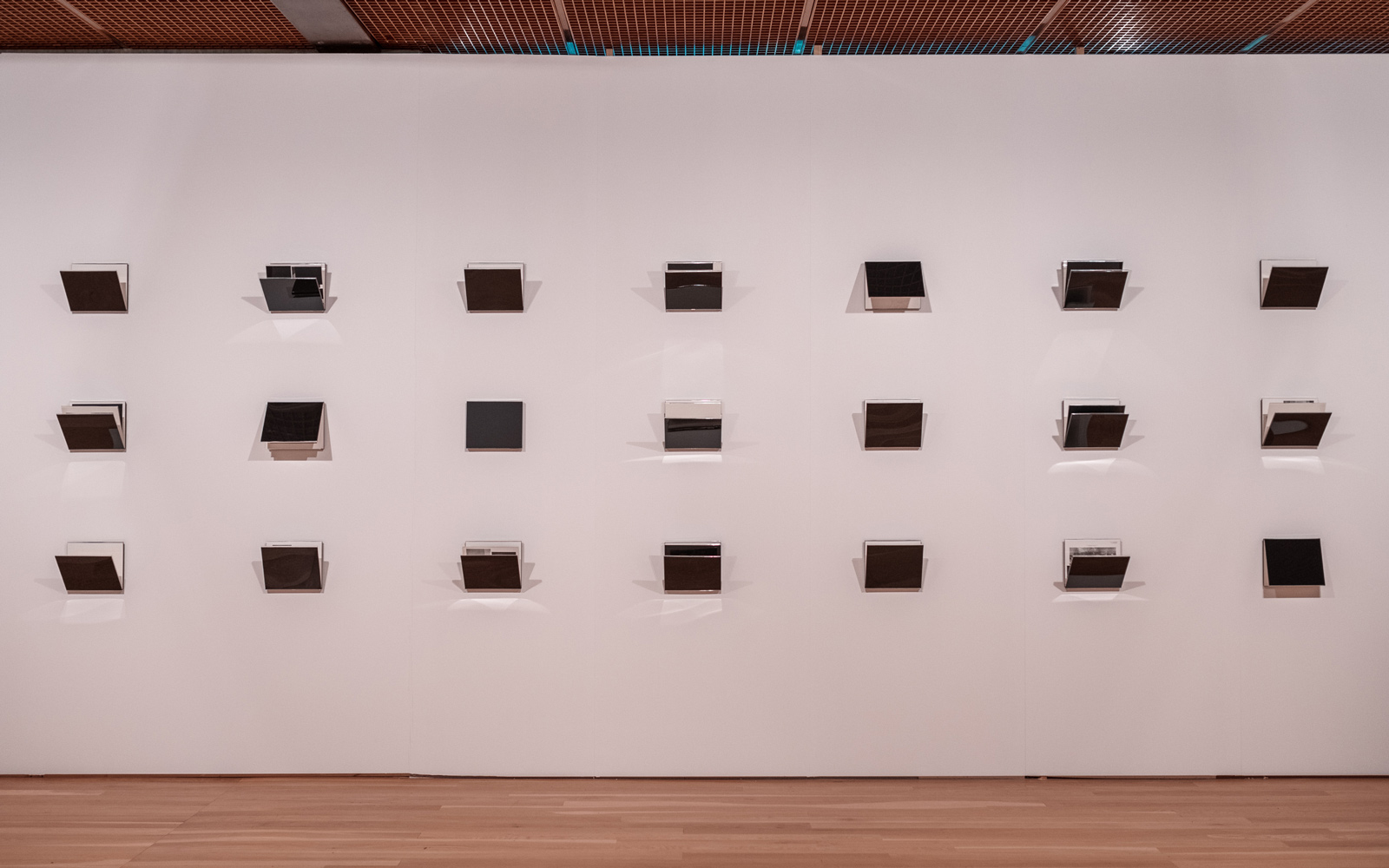 /
/ -
-
Le Vivant
The constructive dimension highlighted in the previous section coexists with a focus on ecology in the form of plant life. Here, the discourse is balanced between different ways of representing nature and the summoning of living elements to the interior of the room.
In Árvore cortada em cubos e montada em linha [Tree Cut into Cubes and Assembled in a Line], Gabriela Albergaria not only materialises this gesture of passage from exterior to interior, but imposes a foreign geometry on the natural element, denouncing the innumerable acts of acculturation of nature that we have carried out over the centuries.
Maria Capelo's imaginary forests restore to us the idea of landscape as a hierarchical construction through fictitious means, as though the mere manipulation of the components we have come to expect (trees, leaves, paths, wind) might allow us to fashion a landscape that is always the same, yet ever new.
The capture of shadows in the work of Lourdes Castro plays alternately with depiction and suggestion, the filling up and emptying of forms, while putting nature centre-stage. In so doing, Castro not only focuses our attention on the symbolic power of the mainstays of visual representation (light, shadow, outlines, body, spirit, immanence, transcendence), but also encourages us to reconsider our position in relation to the plant world.
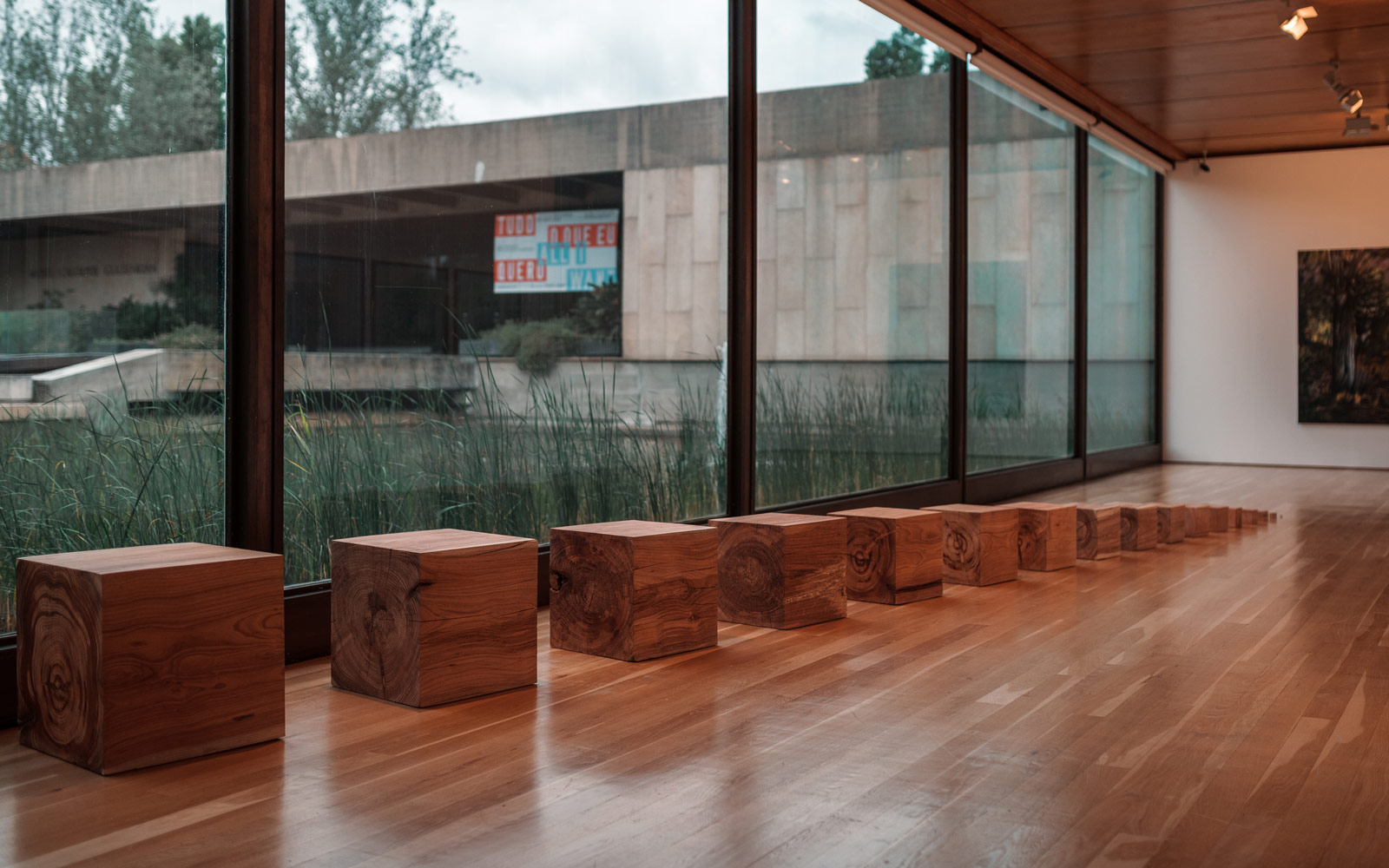
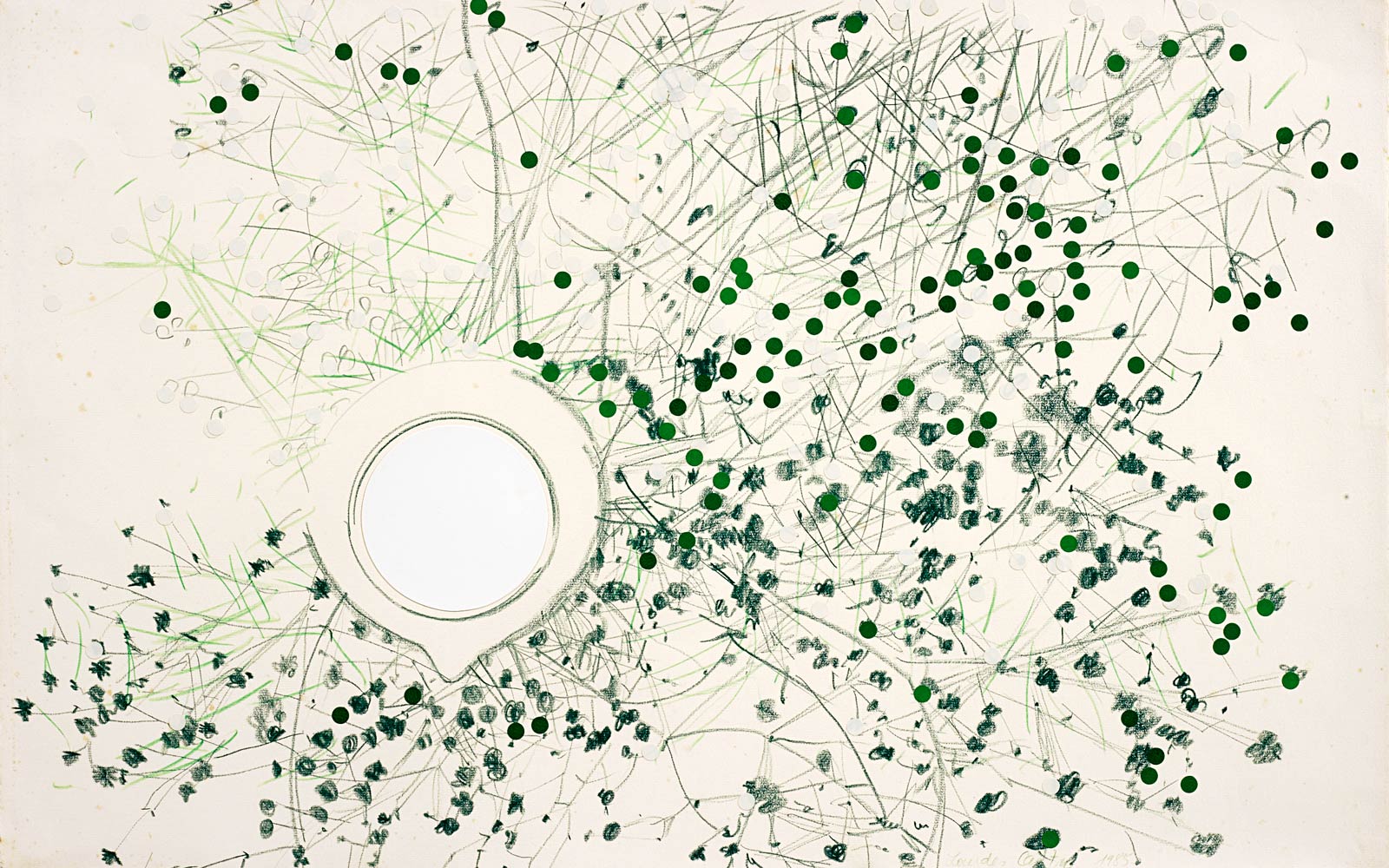
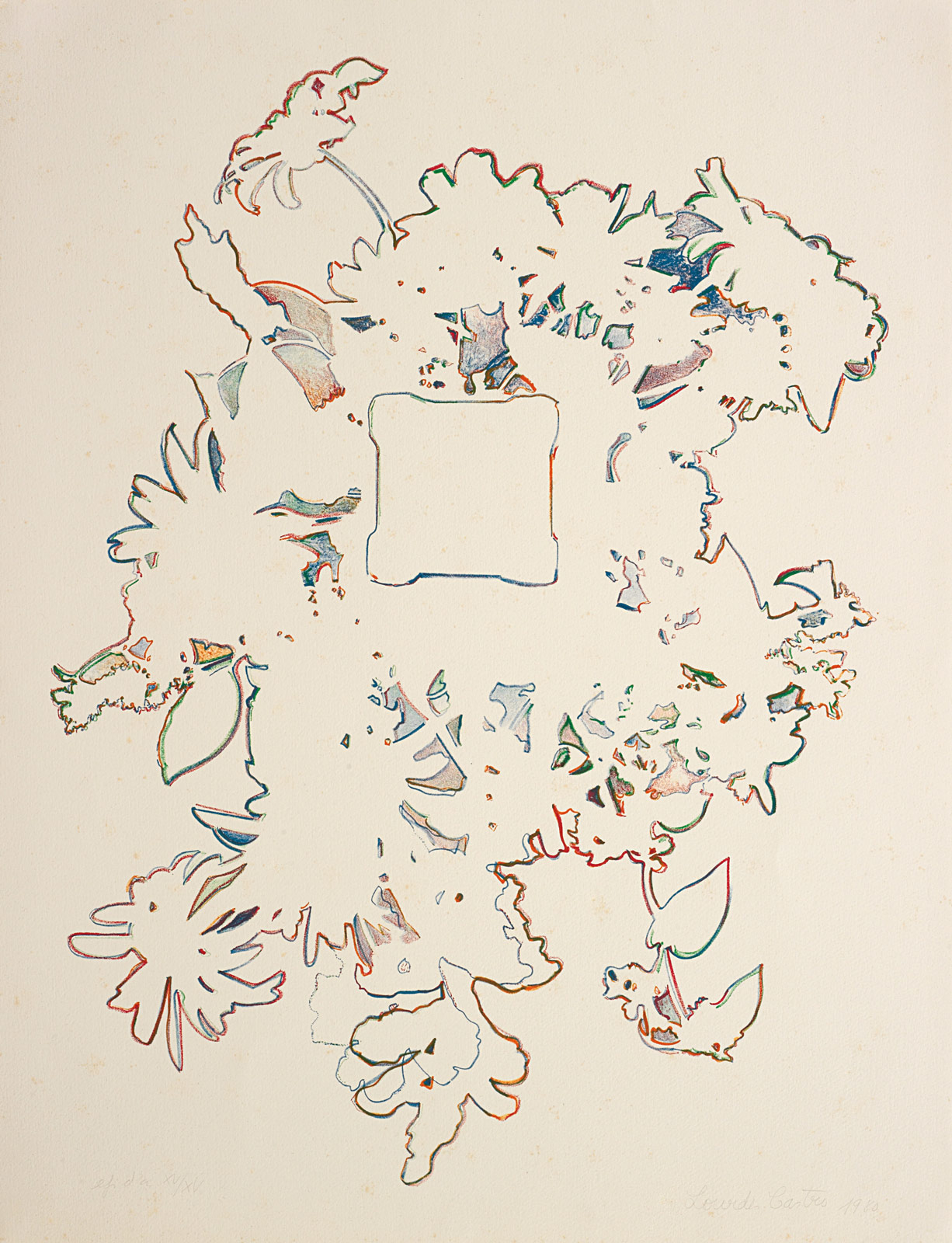
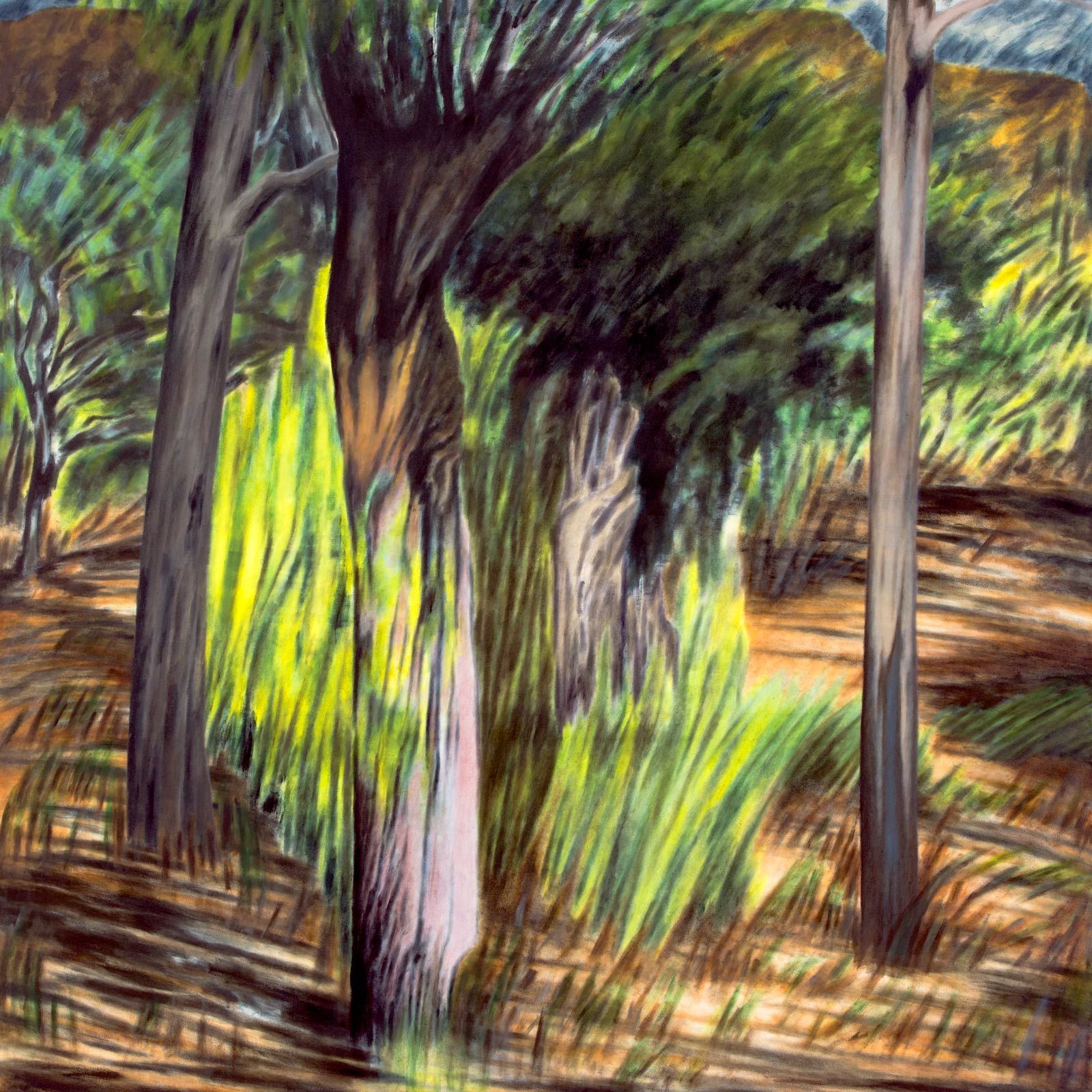 /
/ -
-
The House
While the living world is our common home, our own four walls are artificial constructions where many of our personal ghosts reside, places where women (considered physically, socially, politically and historically) conduct some of their most complex relationships.
By projecting the spectres and sounds of a home or displaying tangible objects strewn around by inhabitants, Ana Vieira and Patrícia Garrido set before us spaces that condense an intimate and at times awkward reality. Our homes are places for us to dream and feel protected from the world, but they may also be places of violence and oppression.
If the house is a paradoxical shelter, so too are the casts of bodies, own or other, that Ana Vieira and Maria José Oliveira have rendered concrete and which hover in a state of tension between interior and exterior, objective and subjective.
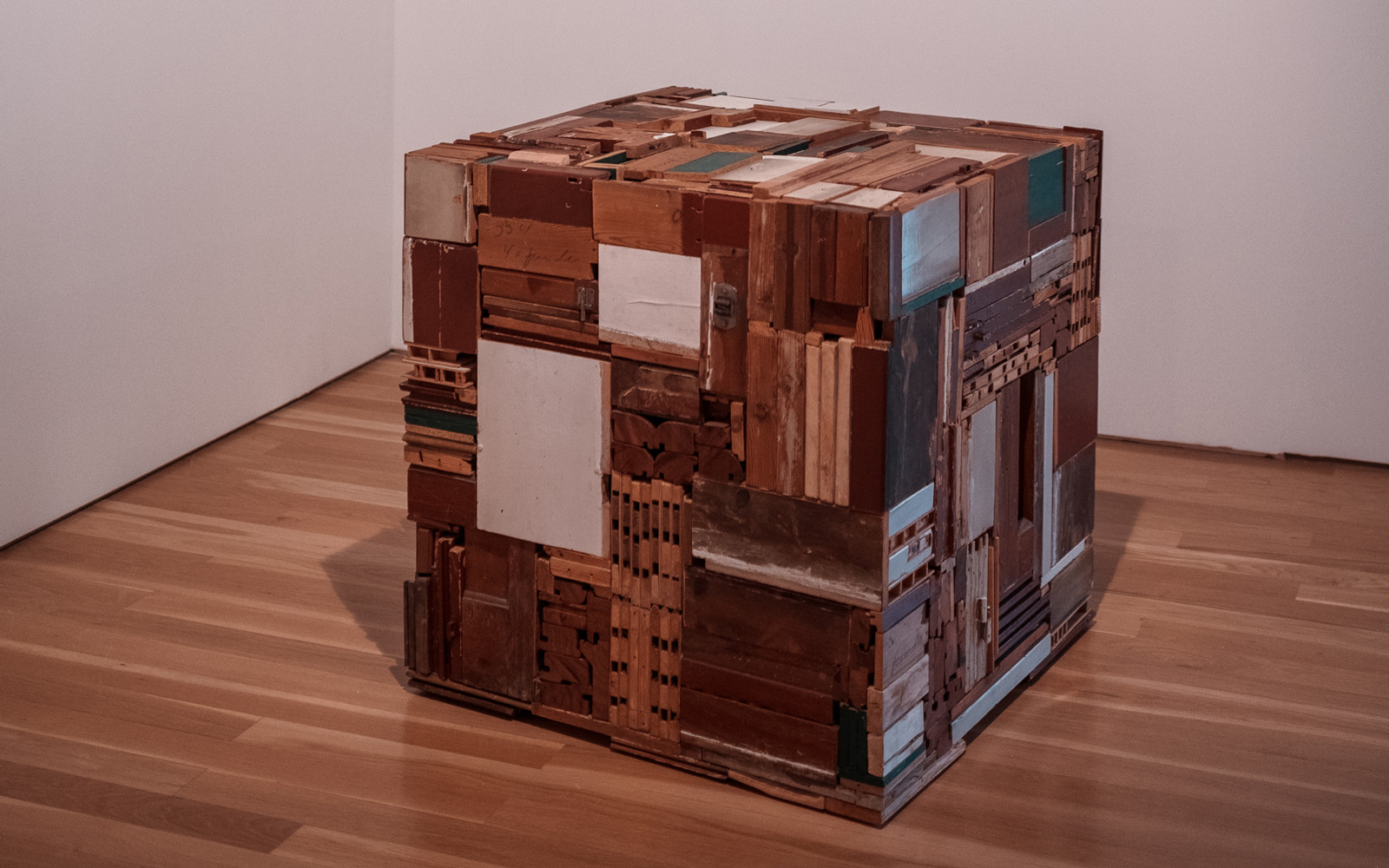
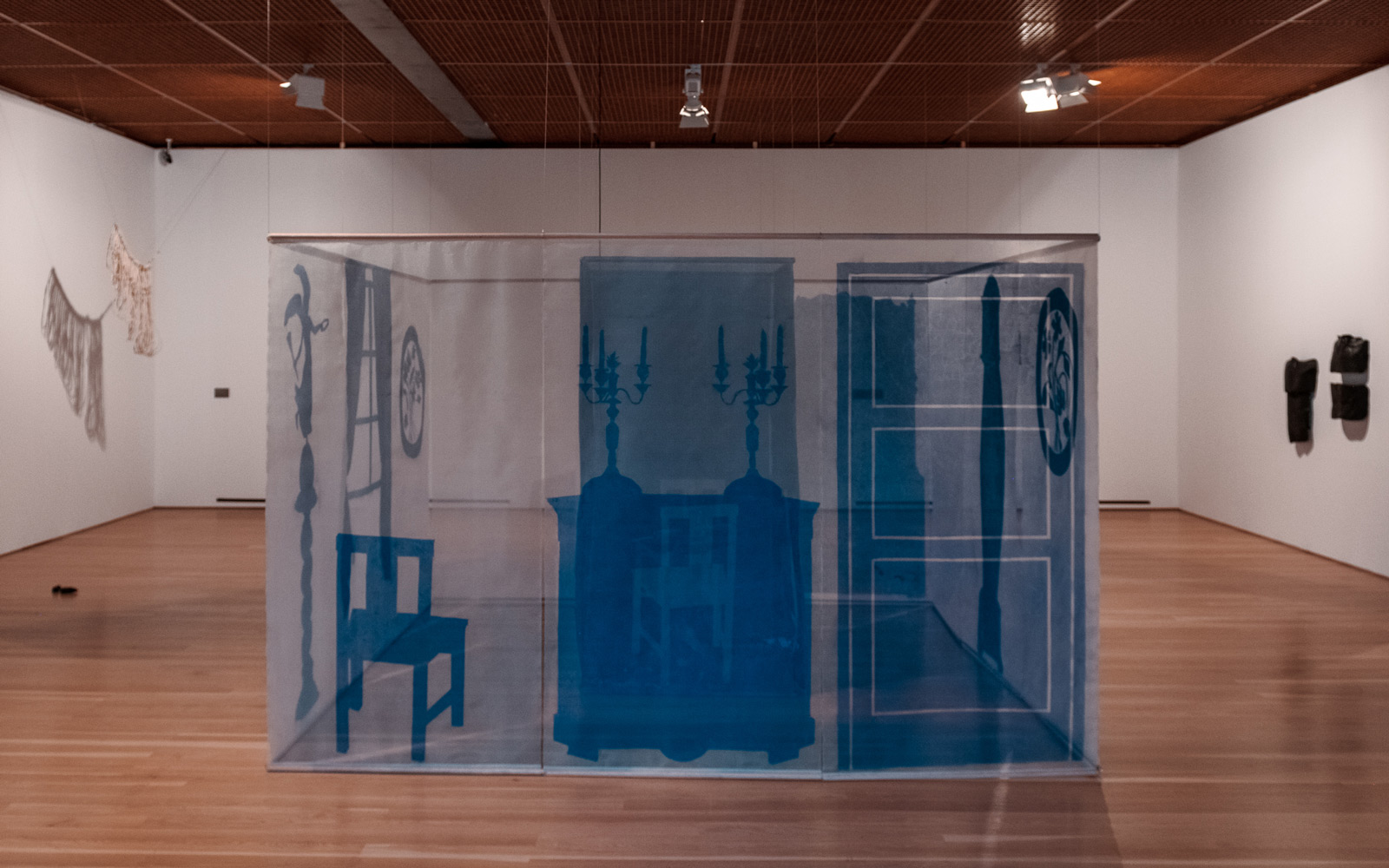
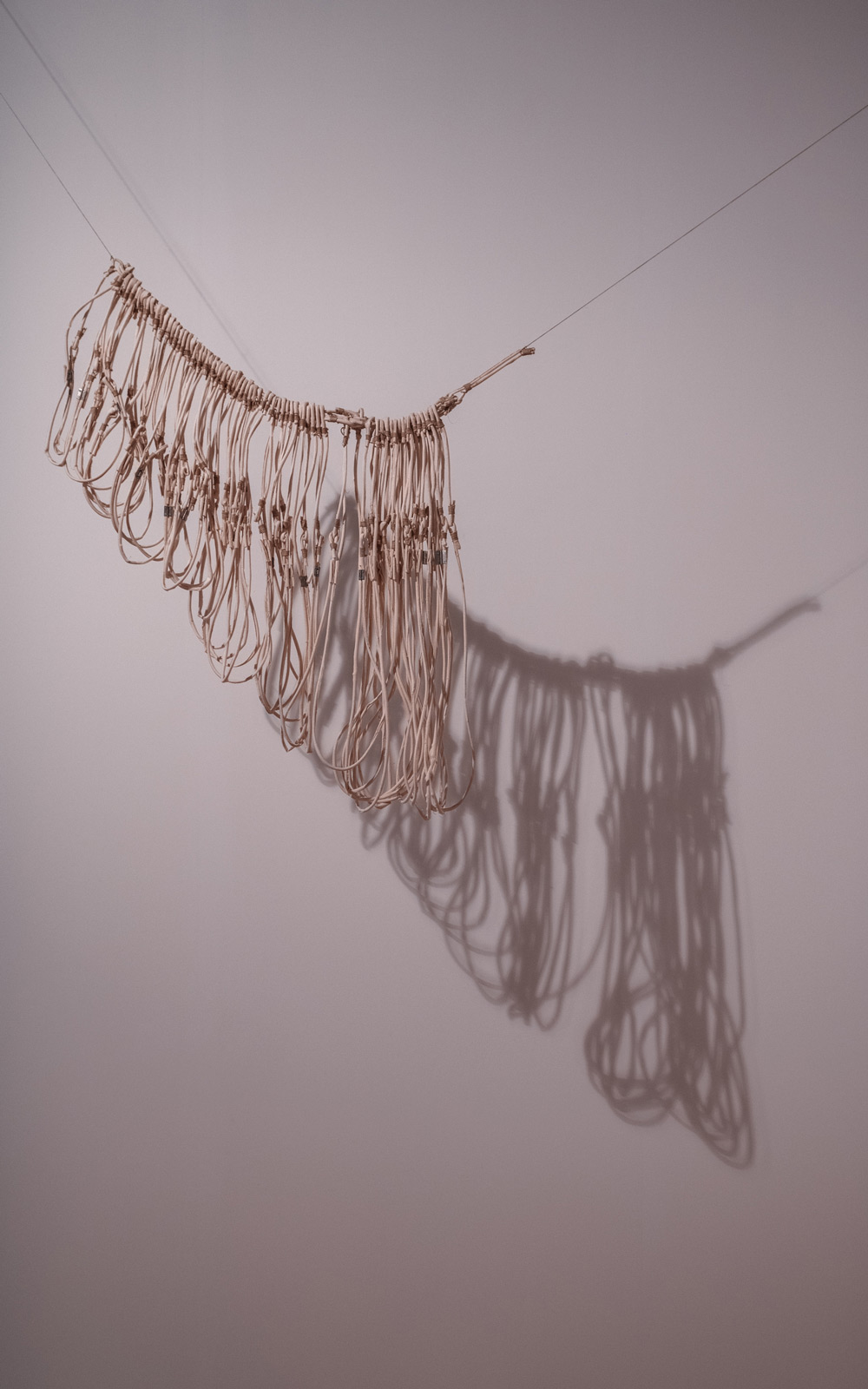
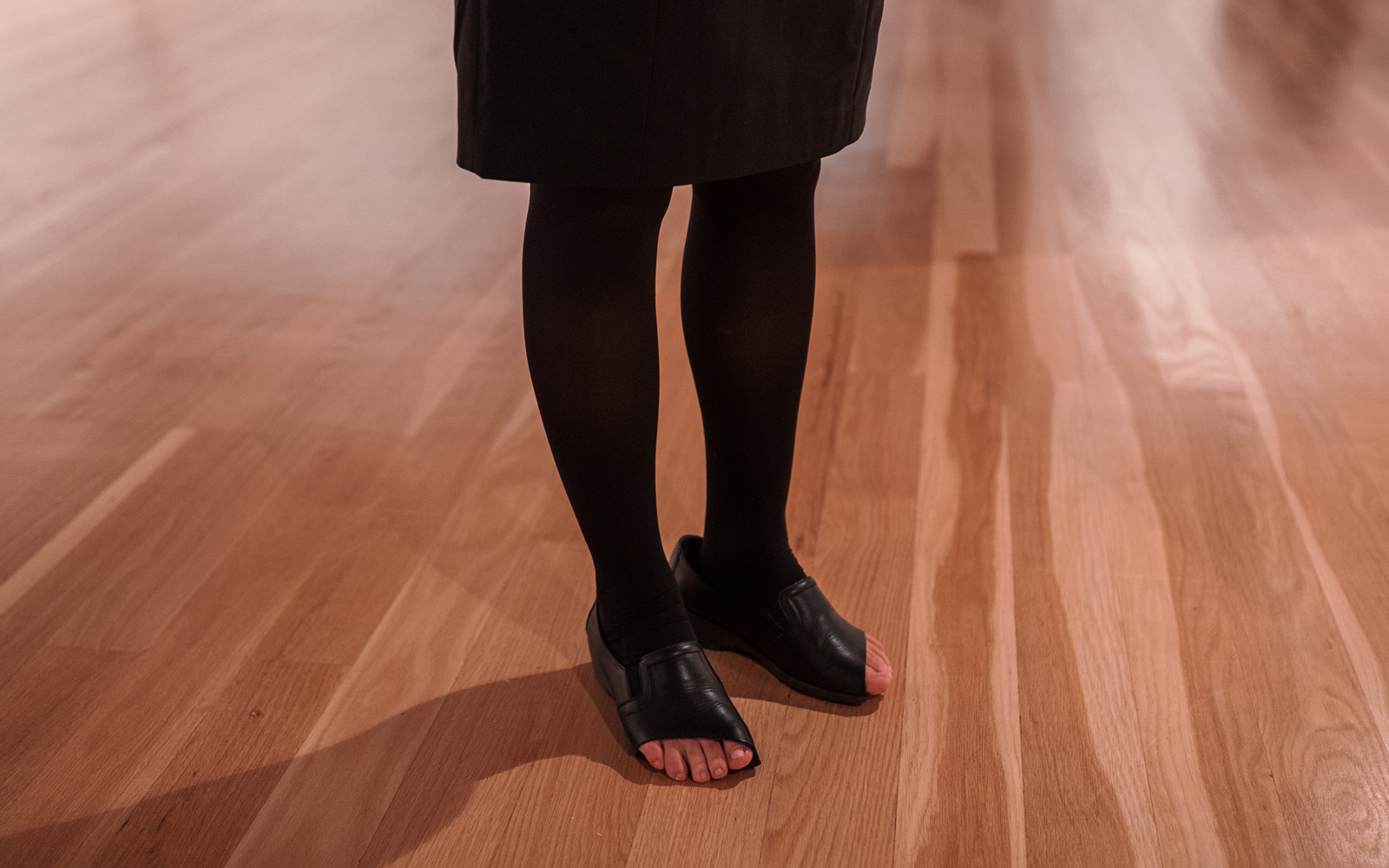 /
/ -
-
The Political
Politics enters the fray through the words and appropriated images of the collages and décollages of Ana Hatherly and Ana Vidigal. It also emerges in the stripping back of signs – words and logos – in Carla Filipe’s trade union posters and the protest songs that accompany them.
All of them point to the place of the collective and examine the relative importance of aesthetic models in their formation.
These works bring us both ends of the delicate exercise of citizenship and of the common challenge of "living together", of that imposed necessity of sharing space and the range of expectations that can cause voices to rise up in unison, or provoke dissension and erasure.
The most extreme result of this conflicting reality is portrayed in the paintings of Graça Morais, whose raw images thrust us back into the brutality of the world through direct figurative representation, showing us snapshots from ongoing crises – the plight of migrants in the Mediterranean and refugees from the war in Syria – reflecting the dramas that have beset humankind throughout history.
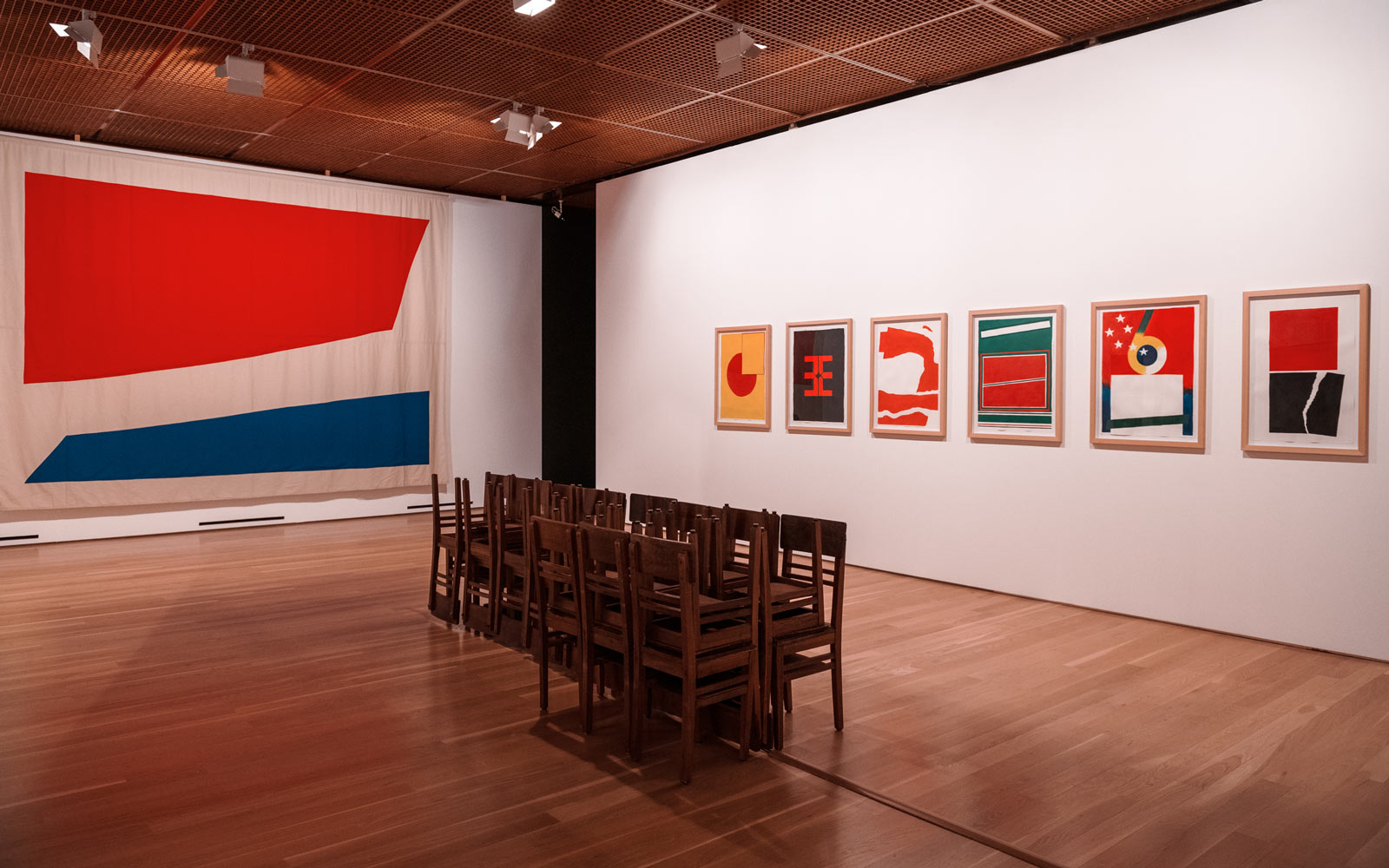

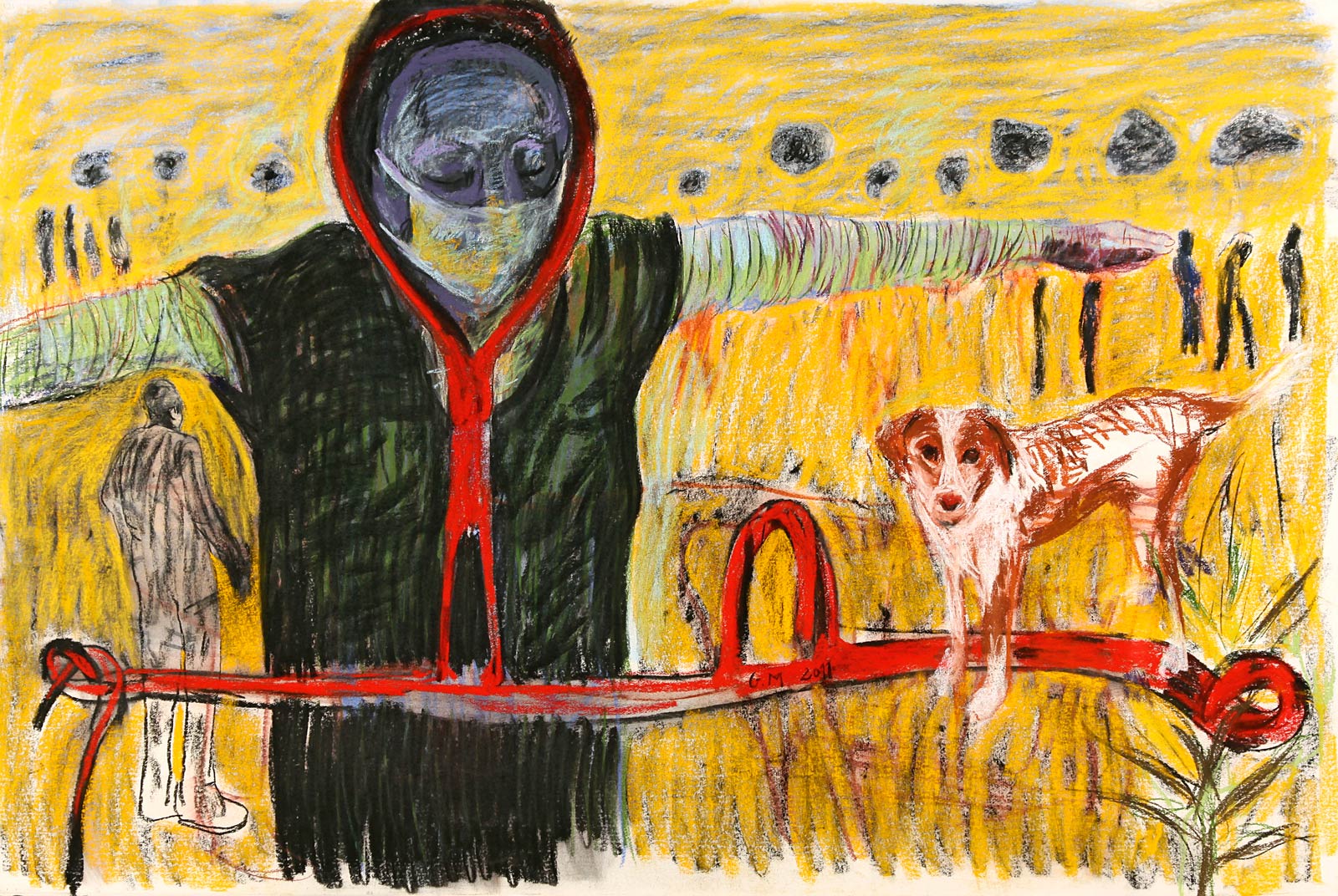
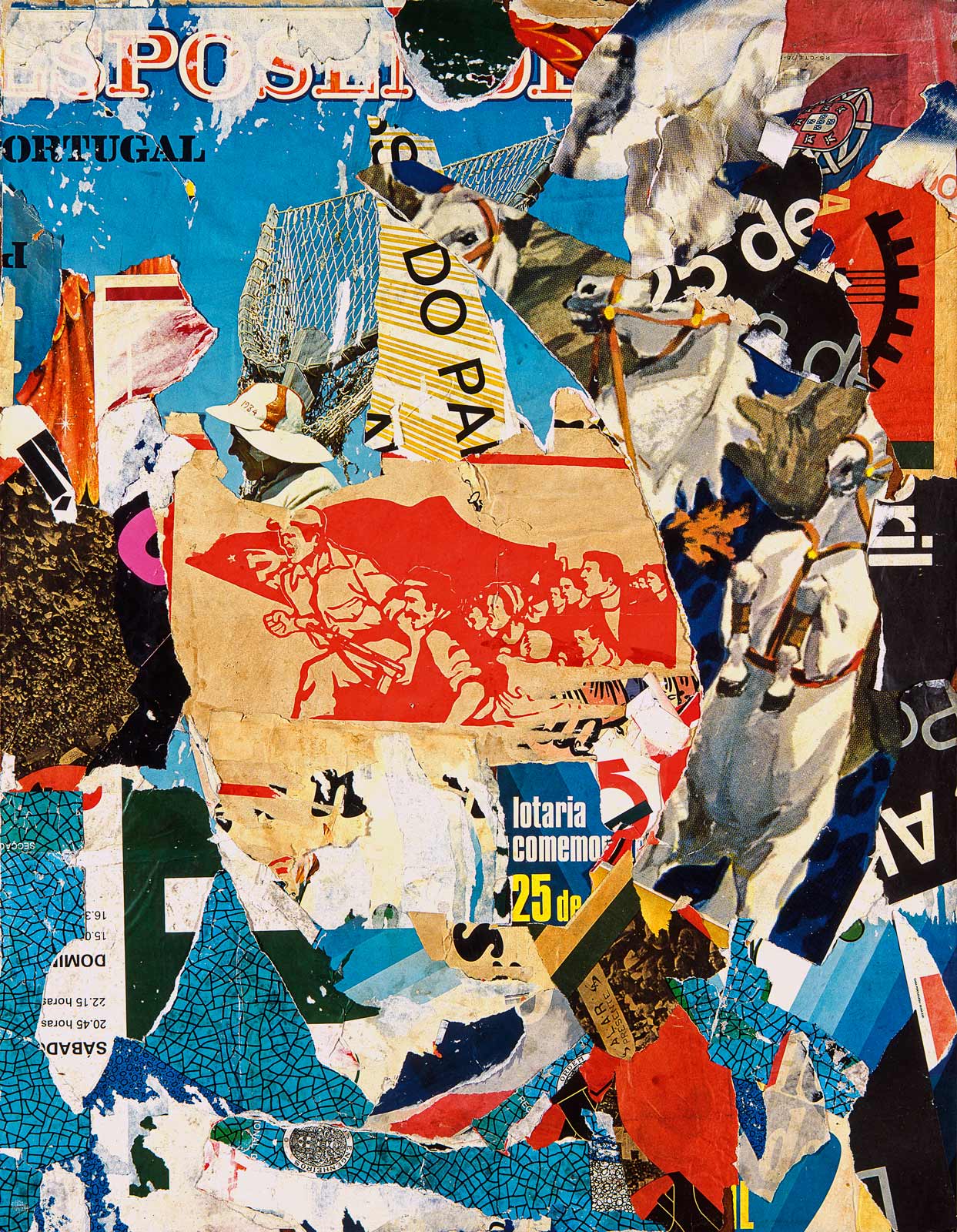
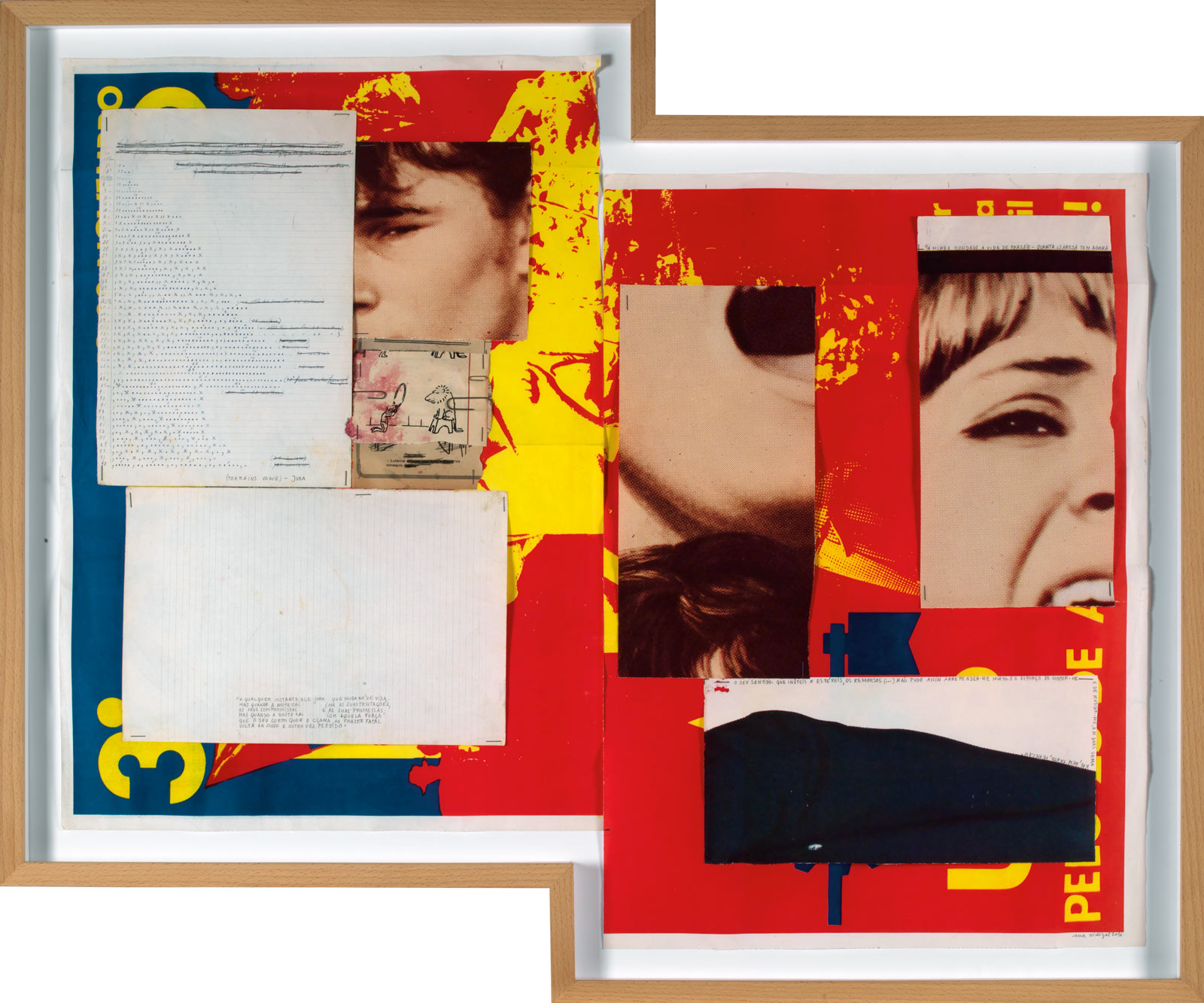 /
/ -
-
Collective Memories
Filipa César’s films focus on the moral landscape of a country that banished people deemed to have committed deviant acts to Castro Marim, a village in the Algarve known for salt production.
Memograma, in which the artist records accounts of these persecutions and their effect on a society under the thumb of a dictatorial regime, was later complemented by Insert, which offers the viewer an elliptical narrative about a forbidden love between two women.
Using the constant presence of the sea as a metaphor for boundaries and limits, these films deal with segregation and resistance, conflict and resilience – themes that run through all of the artist's recent work.
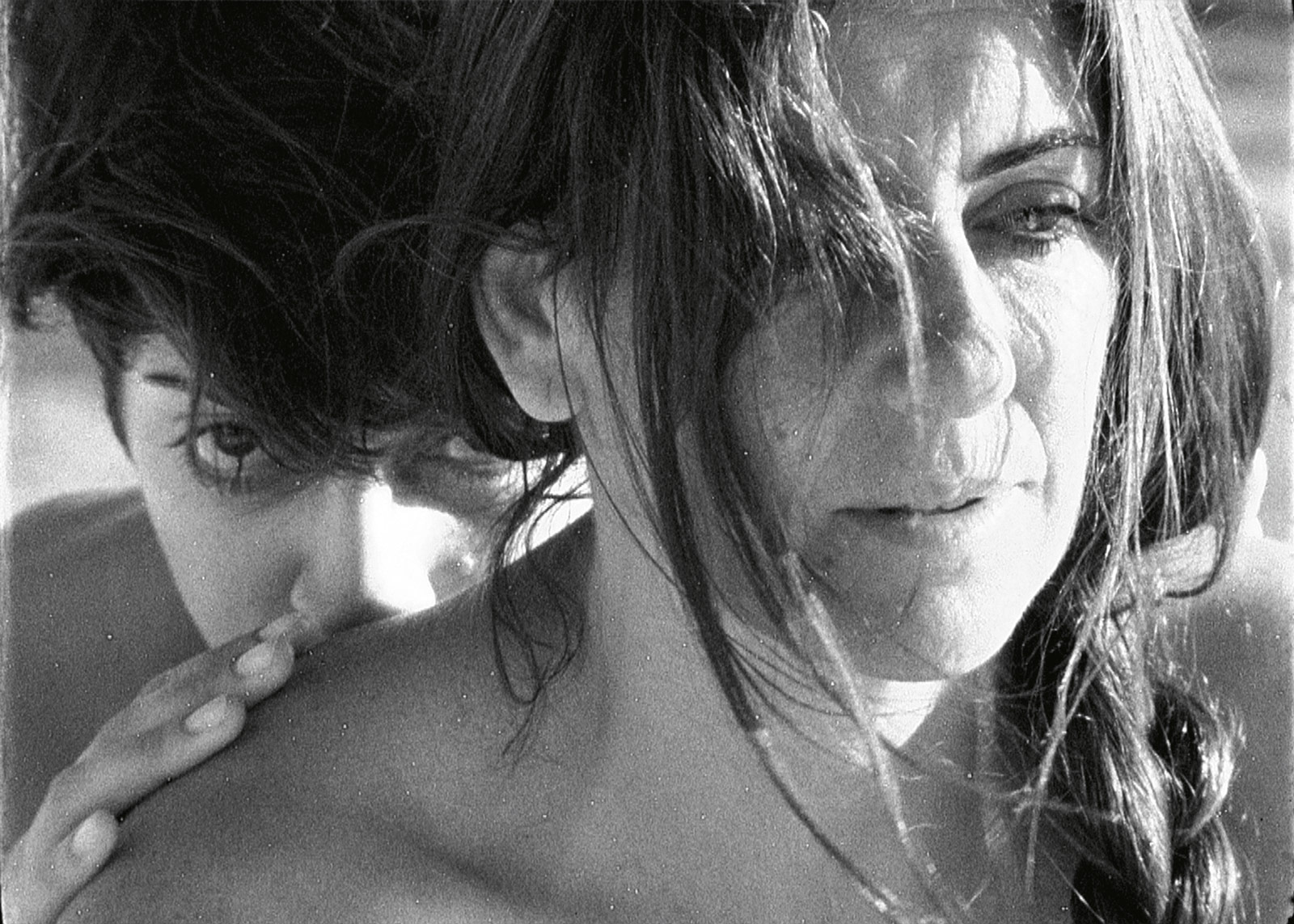
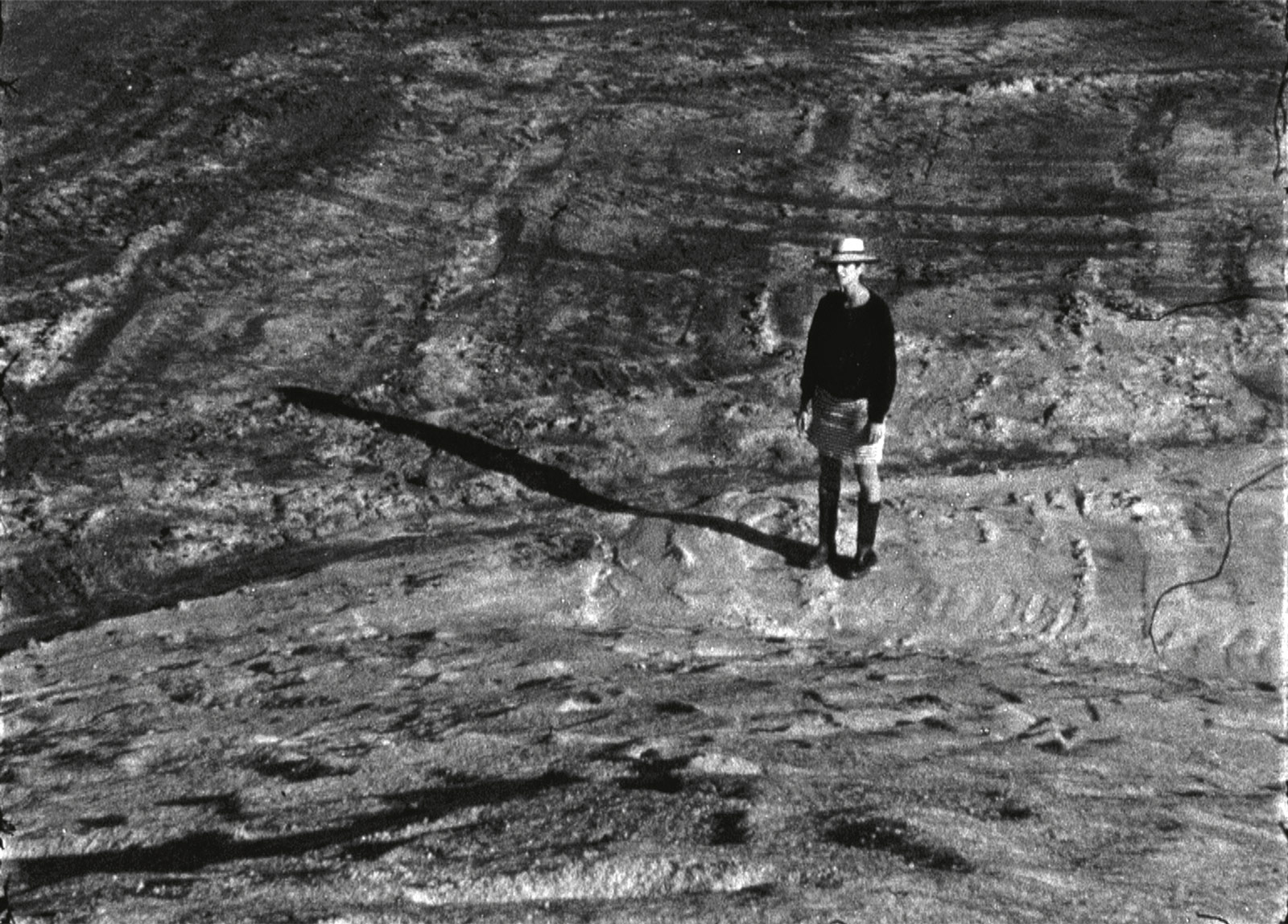
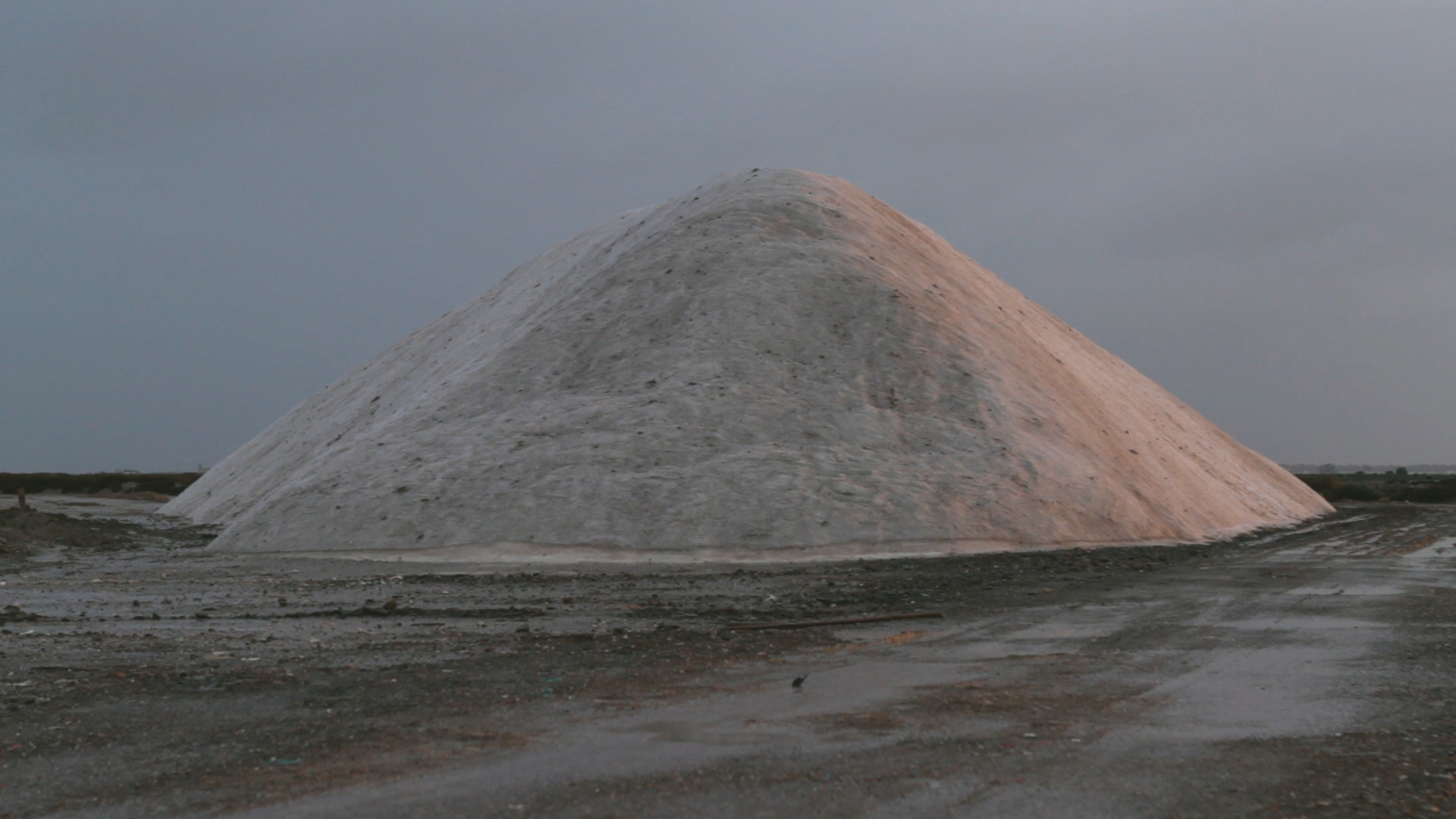 /
/ -
-
A World of Illusions
Grada Kilomba’s work centres on the analysis and deconstruction of the discursive, ideological, social, cultural, and biopolitical structures on which racist, sexist or colonialist actions or stances are founded.
Rather than decrying the phenomena through which such behaviour manifests itself on a daily basis, Kilomba turns her attention to the cultural assumptions that underpin and help perpetuate them.
The video installation triptych A World of Illusions, of which we show the second part, Oedipus, provides a clear example of her almost archaeological focus: by casting a critical eye over the world of Greek mythology, she seeks answers to this long history of violence in what is both the cradle of European identity and knowledge, and the origin of all subsequent colonialism.
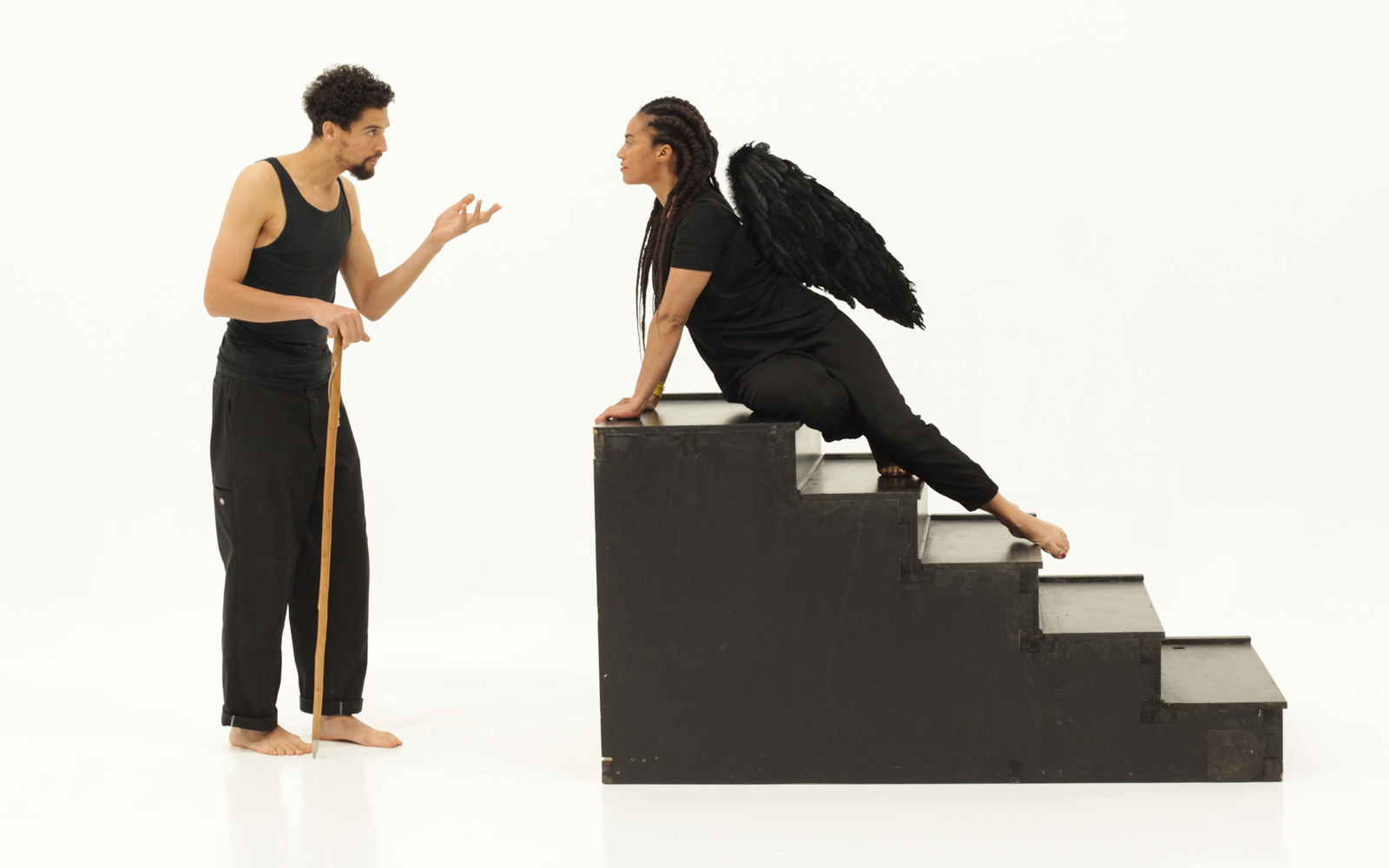
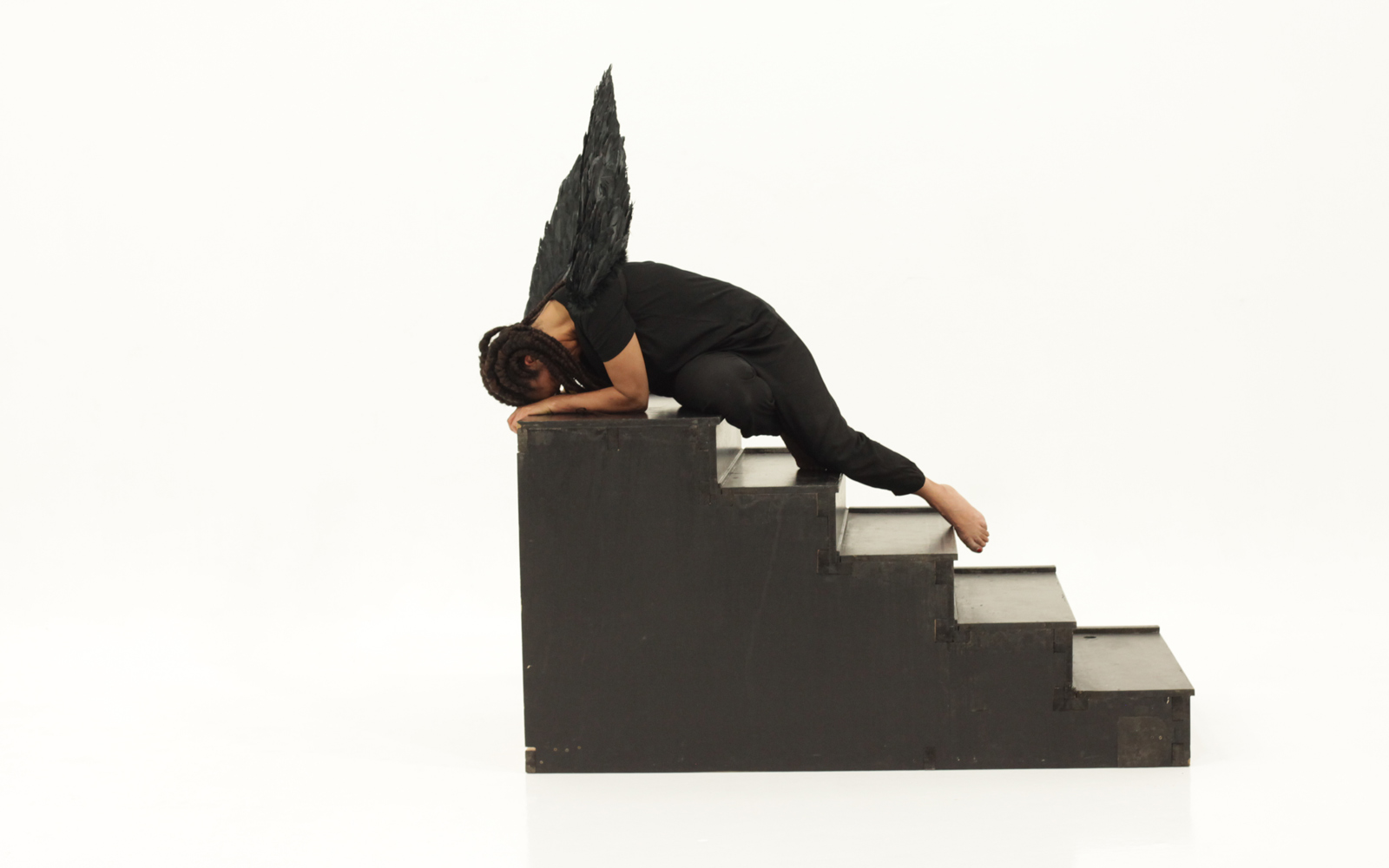
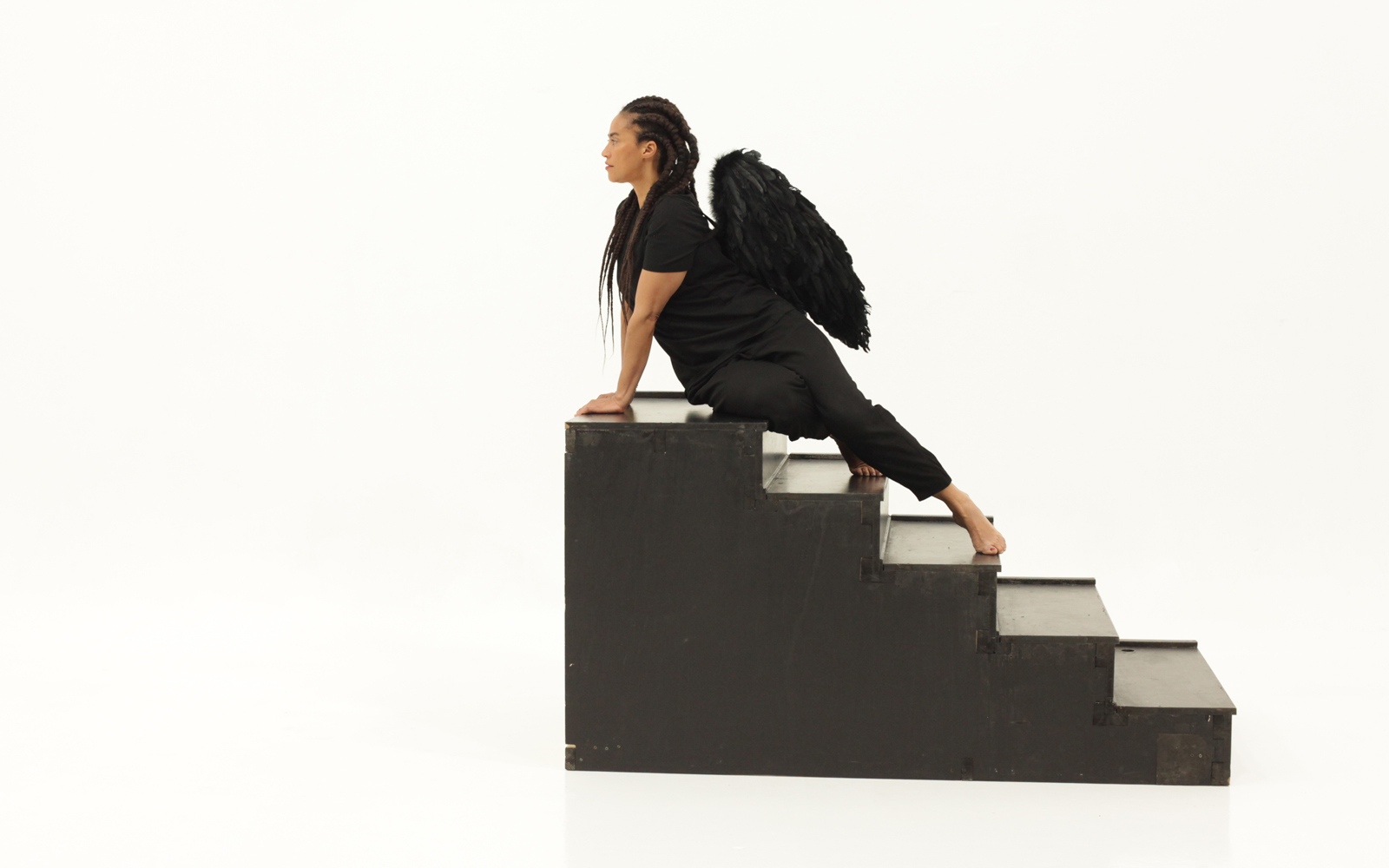
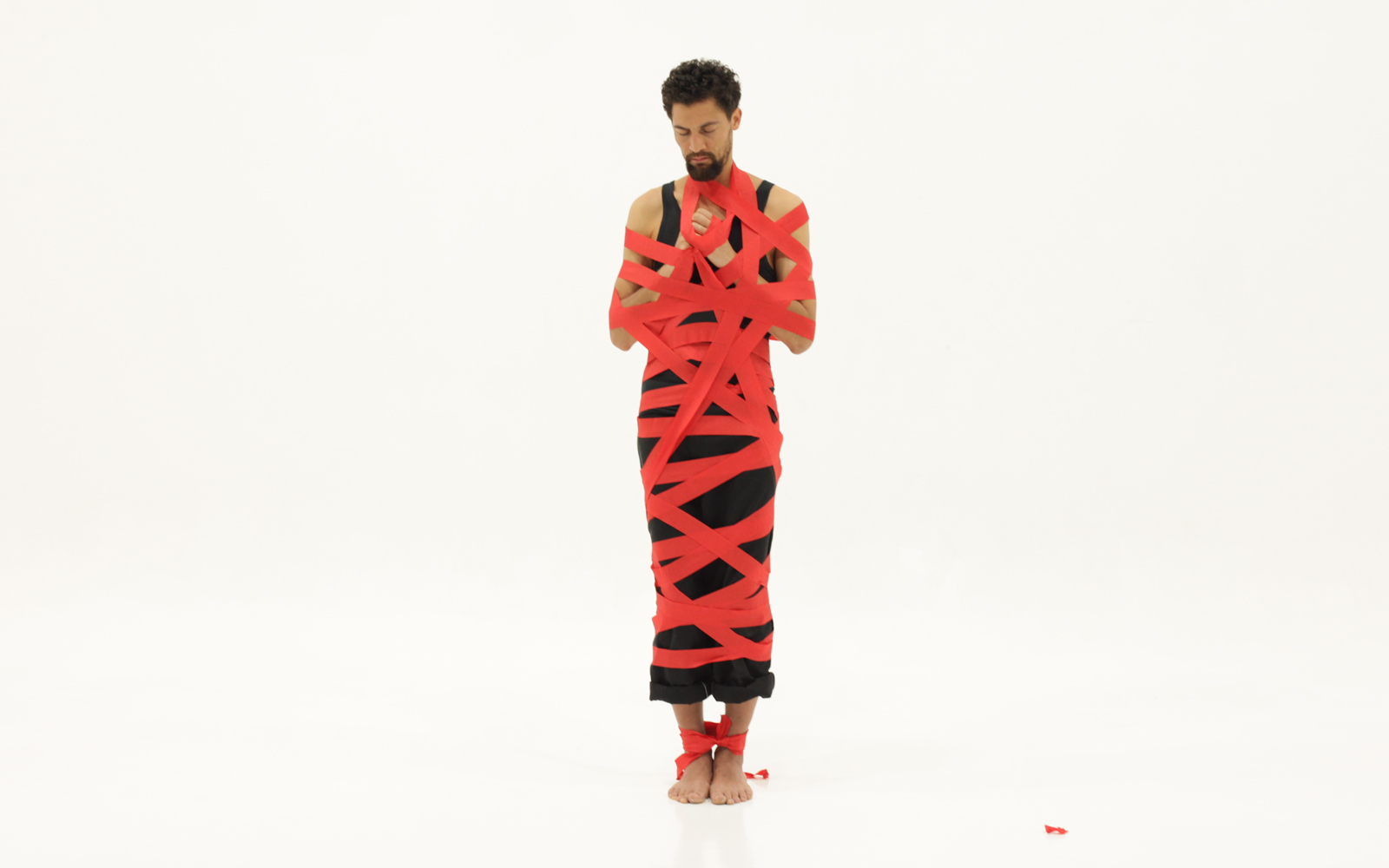
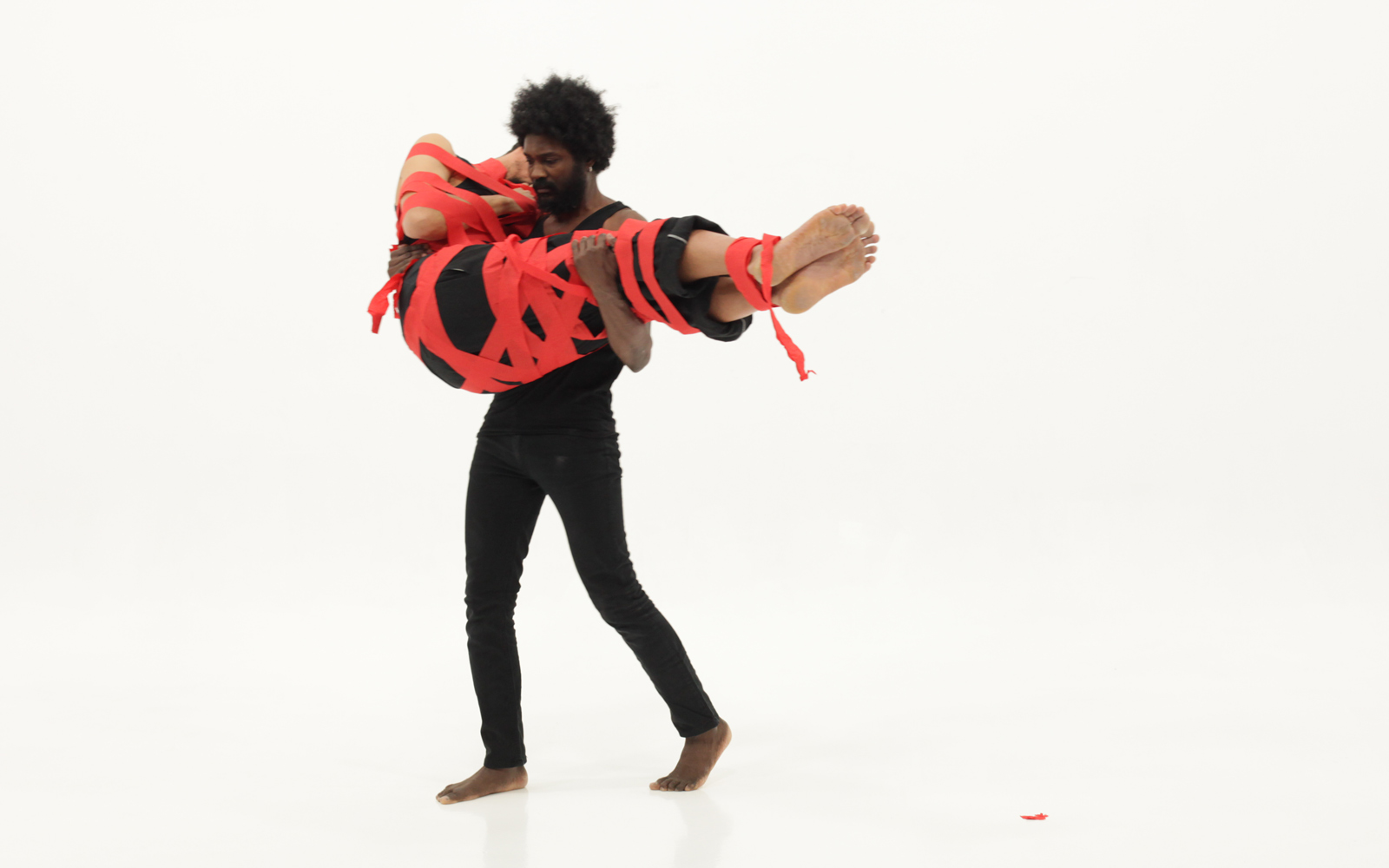
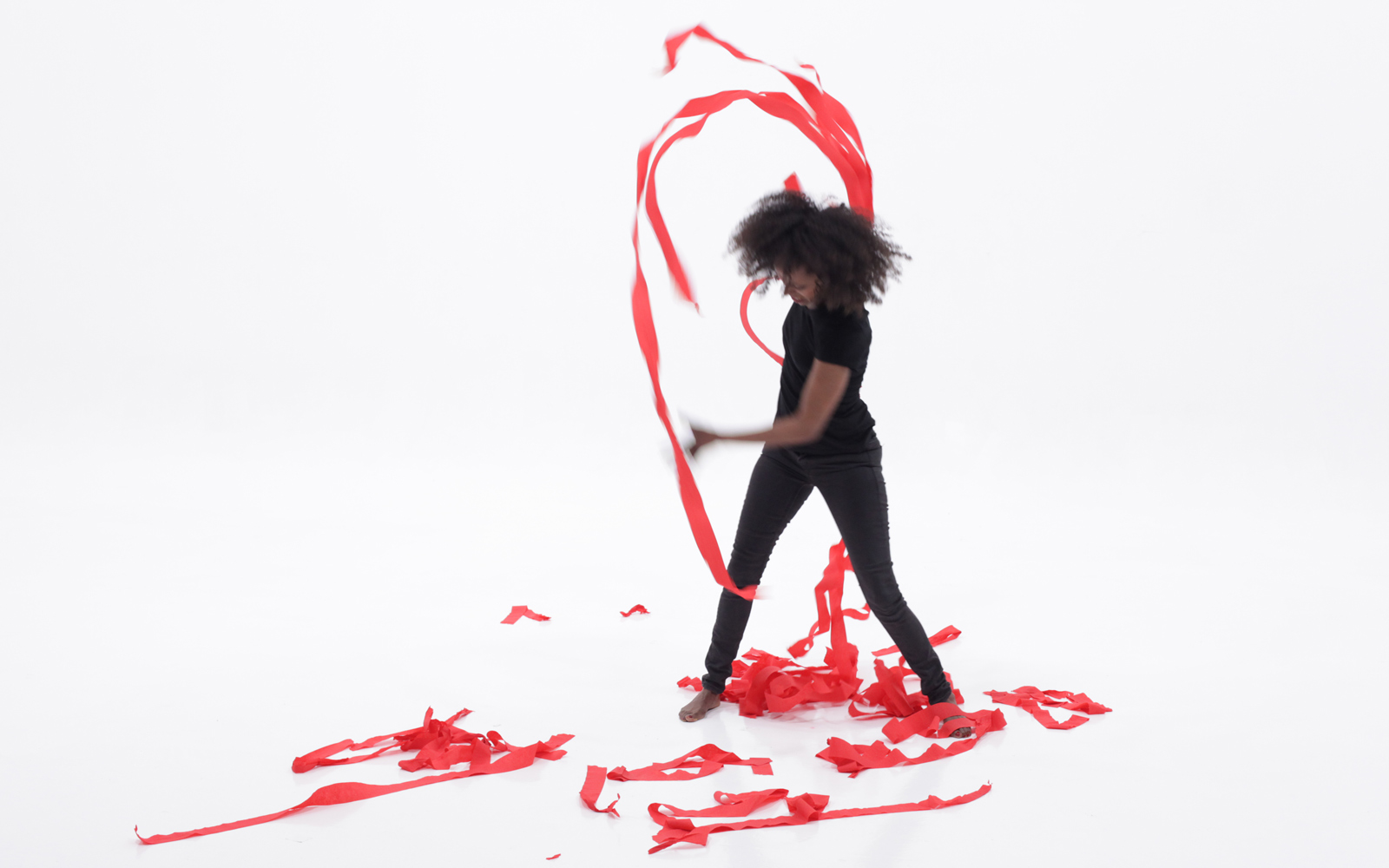
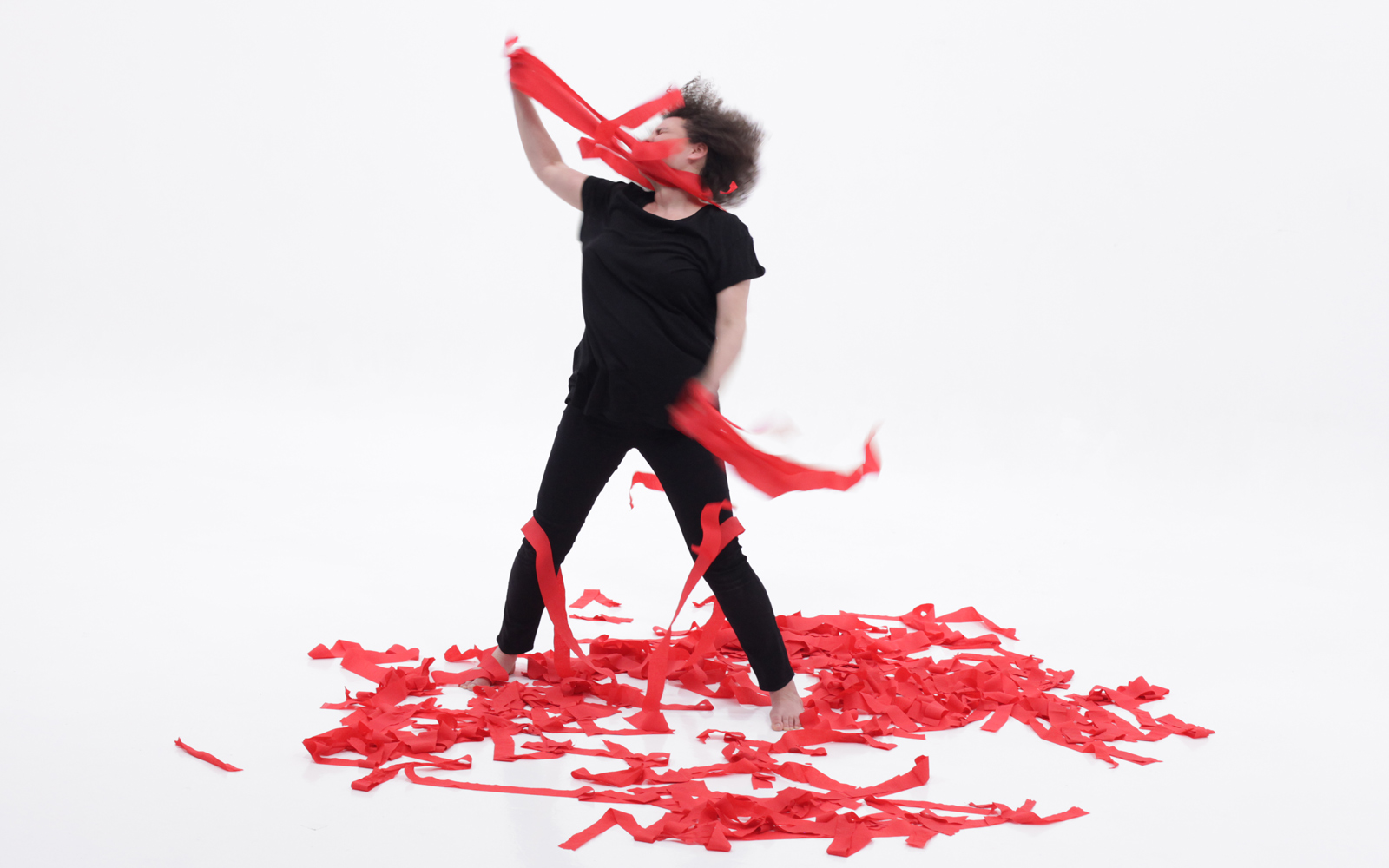
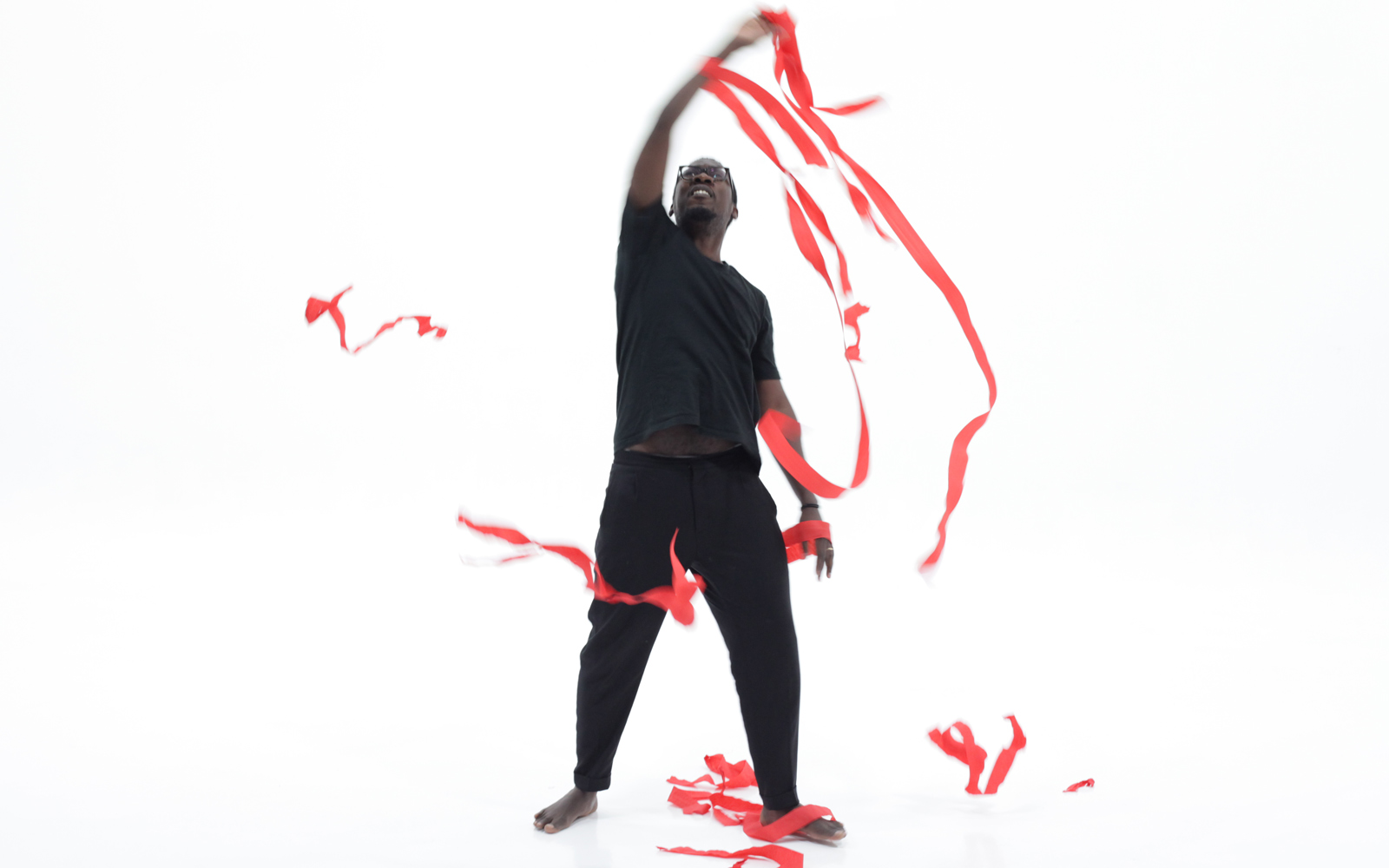 /
/ -
-
The Women of my Country
One of the most remarkable efforts at securing recognition for women in a country repressed by an authoritarian regime and moral codes steeped in machismo was the project As Mulheres do Meu País [The Women of my Country] by Maria Lamas, who brought together a vast collection of images to craft a detailed portrait of the customs, activities and living conditions of Portuguese women in the mid-20th century.
A meticulously accurate portrait that bears notable similarities to the photographic projects that came to embody the New Objectivity, most notably Walker Evans' work for the Farm Security Administration, the book is a tribute by Maria Lamas to her fellow countrywomen, paying homage to their heroism and selflessness, and denouncing the deep-seated ignorance and collective lack of consideration with which that half of the population is so often treated.
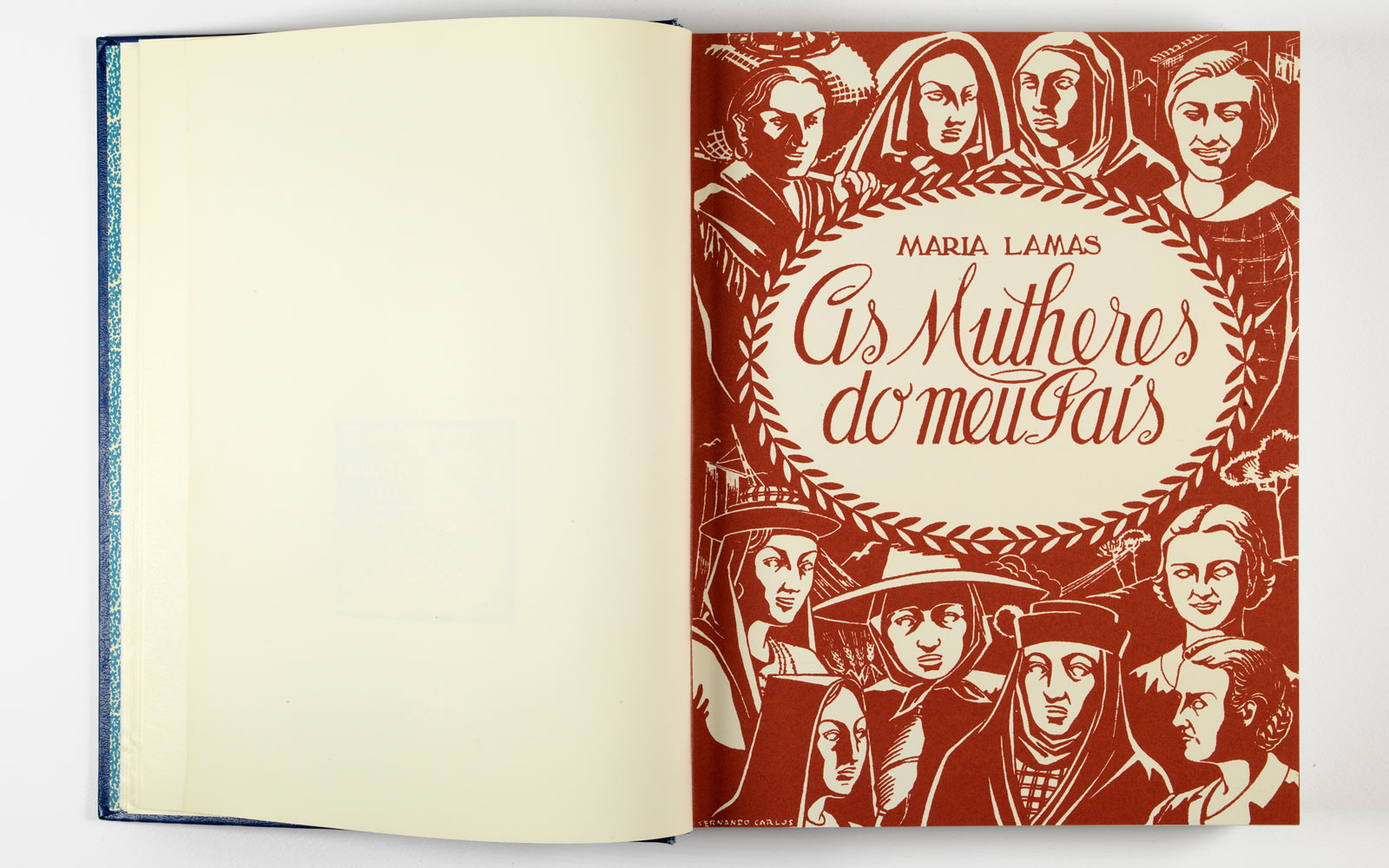
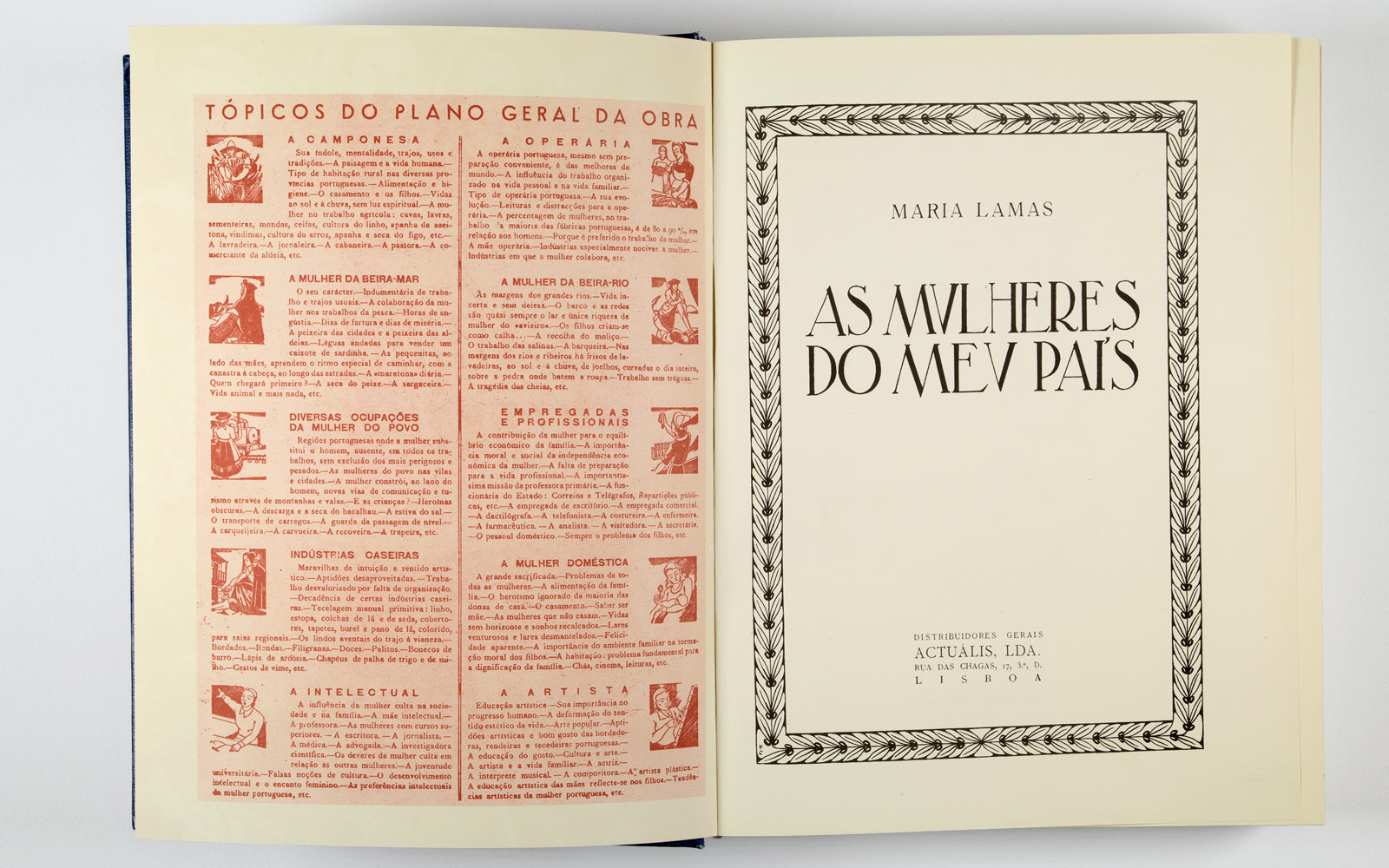
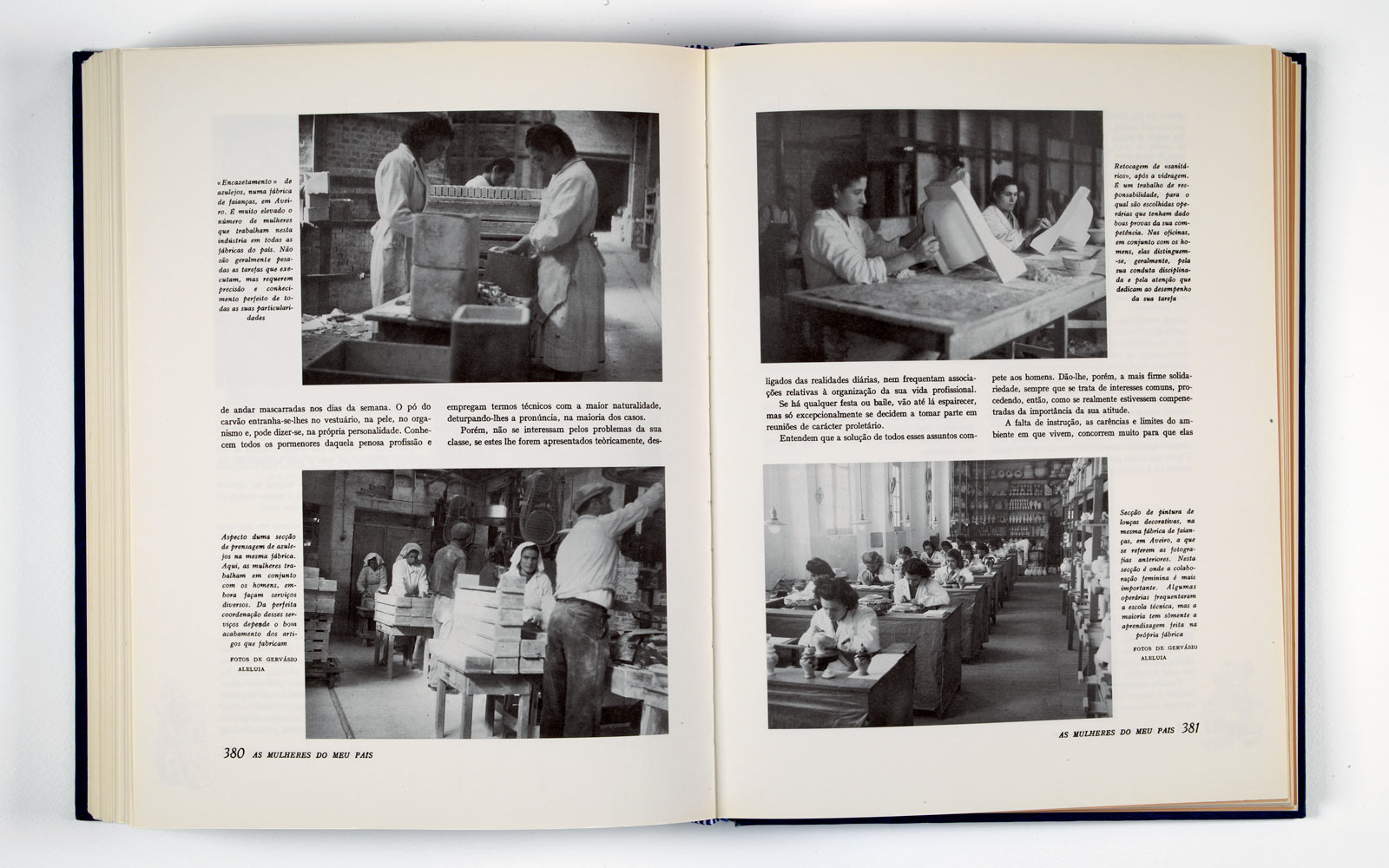
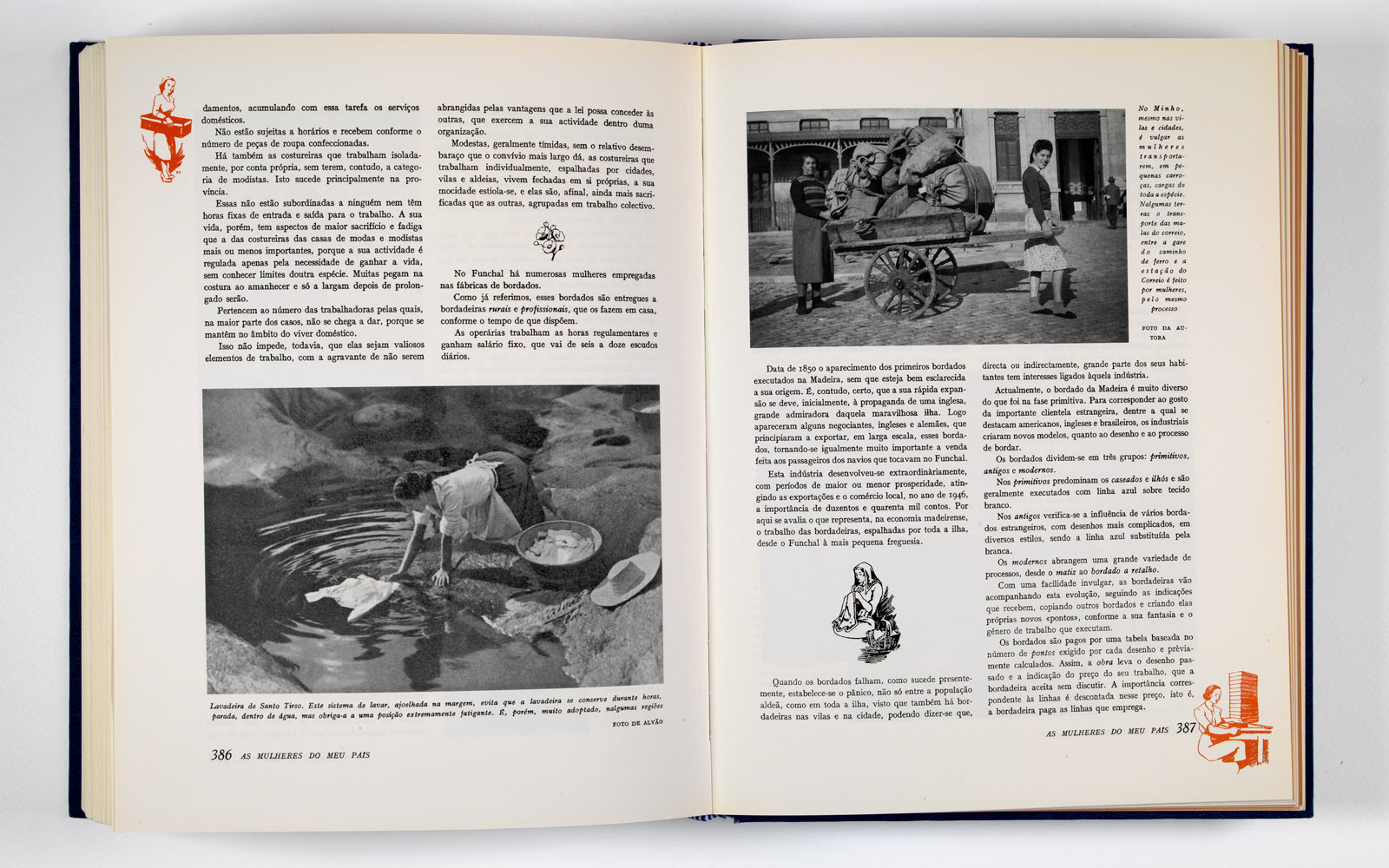 /
/ -
-
Vernacular Life
The examination of everyday life and mass culture in the art of the second half of the 20th century was a significant development which the artists exhibited here celebrate in various ways.
Lourdes Castro exhibits two assemblages of utilitarian objects, accompanied by a series of portraits of her friends going about their day-to-day lives. The objects are deprived of their use value, while the portraits – records of outlines and shadows which either disguise or magnify presences – retain but the most essential features of those portrayed.
These strongly coloured or completely denuded pieces are echoed by the works of Sónia Almeida, who straddles figuration and abstraction to craft settings whose ambiguity serves as an ongoing examination of painting as the construction of signs, as decorative impulse and as conceptual process.
Joana Vasconcelos' sculptural work, which features hundreds of tights spinning with the speed of an industrial machine, transports commentary on everyday life to a paroxysm of derision, exposing the contradictions inherent in the female condition today and the roles that society assigns to women.
From Patrícia Almeida we recover the series "Portobello", in which the artist portrays the standardisation of the world of leisure. All the stereotypes of seaside resort life are brought together under the artist's scathing gaze, highlighting the grotesque, boorish and empty side of many of the places and behaviours associated with it. A true utopia, "Portobello" can be both anywhere and nowhere.
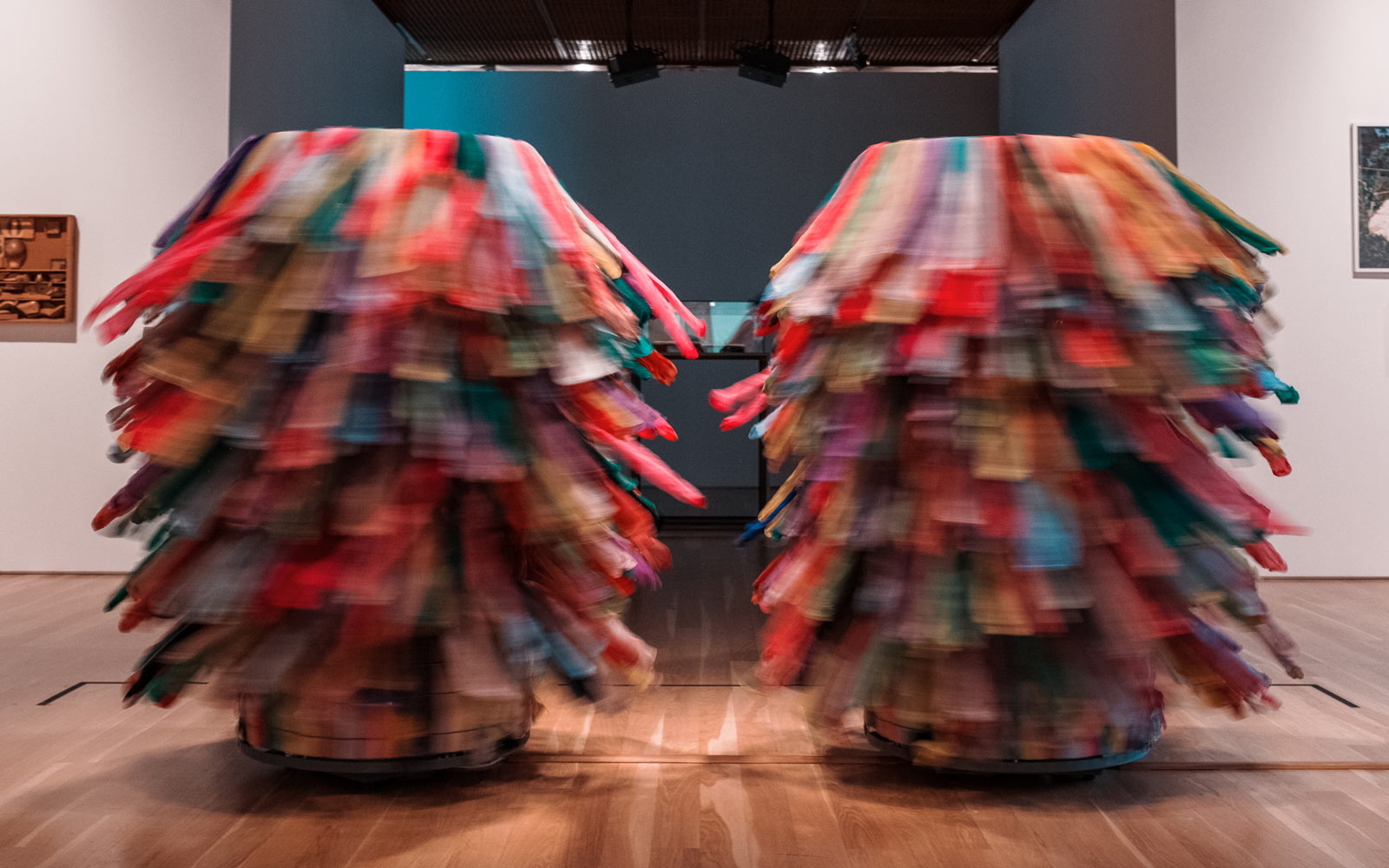
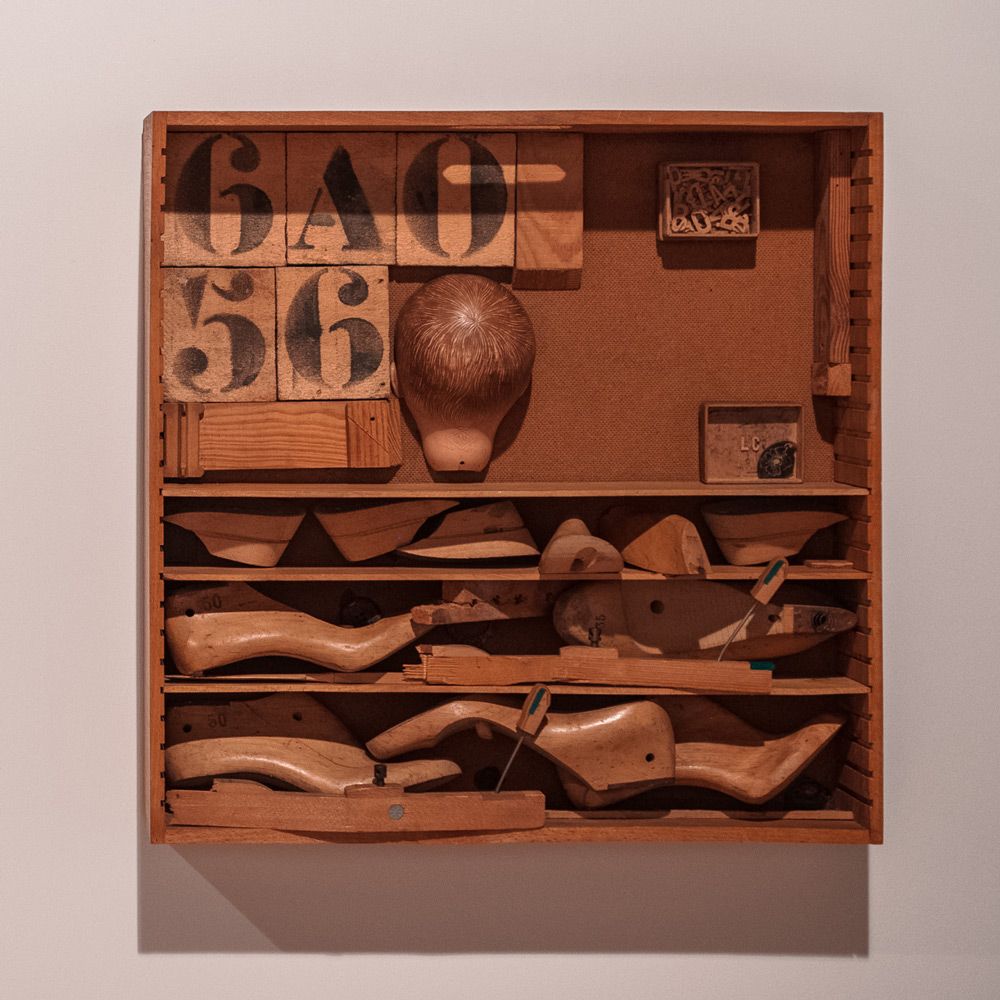
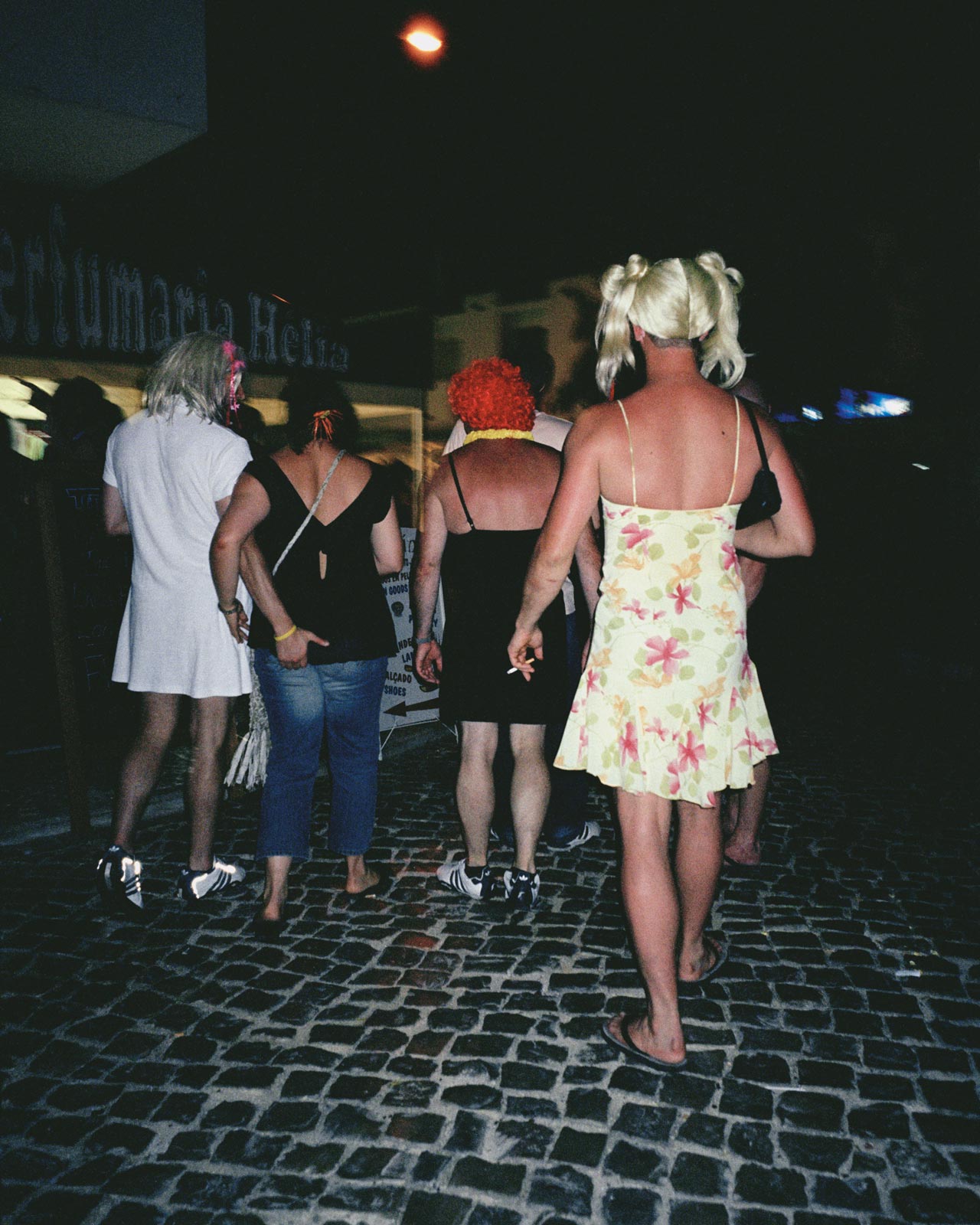
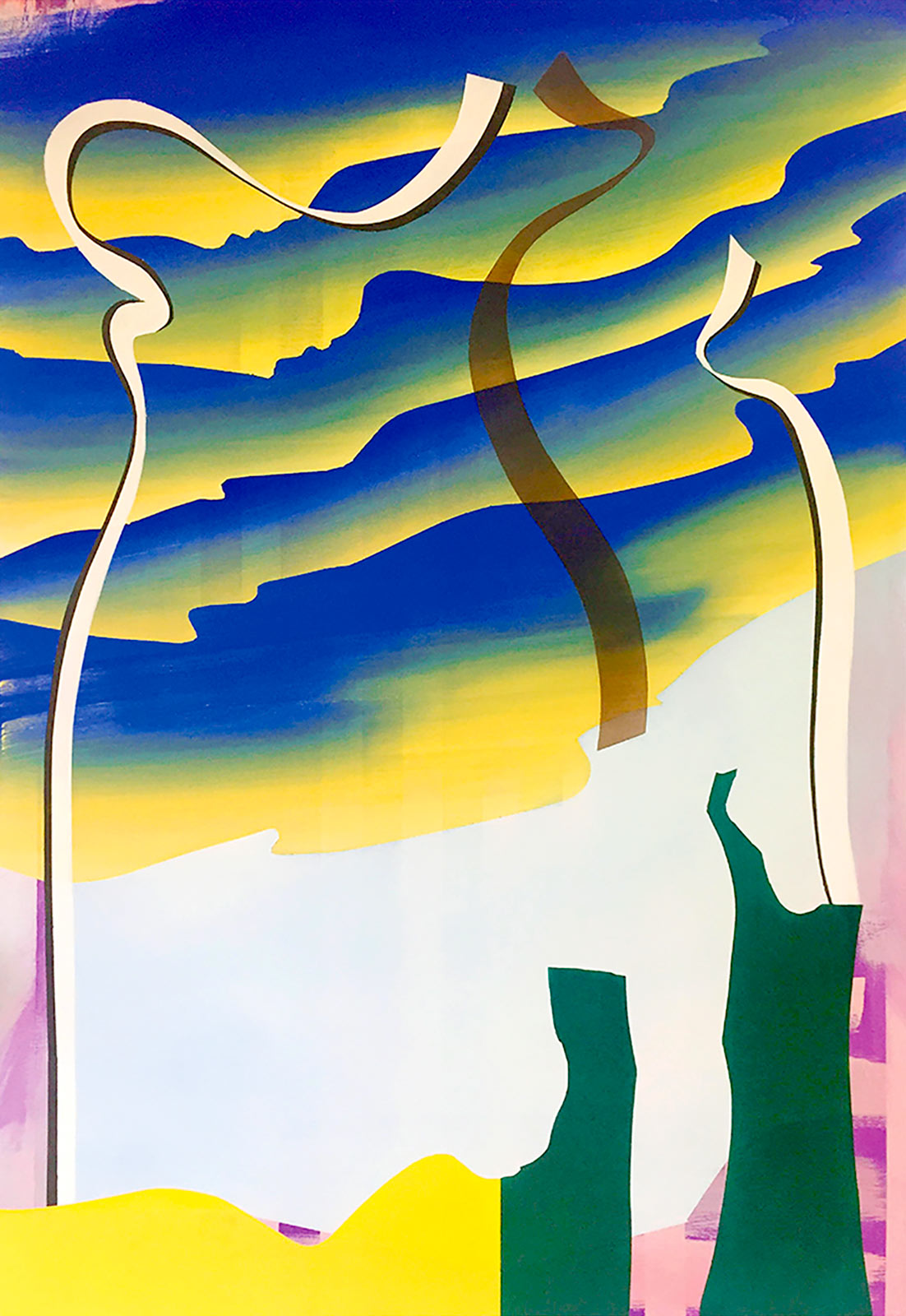
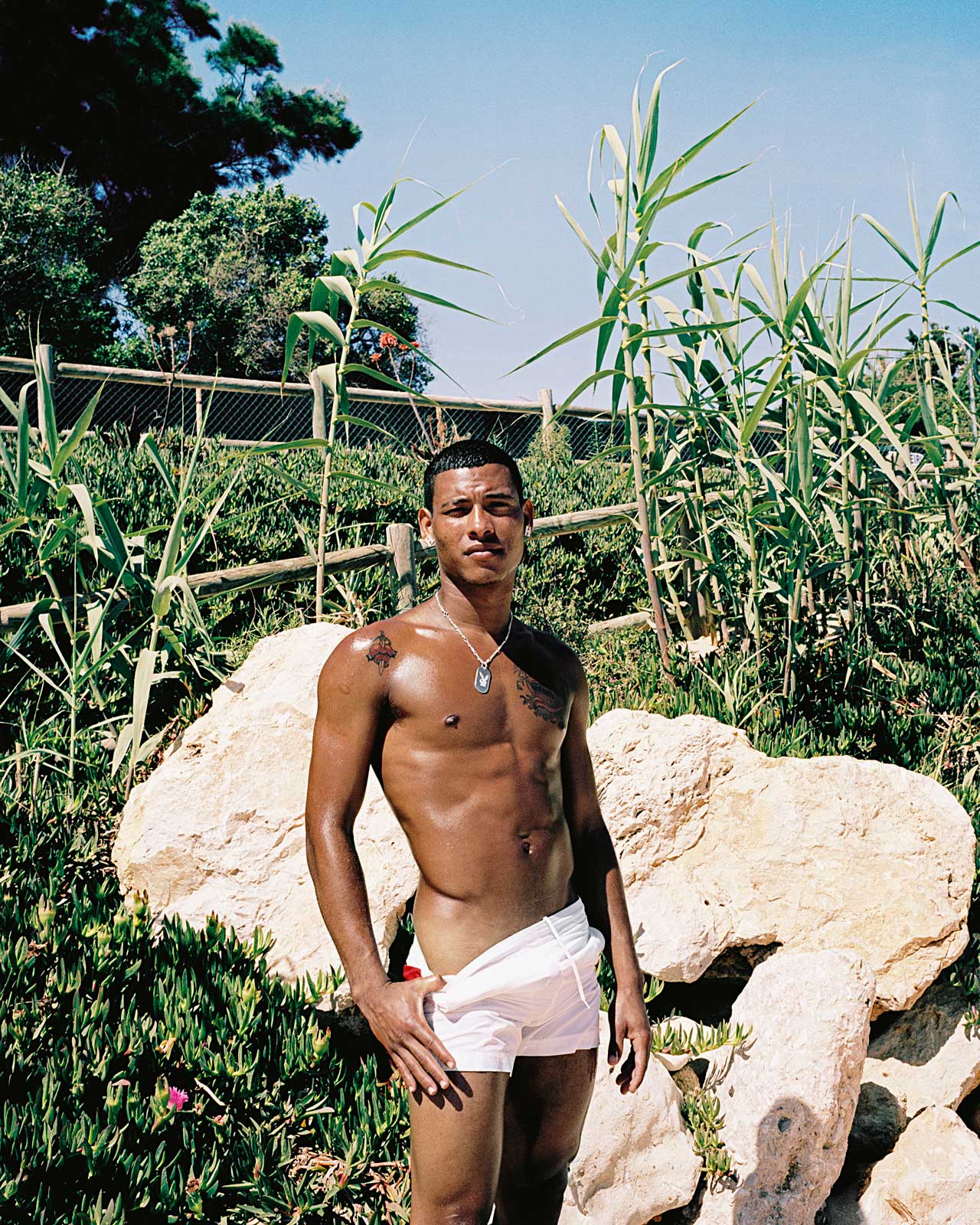 /
/ -
-
The Theatre of the Body
This section brings together three artists who, at various moments in their careers, have taken the body as the centre of powerful, transformative narratives, including a provocative play on gender identities between the figure of a priest that Paula Rego represents dressed as a woman, and Aurélia de Sousa’s self-portrait as Saint Anthony.
Vanitas, a triptych by Paula Rego, presents an image of absolute power, with the woman in the central panel rising as a triumphant figure over the ephemeral and death.
Menez, on the other hand, explores the space of intimacy and solitude through the creation of oneiric and melancholic environments, where the work space, signalled by the painter's presence, becomes vital.
The same territory of vitality and freedom where, in a fusional game of mirrors between herself and her model, Paula Rego at last represents herself.
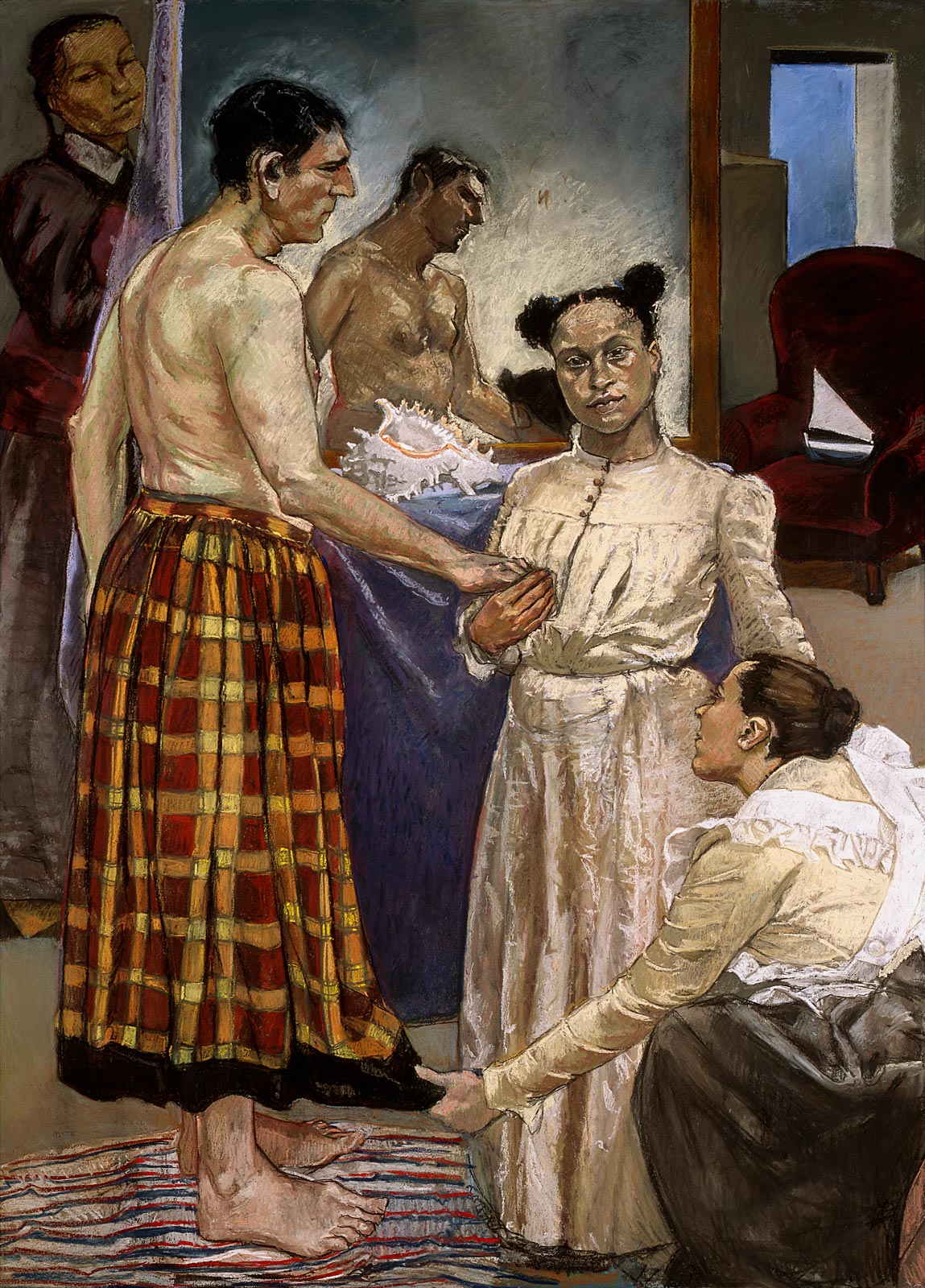
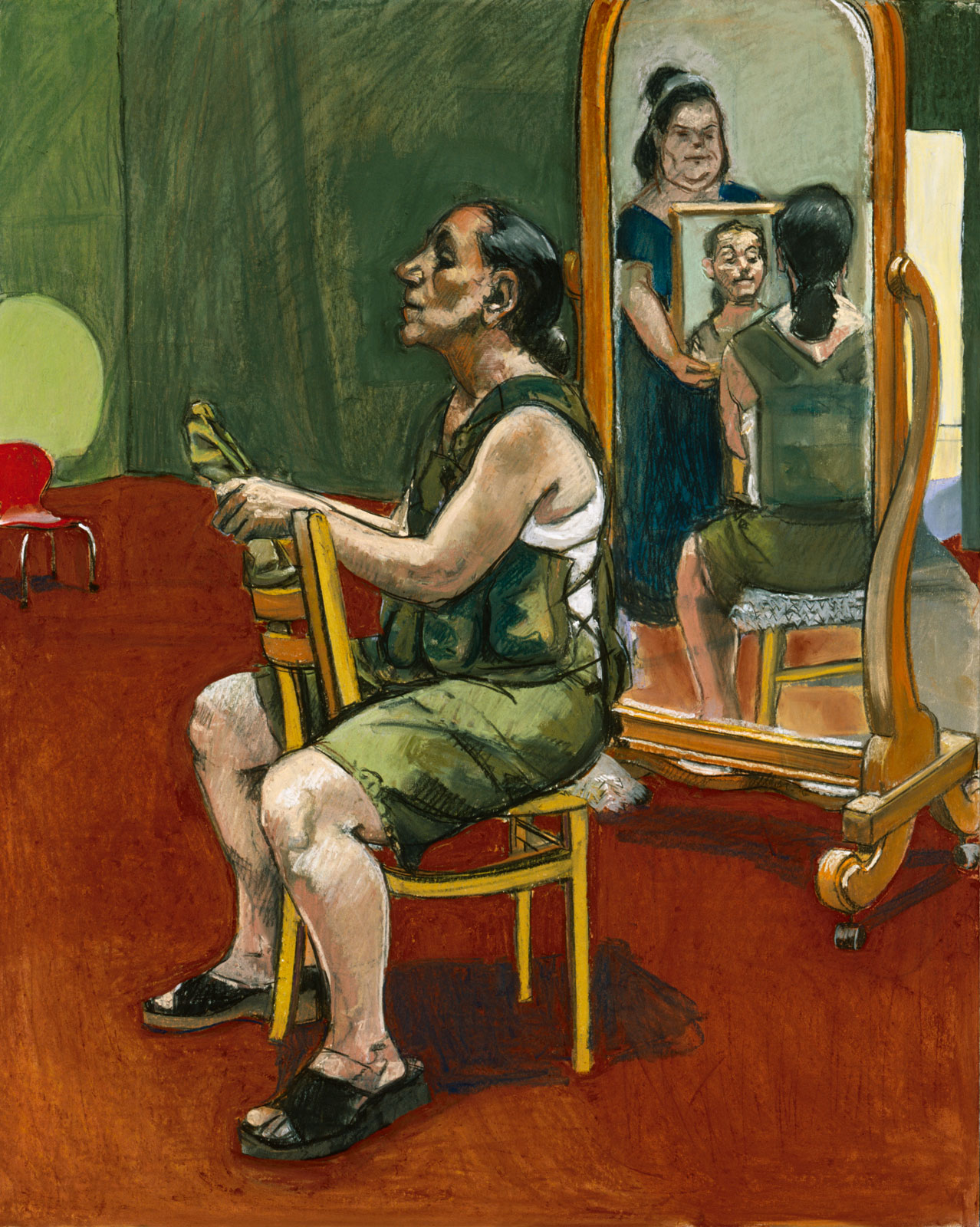
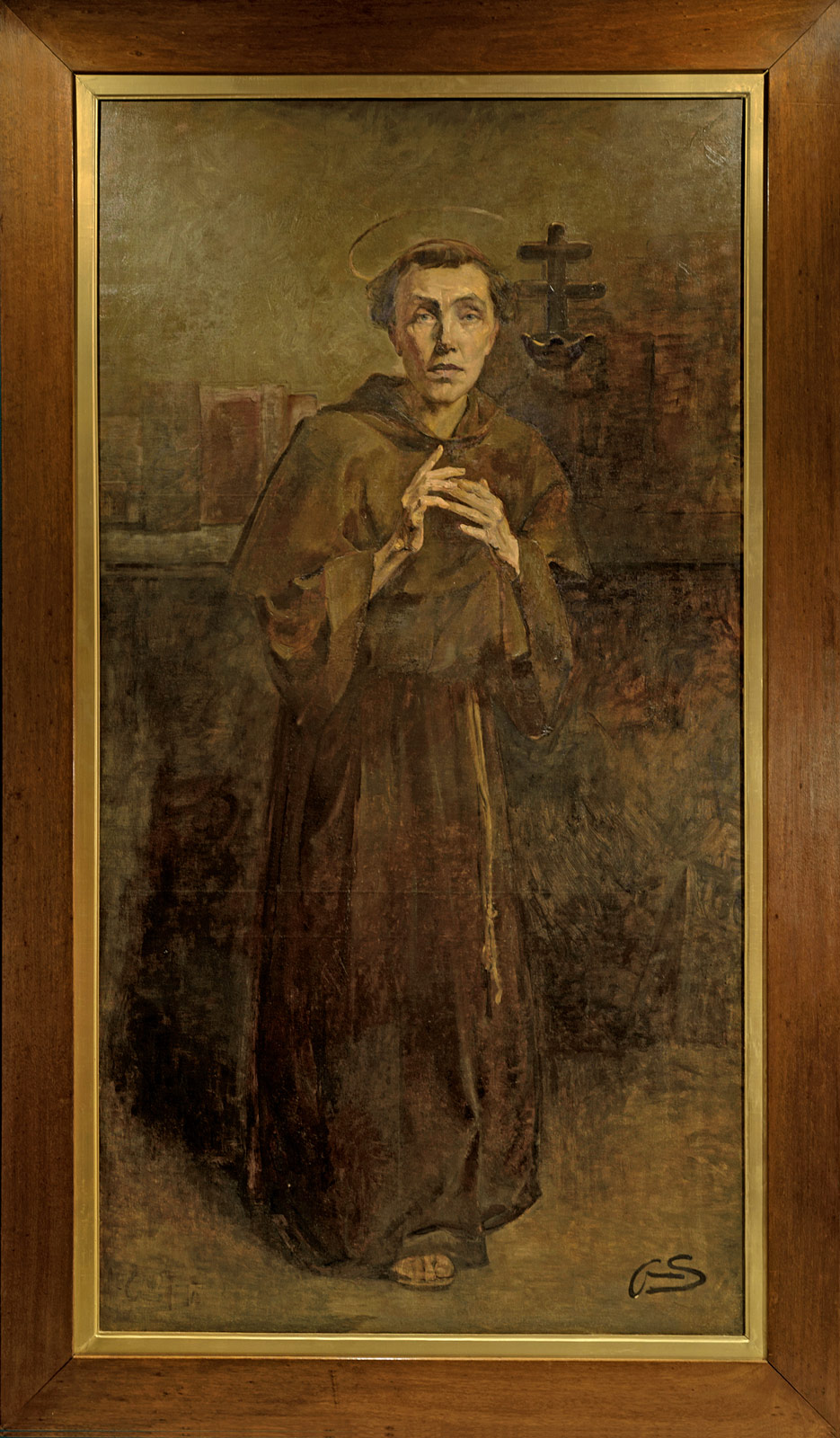
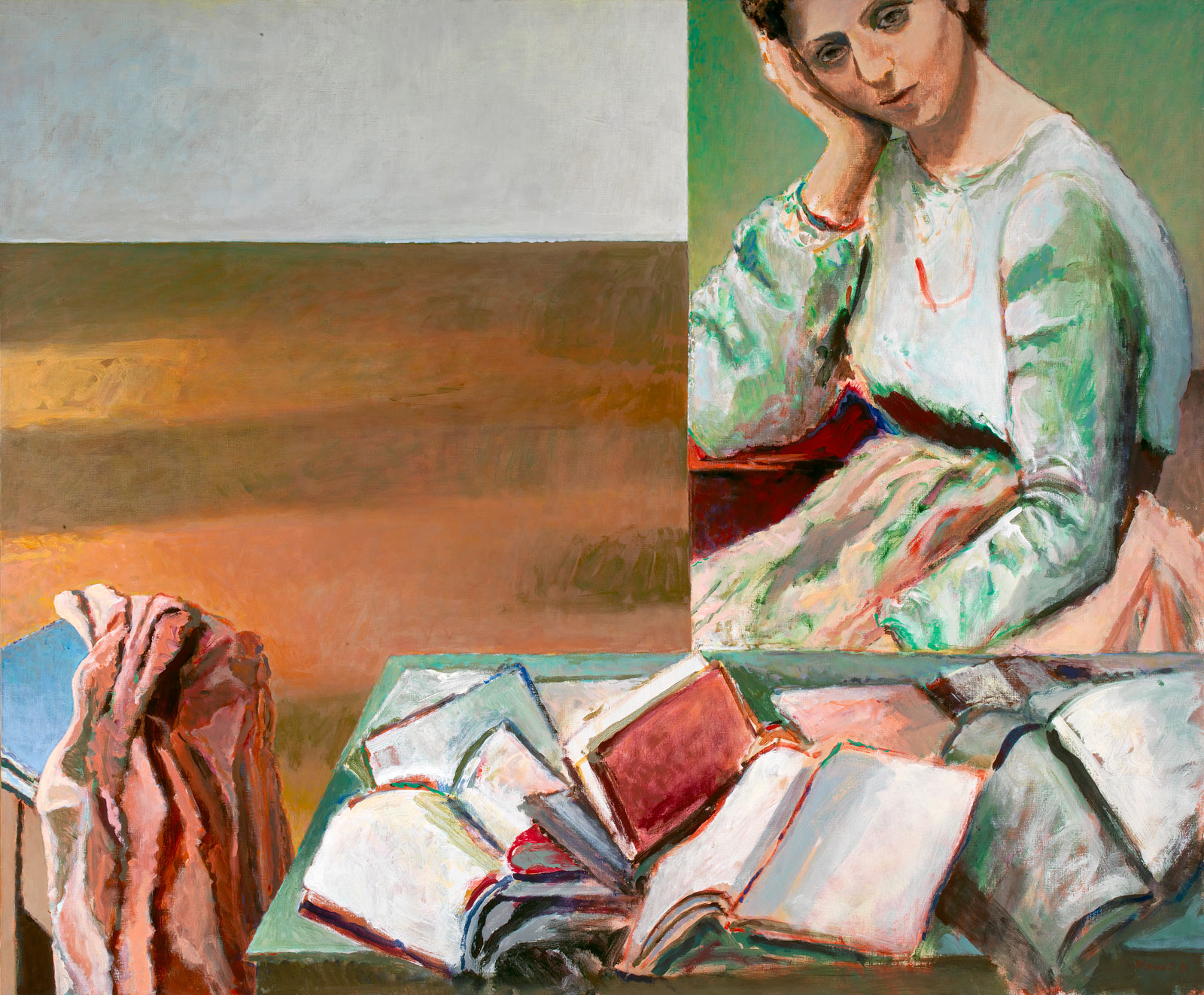 /
/ -
-
Listen to me
The closing section of the exhibition features works by Helena Almeida and Ana Vieira, who both experiment with different approaches to the idea of fusion between work and artist.
Both assert themselves not just as authors, but also as models for their own work or as bodies capable of invoking and appropriating the bodies of others.
Ana Vieira brings us a choreographed arrangement of ghosts in Pronomes [Pronouns], the title of which reveals the erosion of individuality implied by the constitution of any community, emphasised by the blackness of the Azorean regional dresses.
In an ongoing performance involving her body and the surrounding space, Helena Almeida variously questions visual media and its structural elements (canvas, colour, line), deconstructing the eroticism of an ageing body and condemning the silencing of a voice that insists and resists while trying to make itself heard.
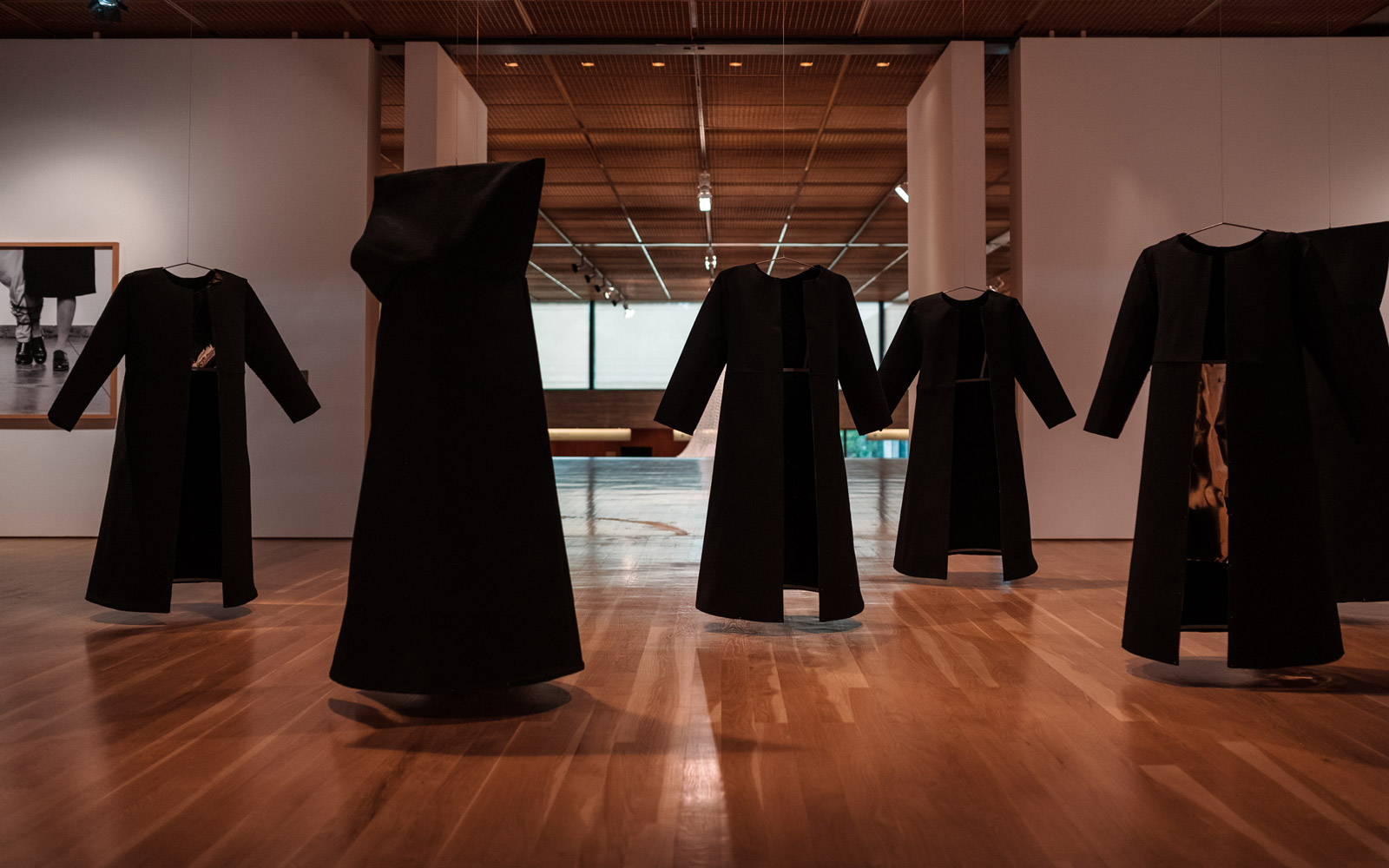
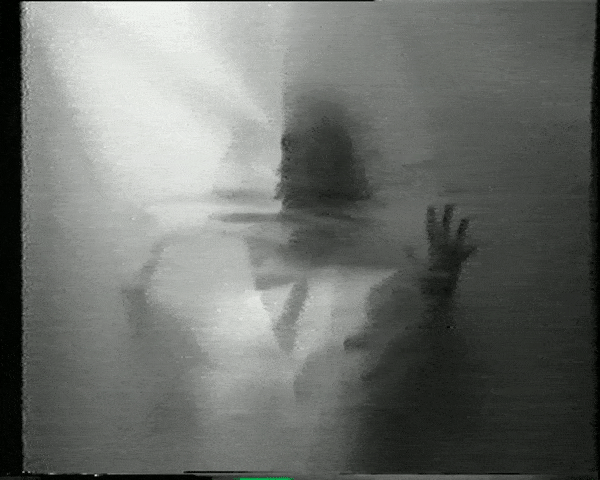
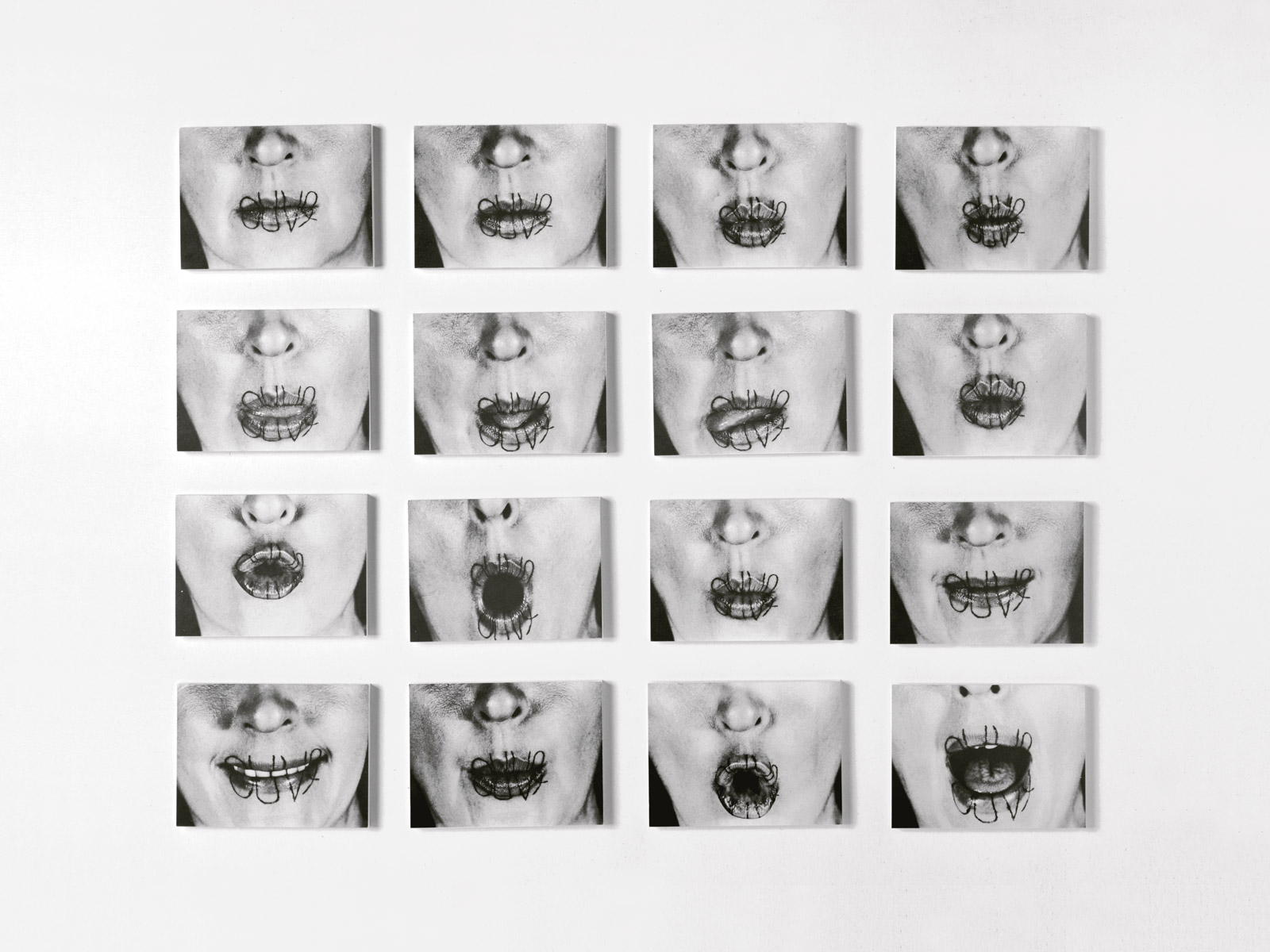
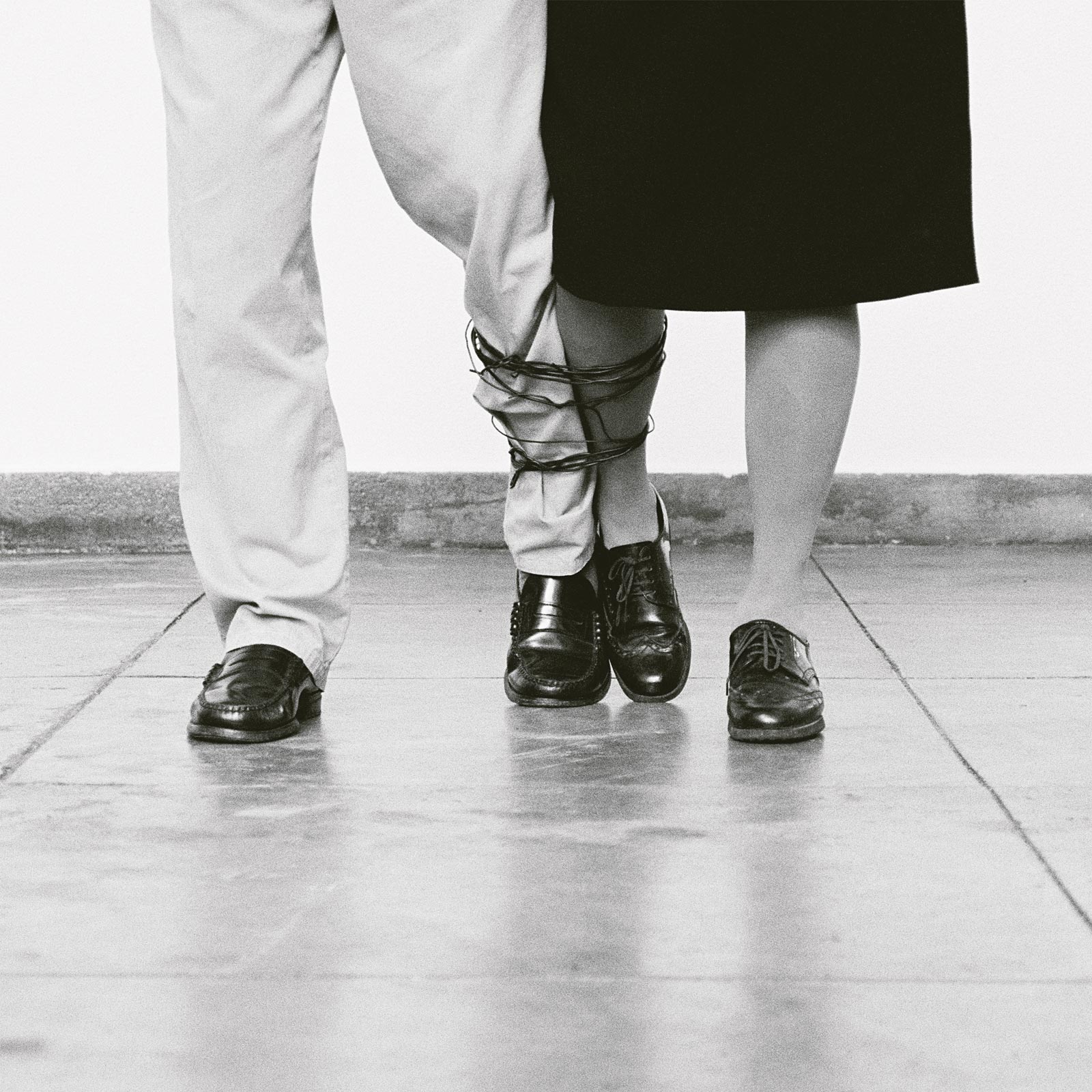 /
/ -
Complementary Programs
Conversa com os curadores Helena Freitas e Bruno Marchand
Sexta, 04 junho, 17:00
Visitas orientadas
Sábado, 05, 12, 19, 26 junho; 03, 10, 17, 24 julho, 11:00
Quarta, 16, 23, junho; 07, 21 julho; 04, 18 agosto, 16:00
Mulheres no espaço público: um percurso pela obra de Maria Keil
Sexta, 18, 25 junho; 09 julho, 17:00
Como se fez Tudo o que eu quero?
Quarta, 09 junho, 17:00
Arte e Arquitectura: Reverberações entre Desenho e Construção
Quarta, 17 junho, 18:00
«Ensinaram-me a ler / aprendi a ver»: conversa em torno da obra de Salette Tavares
Quarta, 07 julho, 17:00
Visitas presenciais para escolas e grupos organizados
Mediante marcação prévia
Visitas online para escolas e grupos organizados
Mediante marcação prévia
Mais informações
[email protected]

